Our New "Green Dream"
 Since our inception in 1967, ecology and sustainability have been at the heart of Villa di Maria (VdM). From the start, VdM had a “green dream” to establish the first “green” school in the St. Louis area, inspiring and supporting other schools to do the same. In our recent redesign of the campus, adding buildings for our Elementary and Children's House classrooms, we have sought to reduce our energy footprint and preserve the natural landscape. Recognizing our efforts, Ameren awarded VdM $5,000 for our our Elementary building which aligned with many LEED (Leadership in Energy and Environmental Design) benchmarks.
Since our inception in 1967, ecology and sustainability have been at the heart of Villa di Maria (VdM). From the start, VdM had a “green dream” to establish the first “green” school in the St. Louis area, inspiring and supporting other schools to do the same. In our recent redesign of the campus, adding buildings for our Elementary and Children's House classrooms, we have sought to reduce our energy footprint and preserve the natural landscape. Recognizing our efforts, Ameren awarded VdM $5,000 for our our Elementary building which aligned with many LEED (Leadership in Energy and Environmental Design) benchmarks. VdM’s expansive six-acre outdoor campus offers many opportunities for children to engage in and appreciate the beauty of the natural world. Children collect and study leaves for a botany lesson, plant seedlings in the garden, participate in nature walks, create forts in the woods, and care for our chickens. VdM has naturally and organically engaged in many sustainable practices such as composting, recycling, and water conservation through rain barrel use.
VdM’s expansive six-acre outdoor campus offers many opportunities for children to engage in and appreciate the beauty of the natural world. Children collect and study leaves for a botany lesson, plant seedlings in the garden, participate in nature walks, create forts in the woods, and care for our chickens. VdM has naturally and organically engaged in many sustainable practices such as composting, recycling, and water conservation through rain barrel use.

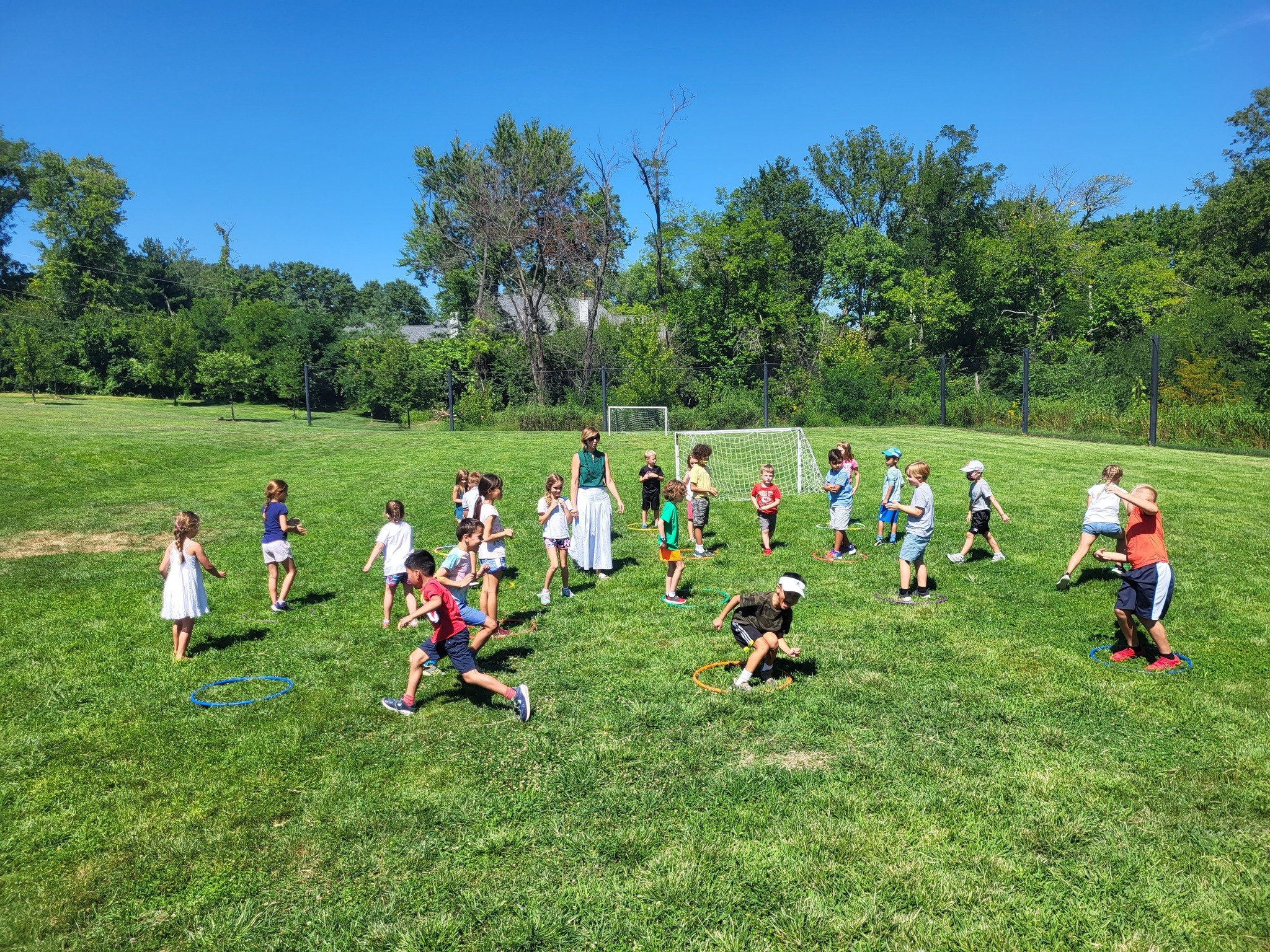 Not only does our physical campus reflect our environmental concern, but our Montessori philosophy and pedagogy also reinforces our efforts. The knowledge that we are interconnected beings in a larger ecosystem of the classroom, society, and the world (including the natural world) is built into the culture and lessons of the Montessori classroom. Montessori philosophy deeply values the natural world and offers that perspective to the child through engaging lessons in botany, zoology, and ecology. A Montessori environment contains many plants and animals to observe, care for and from which to learn. Currently, our classrooms contain a variety of pets including a bearded dragon, hamsters, guinea pigs, a hedgehog and fish, to name a few. Children participate in the research of and care for these animals, preparing a suitable habitat and ensuring their nutritional needs are met. The children also tend to a myriad of types of plants within the prepared environment. Through these daily interactions, children learn the various needs of living things around them and recognize their place in a vast network of interconnected living and non-living elements.
Not only does our physical campus reflect our environmental concern, but our Montessori philosophy and pedagogy also reinforces our efforts. The knowledge that we are interconnected beings in a larger ecosystem of the classroom, society, and the world (including the natural world) is built into the culture and lessons of the Montessori classroom. Montessori philosophy deeply values the natural world and offers that perspective to the child through engaging lessons in botany, zoology, and ecology. A Montessori environment contains many plants and animals to observe, care for and from which to learn. Currently, our classrooms contain a variety of pets including a bearded dragon, hamsters, guinea pigs, a hedgehog and fish, to name a few. Children participate in the research of and care for these animals, preparing a suitable habitat and ensuring their nutritional needs are met. The children also tend to a myriad of types of plants within the prepared environment. Through these daily interactions, children learn the various needs of living things around them and recognize their place in a vast network of interconnected living and non-living elements.
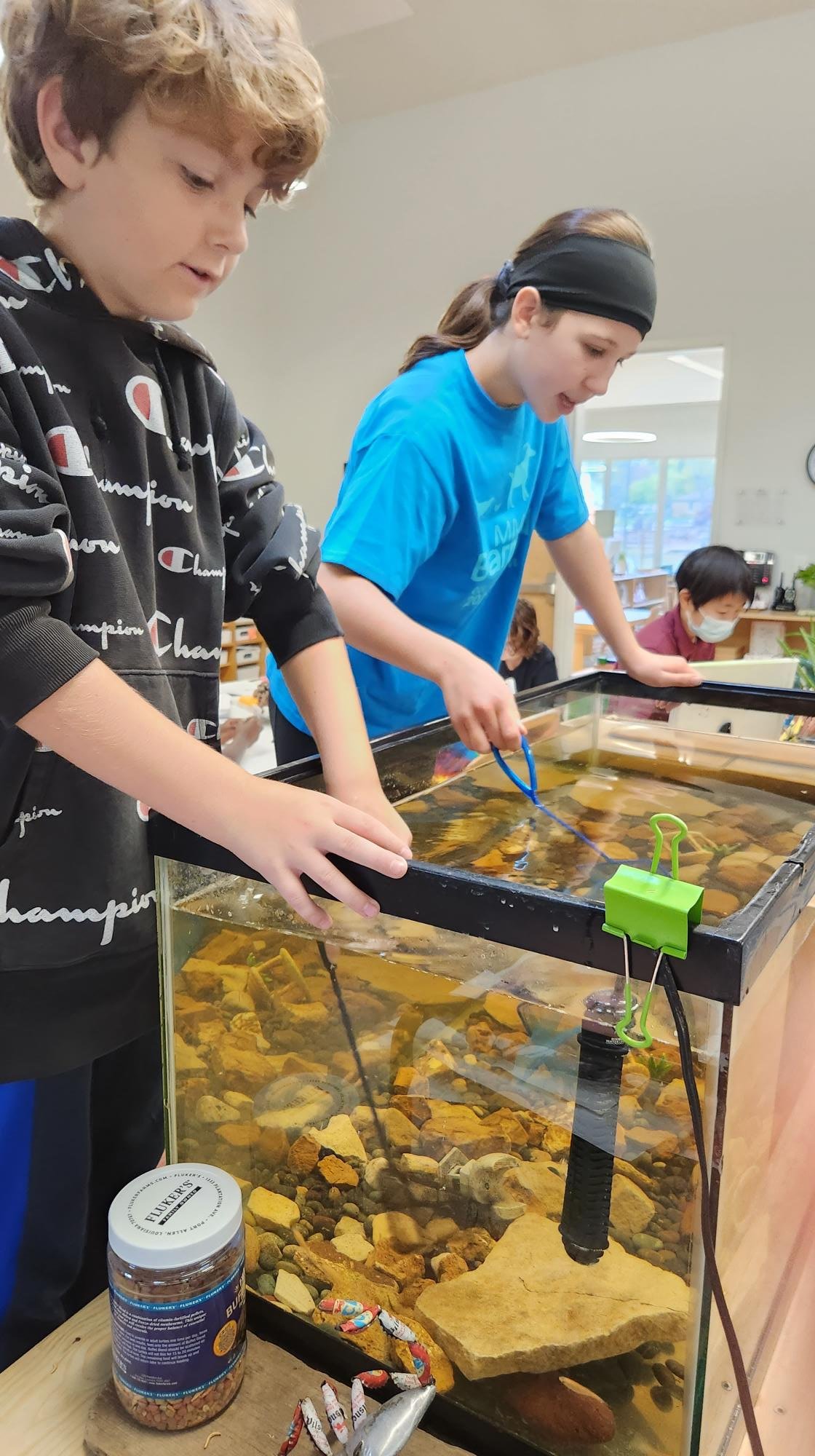 In addition to the Montessori lessons and physical environment of the classroom, the Montessori approach naturally fosters responsible and thoughtful behavior in the children toward the world around them. On-going “Grace and Courtesy” lessons demonstrate to the children how to engage appropriately with their peers in their community and care for the entirety of the prepared environment (read more about “Grace and Courtesy” in this blog post!). The classroom guides model these behaviors and social interactions, and through their observations and experiences, the children begin to develop a deep awareness of their integral role within their classroom community. To understand our impact on the larger world ecosystem, we must first appreciate our role in the smaller communities of which we’re a part, including the family and the classroom. Starting this work at an early age inspires Villa children to think and dream big with respect to their impact on their local communities and the world.
In addition to the Montessori lessons and physical environment of the classroom, the Montessori approach naturally fosters responsible and thoughtful behavior in the children toward the world around them. On-going “Grace and Courtesy” lessons demonstrate to the children how to engage appropriately with their peers in their community and care for the entirety of the prepared environment (read more about “Grace and Courtesy” in this blog post!). The classroom guides model these behaviors and social interactions, and through their observations and experiences, the children begin to develop a deep awareness of their integral role within their classroom community. To understand our impact on the larger world ecosystem, we must first appreciate our role in the smaller communities of which we’re a part, including the family and the classroom. Starting this work at an early age inspires Villa children to think and dream big with respect to their impact on their local communities and the world.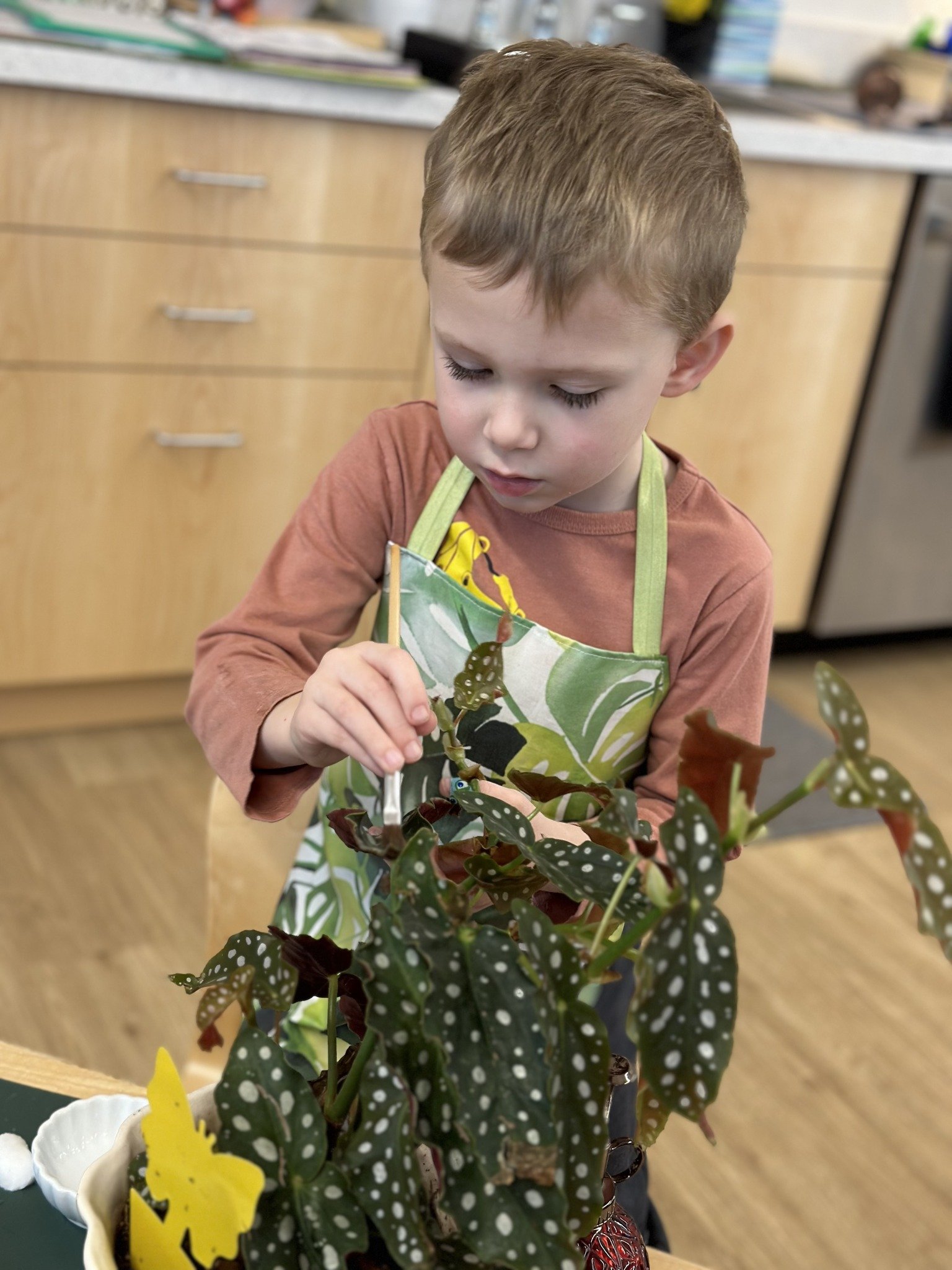
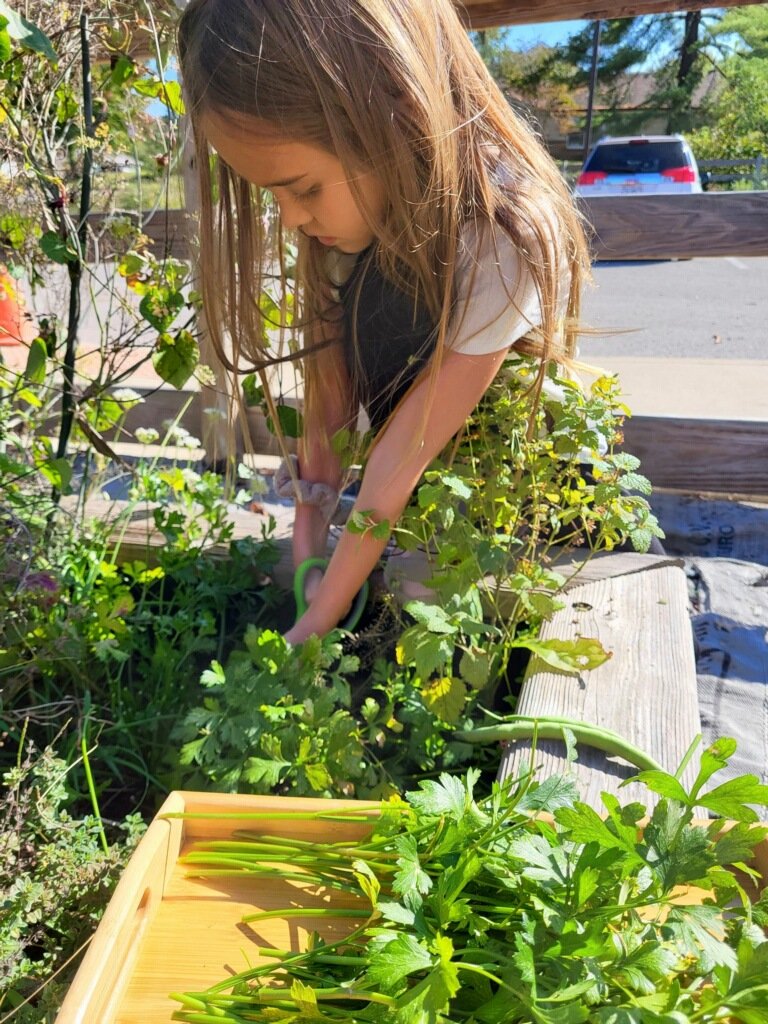 In part due to the inspiration of our elementary children who have grown up learning such Montessori principles and practices, we challenged ourselves to take even more practical steps in our care for the earth, formalizing our commitment into strategic goals. Missouri Green Schools and Green Schools Quest provided us that framework and recognition to guide us further in our pursuit of ecological justice.
In part due to the inspiration of our elementary children who have grown up learning such Montessori principles and practices, we challenged ourselves to take even more practical steps in our care for the earth, formalizing our commitment into strategic goals. Missouri Green Schools and Green Schools Quest provided us that framework and recognition to guide us further in our pursuit of ecological justice.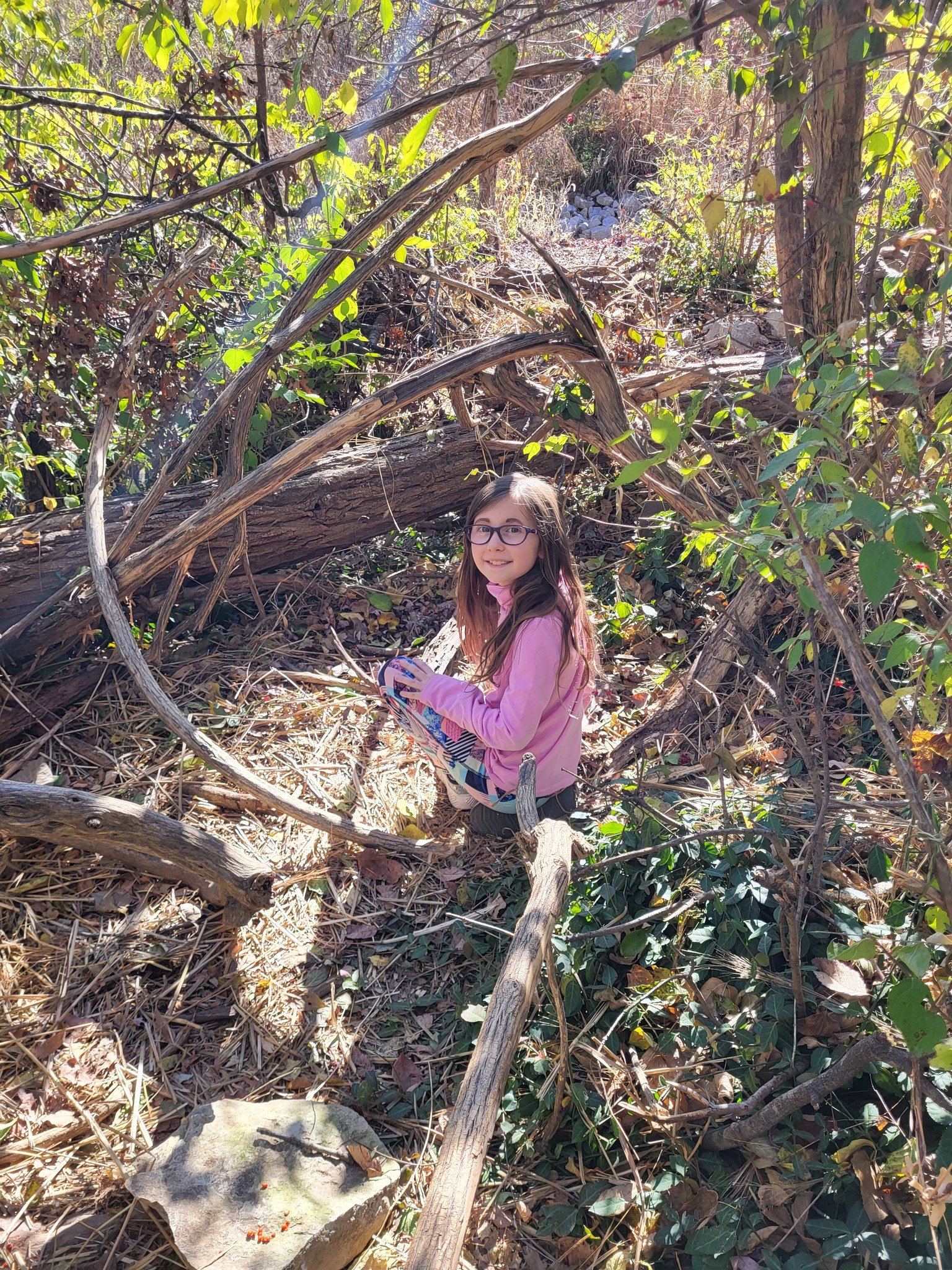 Missouri Green Schools (MGS) is a statewide recognition program that provides structure, resources and guidance to schools seeking to create sustainable, eco-friendly learning environments. There are five levels of recognition in the MGS program. Villa has already met the requirements for the first level and our goal is to meet all five levels by 2026, thus becoming a Green Ribbon School. Green Schools Quest is a part of the MGS program specifically geared to implement the goals in individual schools through yearly project-based challenges (hence a quest). These projects are meant to be student-driven, low-cost, and guided by a green mentor, with the chance to win cash prizes at the end of the year.
Missouri Green Schools (MGS) is a statewide recognition program that provides structure, resources and guidance to schools seeking to create sustainable, eco-friendly learning environments. There are five levels of recognition in the MGS program. Villa has already met the requirements for the first level and our goal is to meet all five levels by 2026, thus becoming a Green Ribbon School. Green Schools Quest is a part of the MGS program specifically geared to implement the goals in individual schools through yearly project-based challenges (hence a quest). These projects are meant to be student-driven, low-cost, and guided by a green mentor, with the chance to win cash prizes at the end of the year. Our Green Schools Quest Green Mentor, Benjamin Winkler, has been incredibly helpful in raising awareness and educating our community about proper waste diversion. He conducted a waste audit with the elementary children, helping them recognize what was in their classroom waste bins and how they could improve their sorting habits. He also presented an entertaining puppet show to the Children’s Houses and hosted other fun activities to educate and inspire the elementary children.
Our Green Schools Quest Green Mentor, Benjamin Winkler, has been incredibly helpful in raising awareness and educating our community about proper waste diversion. He conducted a waste audit with the elementary children, helping them recognize what was in their classroom waste bins and how they could improve their sorting habits. He also presented an entertaining puppet show to the Children’s Houses and hosted other fun activities to educate and inspire the elementary children.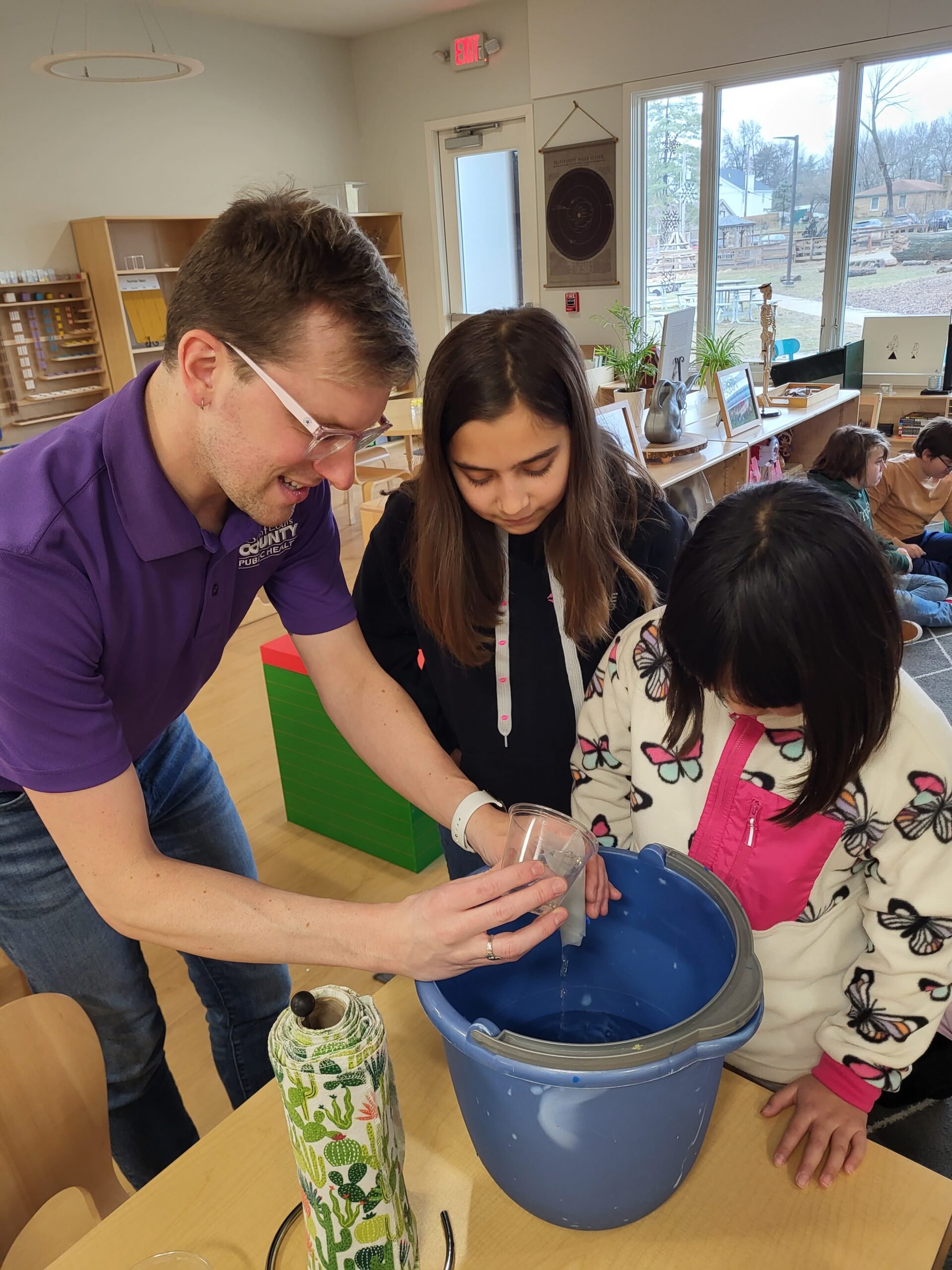
 Our self-proclaimed Green Schools Quest challenge this year is to recycle more and recycle better. We’ve upped our recycling game by engaging in the TerraCycle program. Classrooms collect snack and candy wrappers in a jar which they deliver monthly to a specific drop-off site. Elementary children volunteer to help measure and accompany transport of these wrappers on going-outs. Elementary children also spear-headed both the Halloween Candy Wrapper Collection and Electronics Recycling Event this year, and they participate in writing weekly eco-tips for the Wednesday Notes (VdM’s weekly parent newsletter). We are so pleased to witness the eager participation of the children in each of our endeavors, as we seek to raise their eco-conciousness and experience.
Our self-proclaimed Green Schools Quest challenge this year is to recycle more and recycle better. We’ve upped our recycling game by engaging in the TerraCycle program. Classrooms collect snack and candy wrappers in a jar which they deliver monthly to a specific drop-off site. Elementary children volunteer to help measure and accompany transport of these wrappers on going-outs. Elementary children also spear-headed both the Halloween Candy Wrapper Collection and Electronics Recycling Event this year, and they participate in writing weekly eco-tips for the Wednesday Notes (VdM’s weekly parent newsletter). We are so pleased to witness the eager participation of the children in each of our endeavors, as we seek to raise their eco-conciousness and experience.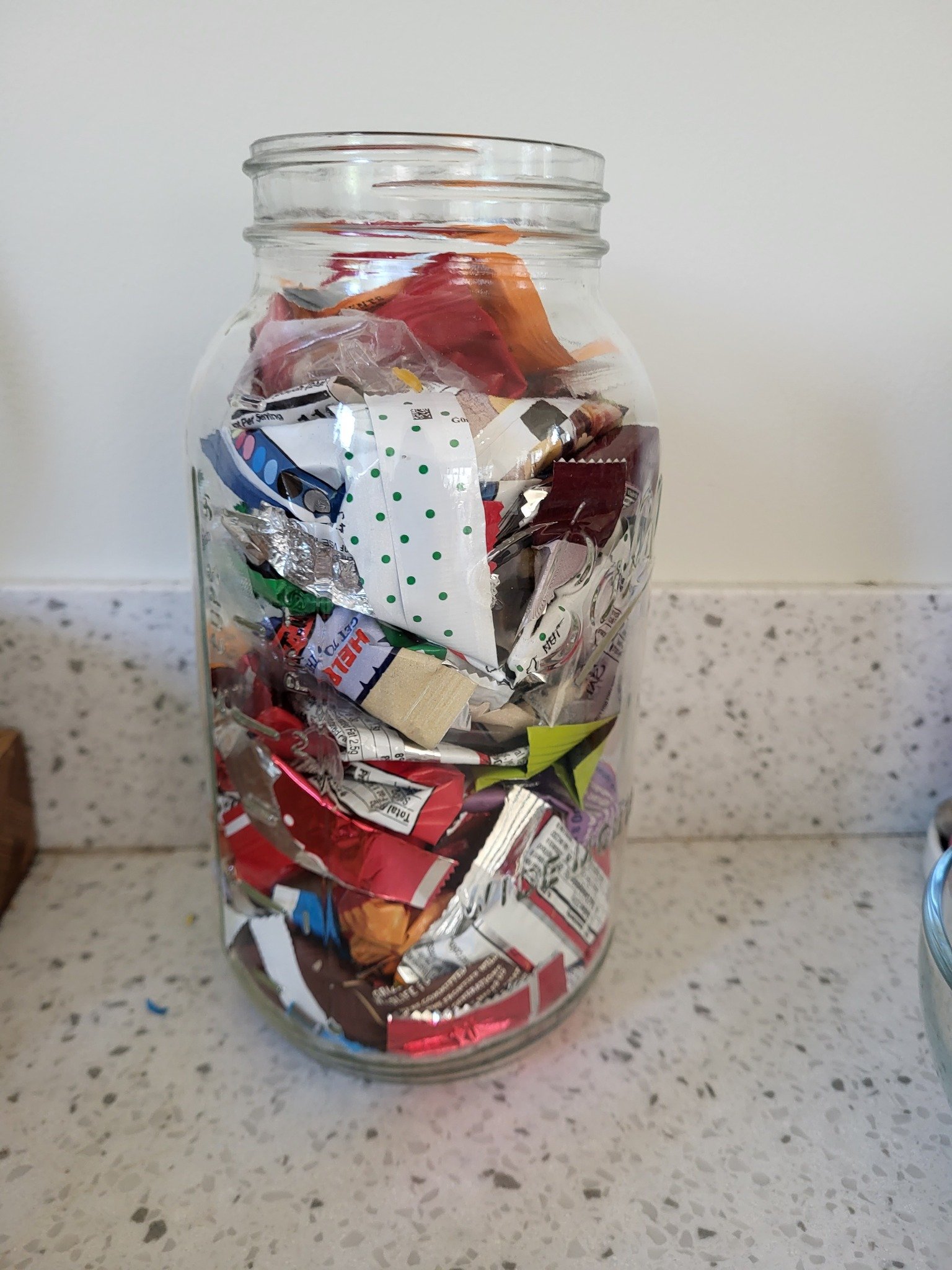

 Our VdM children continue to inspire us, and we hope you feel inspired too! Look for a community eco event coming this Spring, as we’d love to continue to involve our whole community in our quest for sustainability at VdM. If you’d like more information about our Green Initiatives or desire to support our efforts on campus, please reach out to Martha Erickson (marthae@villadimaria.org). Together we can be a part of forming the next generation into responsible humans that care for the environment, their communities, and the world.
Our VdM children continue to inspire us, and we hope you feel inspired too! Look for a community eco event coming this Spring, as we’d love to continue to involve our whole community in our quest for sustainability at VdM. If you’d like more information about our Green Initiatives or desire to support our efforts on campus, please reach out to Martha Erickson (marthae@villadimaria.org). Together we can be a part of forming the next generation into responsible humans that care for the environment, their communities, and the world.


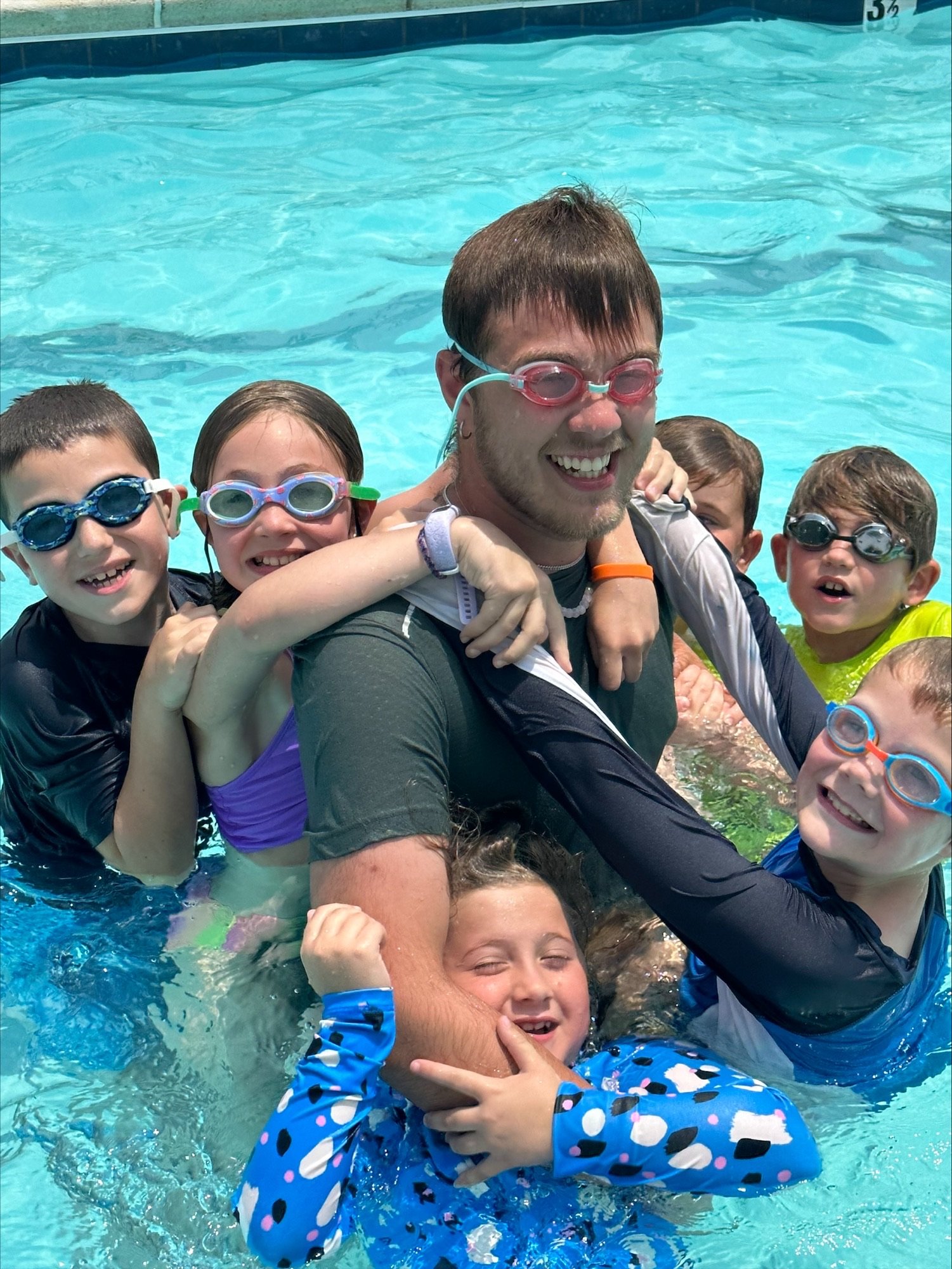

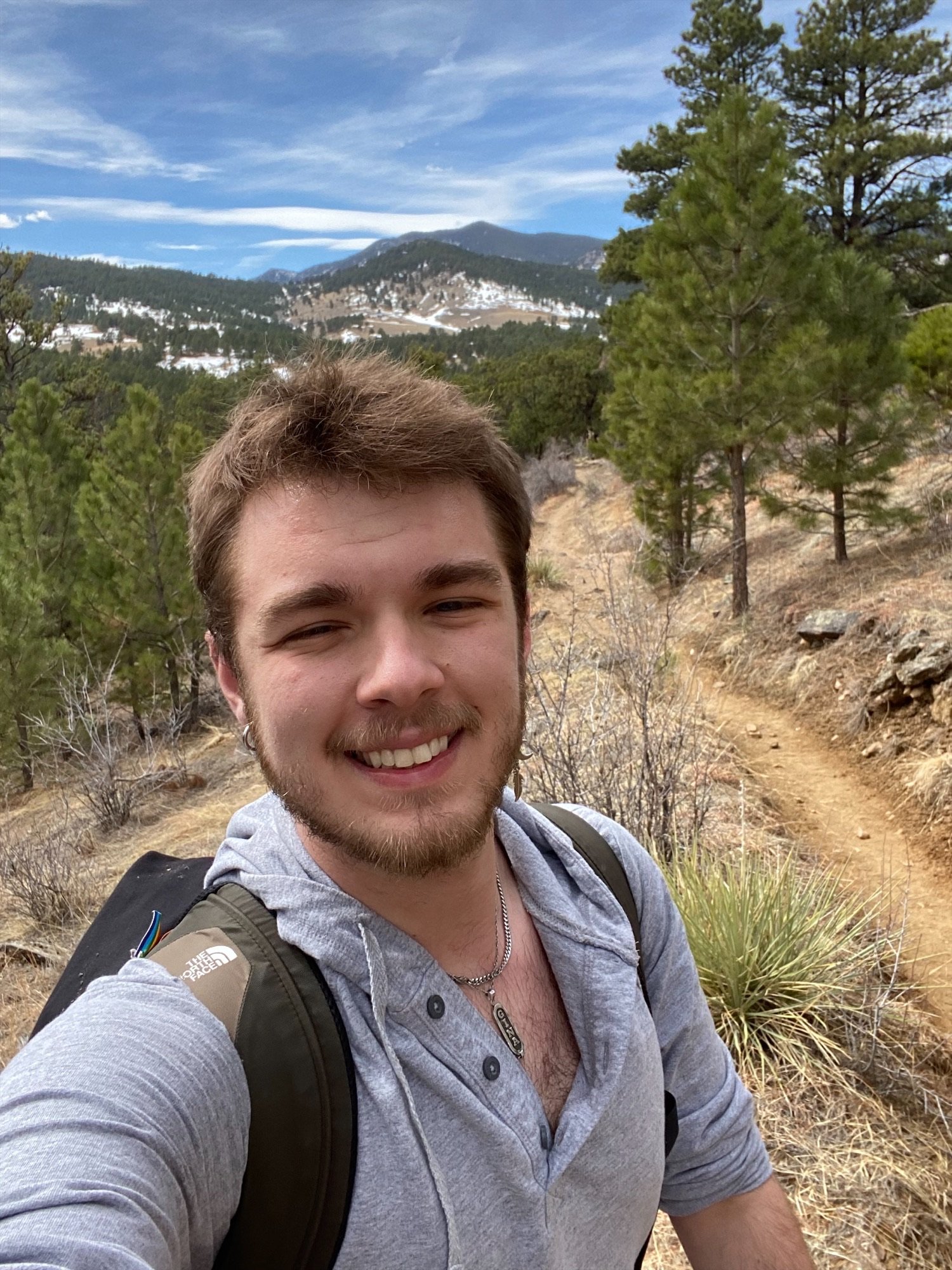
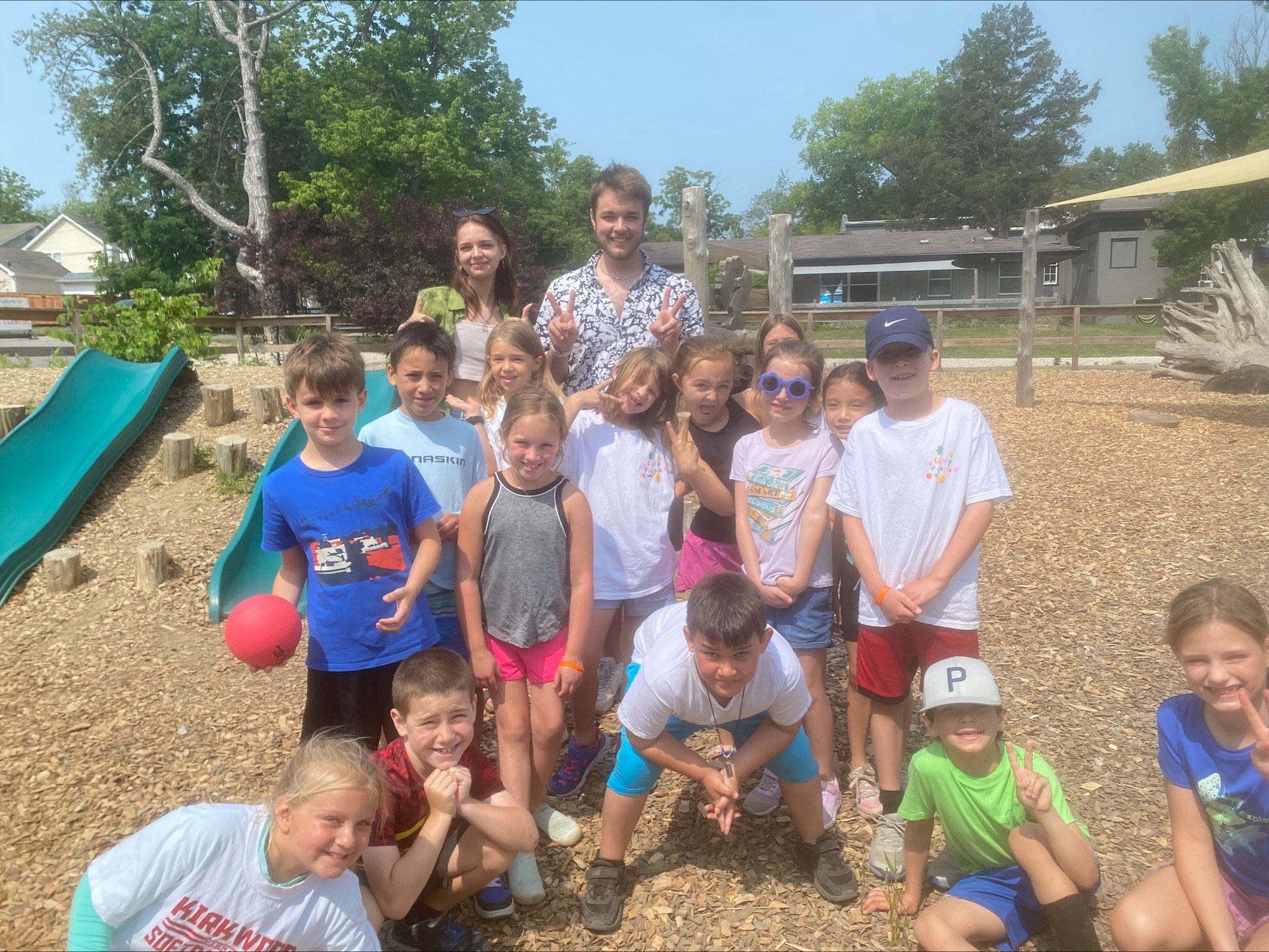

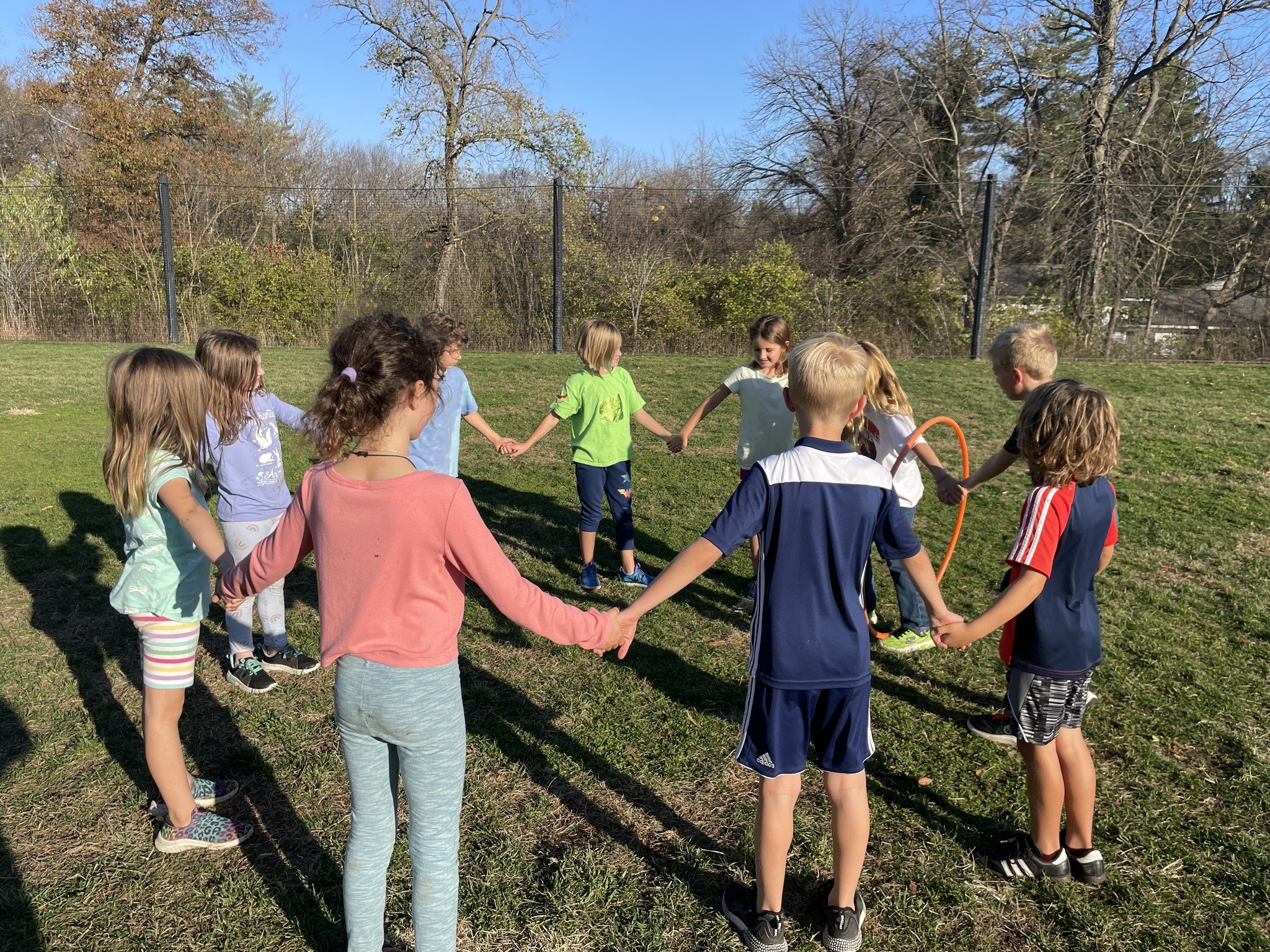


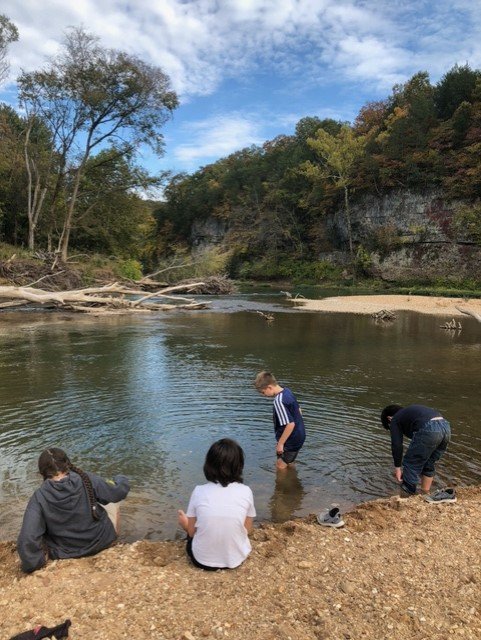

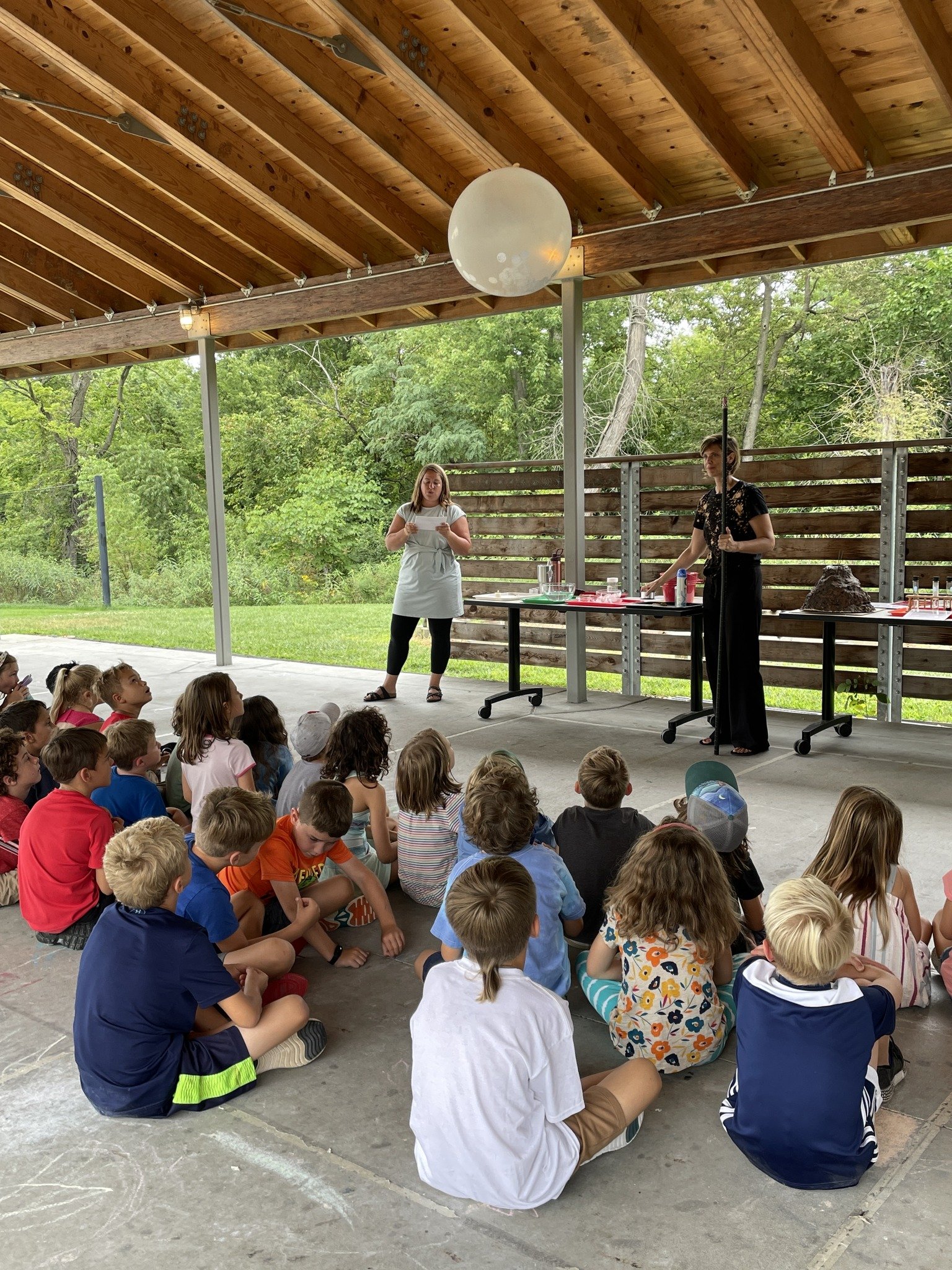

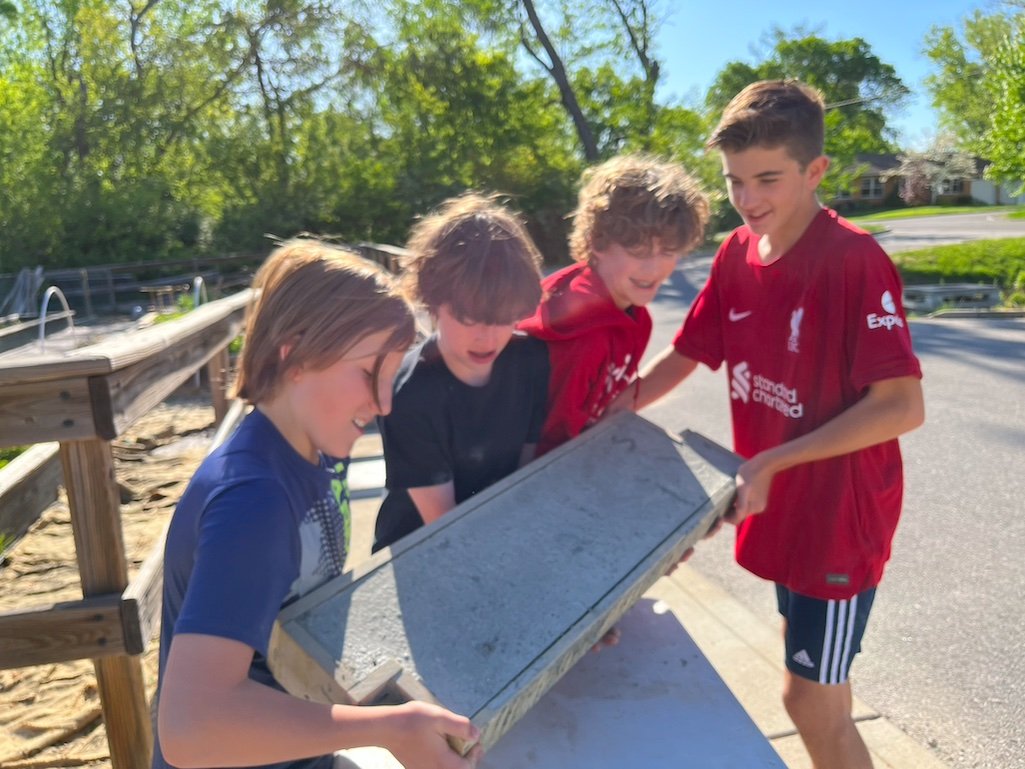
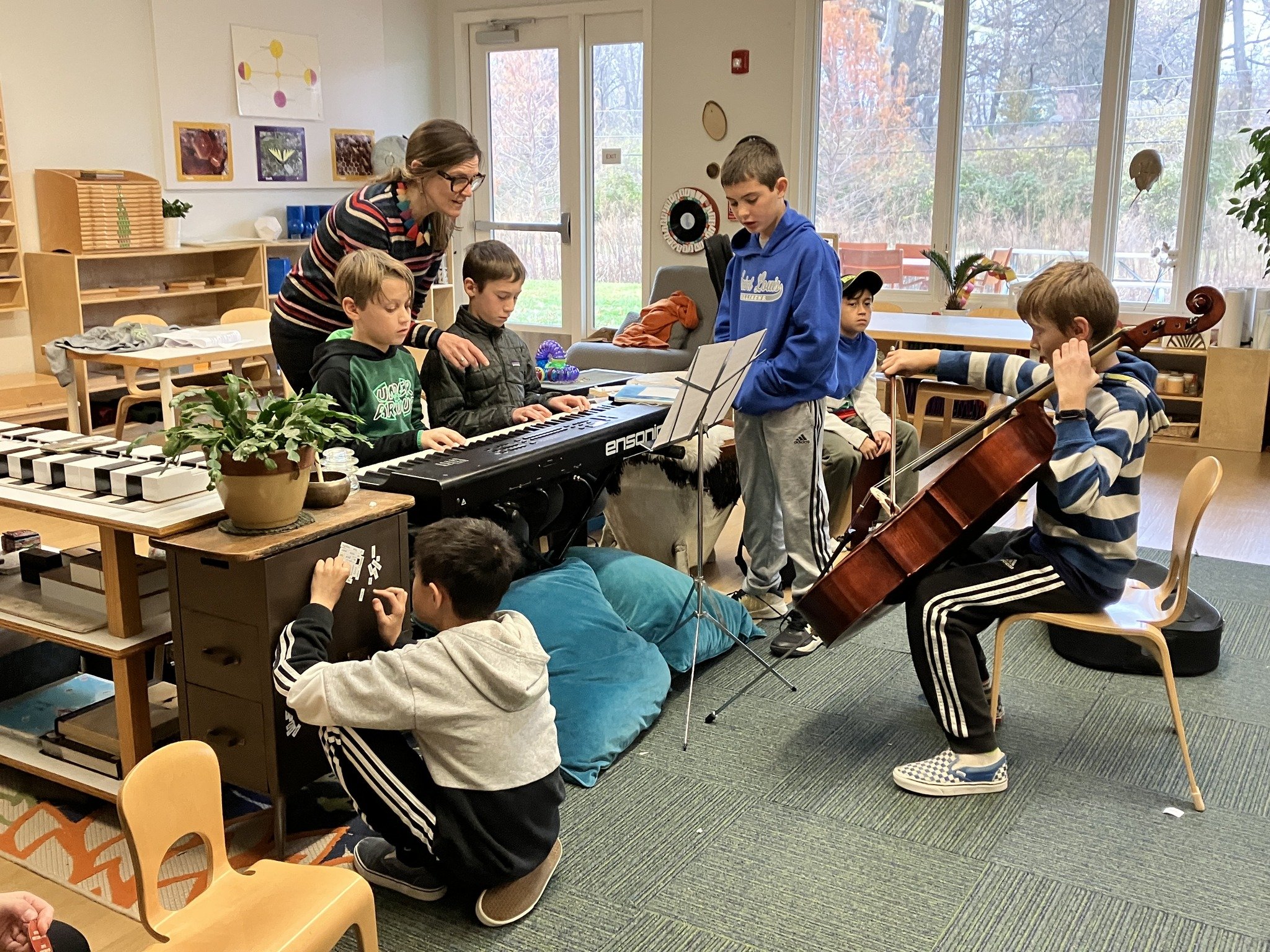
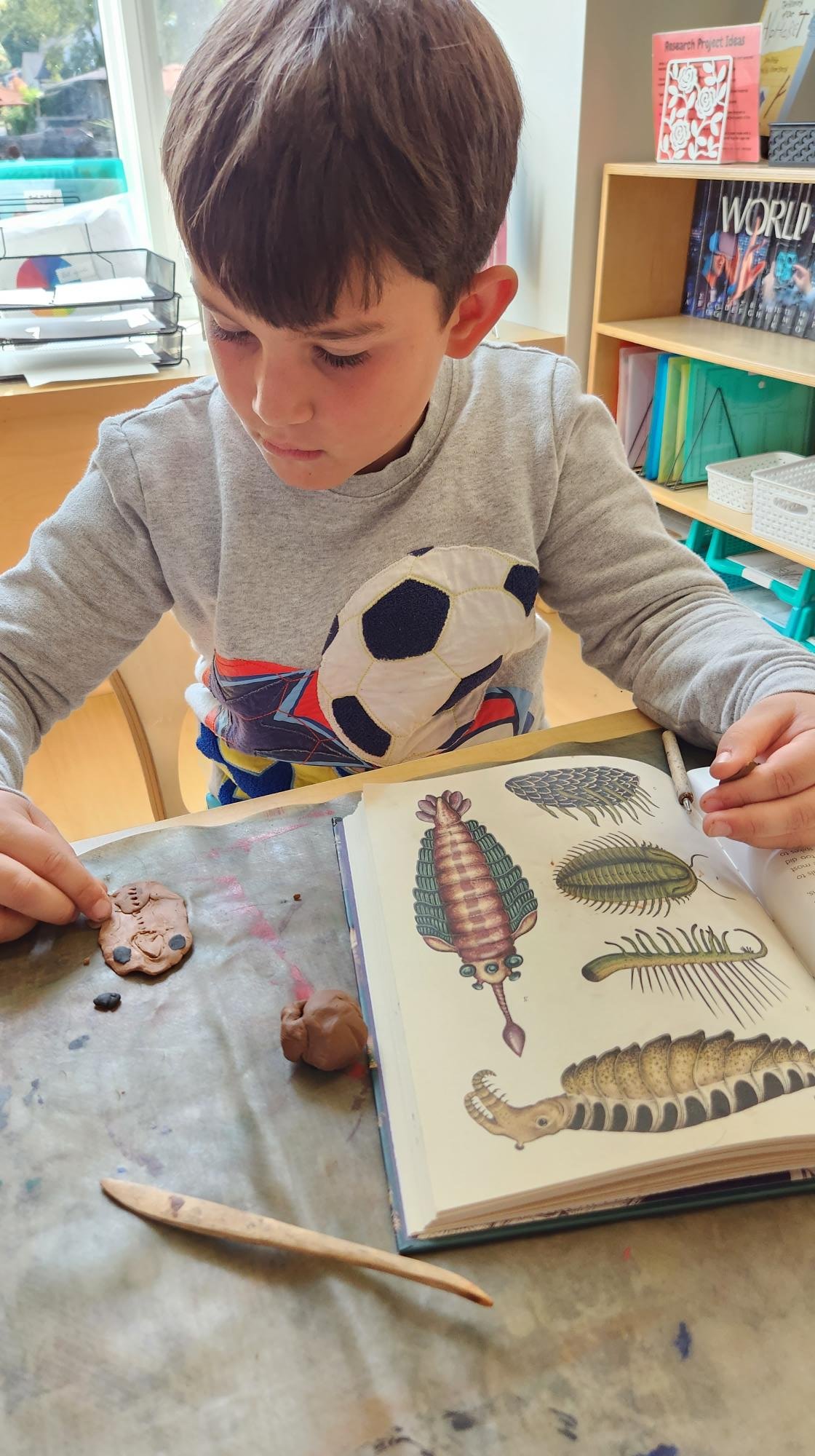
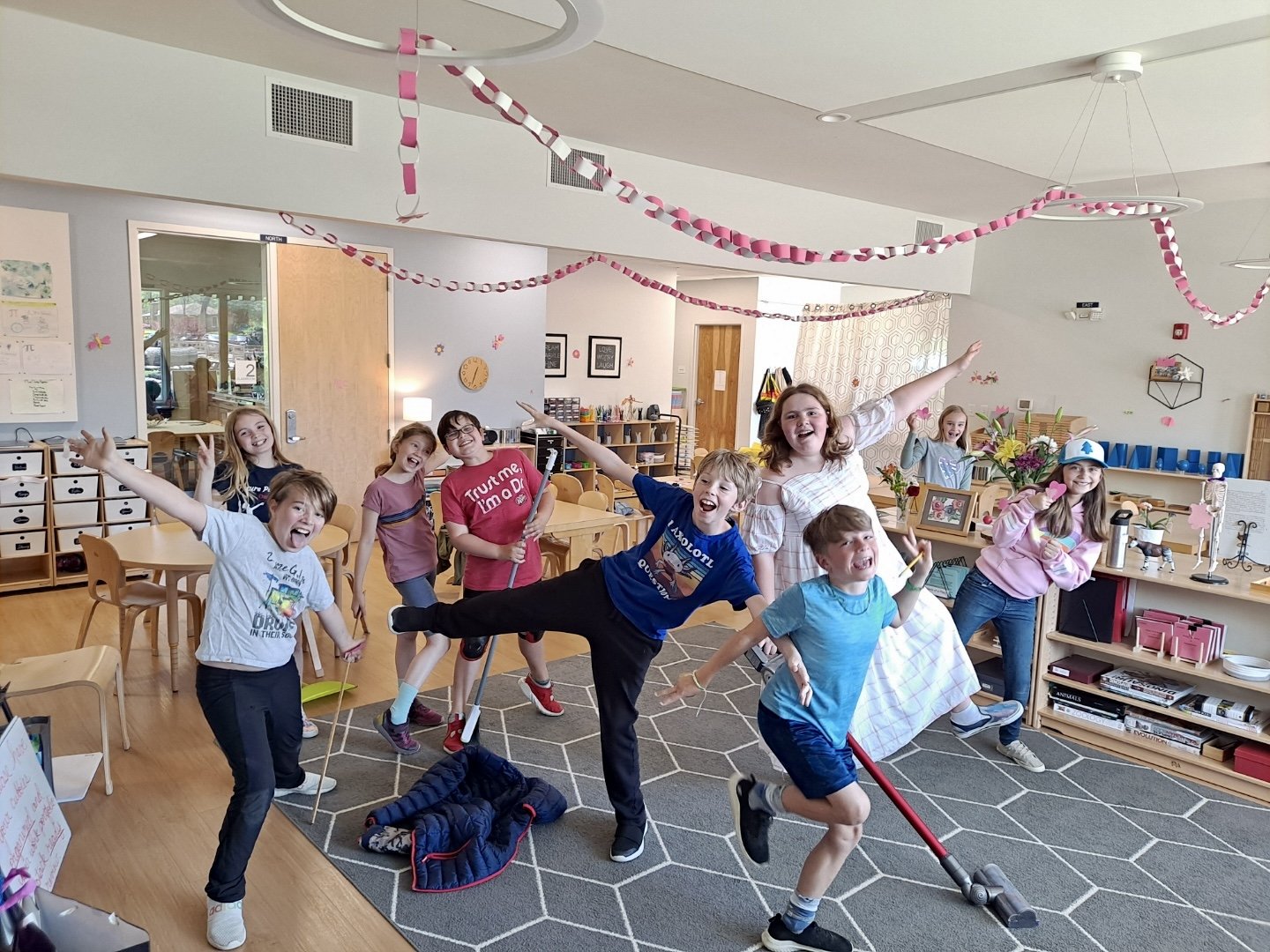
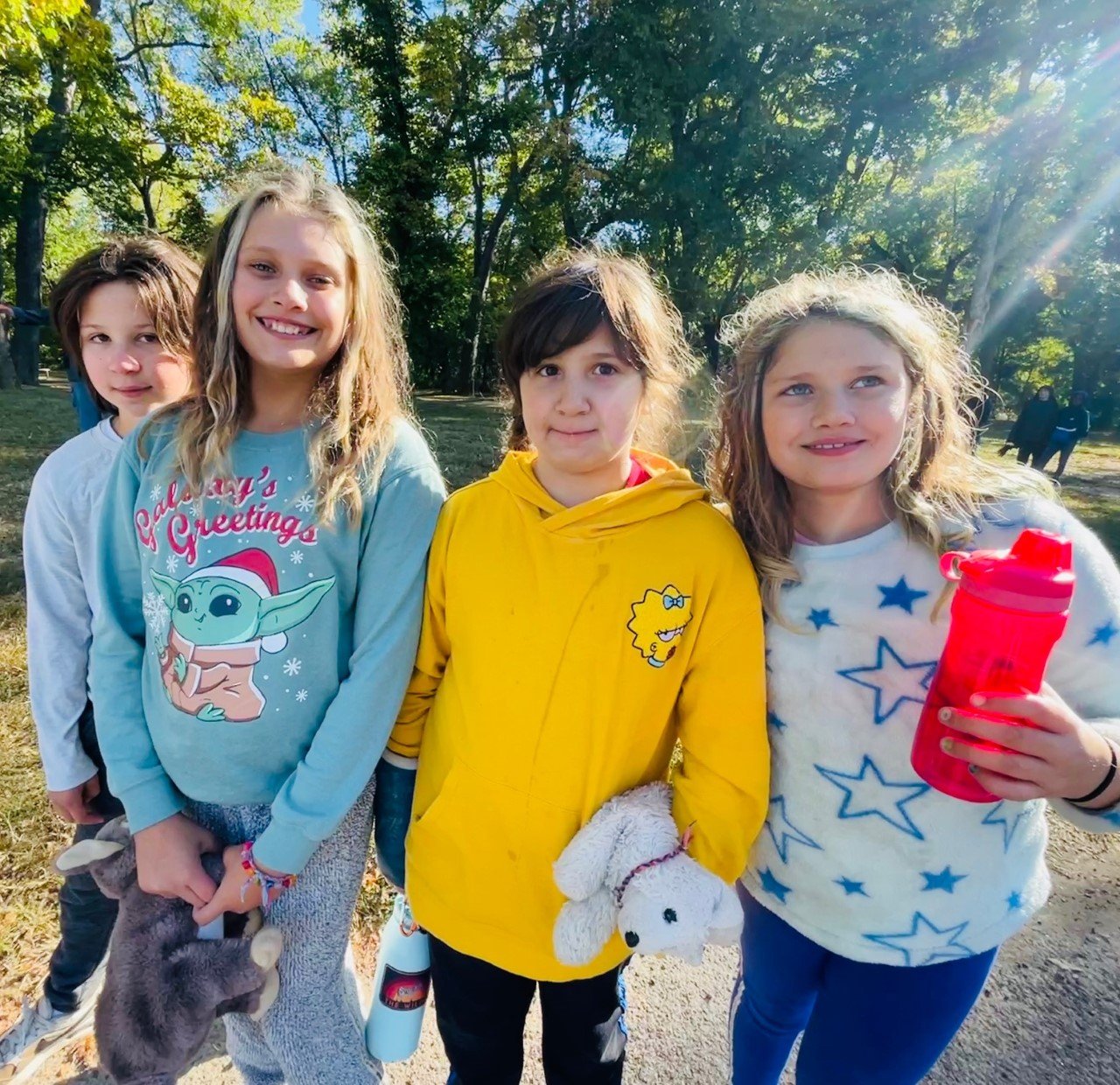

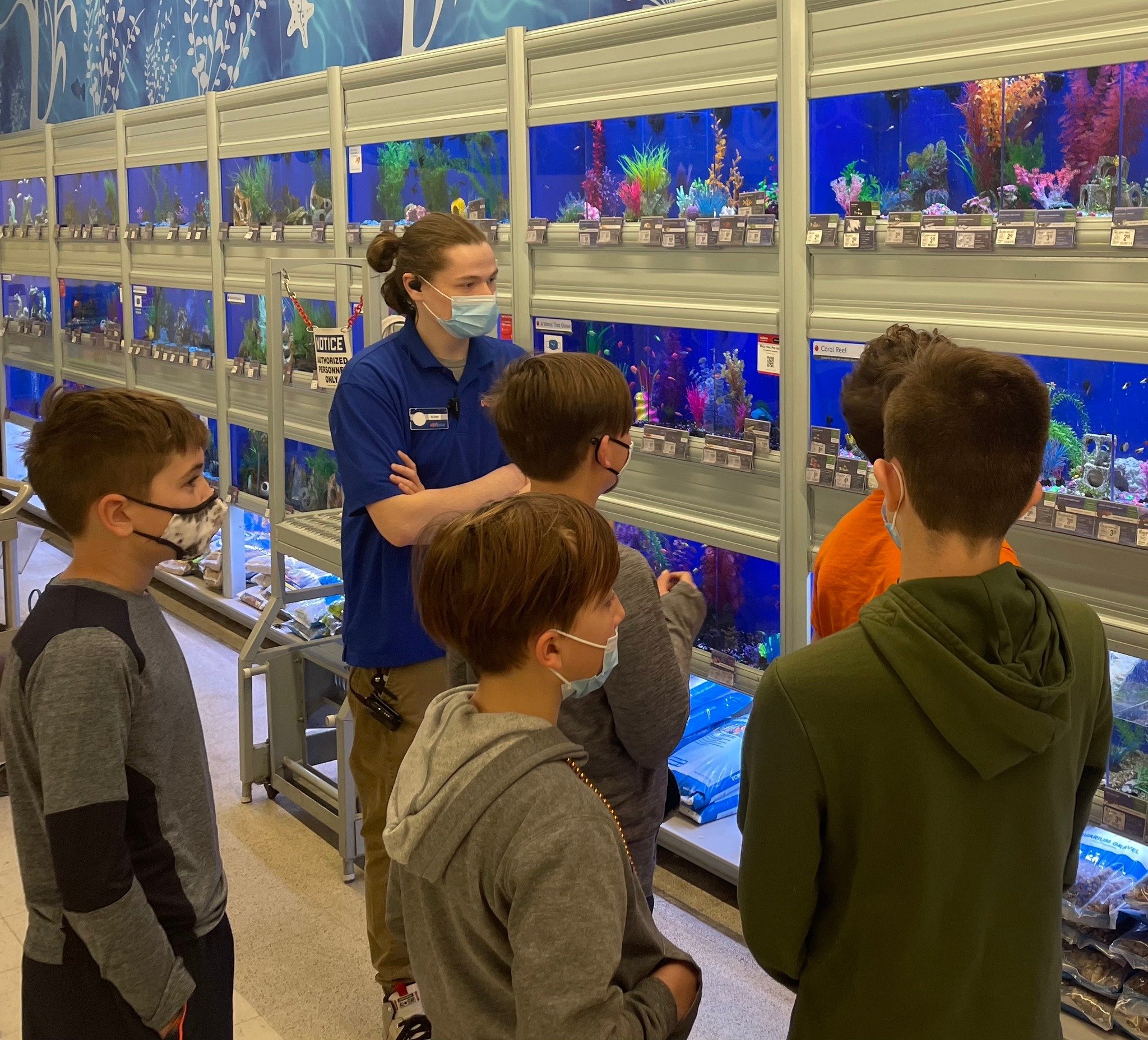 If you have an elementary child at a Montessori school or if you spend any time on our socials, you probably have heard or seen the phrase “Going Out”. And does the Montessori lingo never end?! It is probably one of the things students most look forward to about being in elementary. “I get to go explore outside of the classroom!!” Besides being a lot of fun, these opportunities for Going Out serve many purposes for the elementary-age child. Today, let’s deep dive into one of the most-loved, and perhaps most-unique, aspects of the Montessori Elementary classroom, the Going Out.
If you have an elementary child at a Montessori school or if you spend any time on our socials, you probably have heard or seen the phrase “Going Out”. And does the Montessori lingo never end?! It is probably one of the things students most look forward to about being in elementary. “I get to go explore outside of the classroom!!” Besides being a lot of fun, these opportunities for Going Out serve many purposes for the elementary-age child. Today, let’s deep dive into one of the most-loved, and perhaps most-unique, aspects of the Montessori Elementary classroom, the Going Out.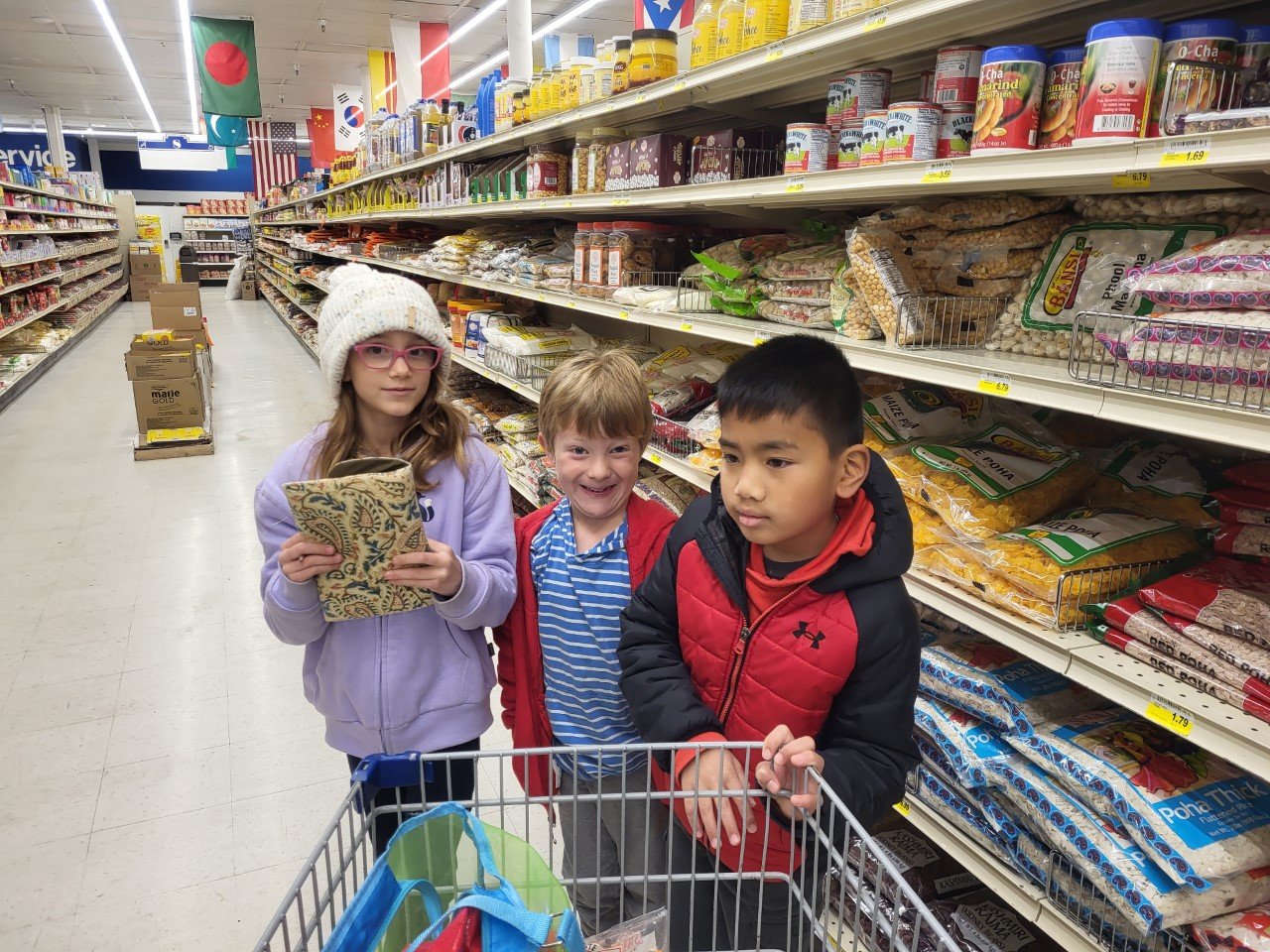 Going Out is a critical component of the Montessori Elementary classroom (grades 1-6). The Elementary child is in the 2nd plane of development (age 6-12 years) and therefore has unique proclivities and needs. If you don’t know about Montessori’s planes of development, check out the blog post entitled, “Montessori Theory: The Four Planes of Development”. The rational mind of the 2nd plane child is ready to dive into the “Why” behind everything! Why is the sun warm? Why do we have rules in a community? Why do I have to listen to you? Why does my family make different decisions than yours? In the classroom, the child explores their questions through research, reports and larger projects. The Montessori guide connects the child to materials and books in the classroom to further fuel interests, but they must go beyond the classroom to fully satisfy their need for answers. Going Out provides an opportunity for the child to dive further into the research process by visiting a local museum, zoo, library, and the like, to gain real-world knowledge that could not possibly exist in the classroom. Additionally, the classroom guide might connect the child with an expert in the field for an interview.
Going Out is a critical component of the Montessori Elementary classroom (grades 1-6). The Elementary child is in the 2nd plane of development (age 6-12 years) and therefore has unique proclivities and needs. If you don’t know about Montessori’s planes of development, check out the blog post entitled, “Montessori Theory: The Four Planes of Development”. The rational mind of the 2nd plane child is ready to dive into the “Why” behind everything! Why is the sun warm? Why do we have rules in a community? Why do I have to listen to you? Why does my family make different decisions than yours? In the classroom, the child explores their questions through research, reports and larger projects. The Montessori guide connects the child to materials and books in the classroom to further fuel interests, but they must go beyond the classroom to fully satisfy their need for answers. Going Out provides an opportunity for the child to dive further into the research process by visiting a local museum, zoo, library, and the like, to gain real-world knowledge that could not possibly exist in the classroom. Additionally, the classroom guide might connect the child with an expert in the field for an interview. A second reason for Going Outs is that the child emerges as a social being in the 2nd plane. In the first plane, the child is experiencing their own personal development (learning to walk, talk, and gaining functional independence), but as they enter the 2nd plane there becomes an acute awareness of the people around them and a desire to relate and to connect. The child becomes fascinated by community dynamics, how to belong, and the expectations and guidelines of each community member. Desire outstrips ability at this early social stage and, at first, the child needs a lot of guidance and support from classroom adults to navigate the misunderstandings and disagreements that naturally arise. The social neophyte requires experience in the real world to witness civil adult interaction and to practice taking part in their culture. The child needs opportunities to pay at a cash register, ask for help from the librarian or store clerk, navigate their way around town, and learn the various expectations for behavior in different venues (concert hall vs. basketball stadium). Going Out is a perfect way for our Elementary children to practice how to interact in their society and to develop their emerging social instinct.
A second reason for Going Outs is that the child emerges as a social being in the 2nd plane. In the first plane, the child is experiencing their own personal development (learning to walk, talk, and gaining functional independence), but as they enter the 2nd plane there becomes an acute awareness of the people around them and a desire to relate and to connect. The child becomes fascinated by community dynamics, how to belong, and the expectations and guidelines of each community member. Desire outstrips ability at this early social stage and, at first, the child needs a lot of guidance and support from classroom adults to navigate the misunderstandings and disagreements that naturally arise. The social neophyte requires experience in the real world to witness civil adult interaction and to practice taking part in their culture. The child needs opportunities to pay at a cash register, ask for help from the librarian or store clerk, navigate their way around town, and learn the various expectations for behavior in different venues (concert hall vs. basketball stadium). Going Out is a perfect way for our Elementary children to practice how to interact in their society and to develop their emerging social instinct. Some might say, isn’t Going Out like a field trip? While both experiences take the child outside the classroom, field trips are generally for the whole classroom and are planned by the teacher. For example, the class might attend the symphony or museum exhibit, but those trips are organized and led by adults. Going Out is different in that it is planned and carried out by small groups of students with minimal assistance by the adults. The children gain experience with phone conversations and email correspondence as they plan their Going Out, and they must engage with and navigate their way using maps to find the best route to their location. While at the location, they are responsible for leading the way and communicating with shop owners, docents, etc. Chaperones are present to give support when needed but they allow space for the child to learn from their experience, and even from their mistakes when safe to do so. For example, a chaperone driver will follow directions from the child, even if it means taking a wrong turn, so that the child can have the experience of solving the problem of potentially getting lost.
Some might say, isn’t Going Out like a field trip? While both experiences take the child outside the classroom, field trips are generally for the whole classroom and are planned by the teacher. For example, the class might attend the symphony or museum exhibit, but those trips are organized and led by adults. Going Out is different in that it is planned and carried out by small groups of students with minimal assistance by the adults. The children gain experience with phone conversations and email correspondence as they plan their Going Out, and they must engage with and navigate their way using maps to find the best route to their location. While at the location, they are responsible for leading the way and communicating with shop owners, docents, etc. Chaperones are present to give support when needed but they allow space for the child to learn from their experience, and even from their mistakes when safe to do so. For example, a chaperone driver will follow directions from the child, even if it means taking a wrong turn, so that the child can have the experience of solving the problem of potentially getting lost.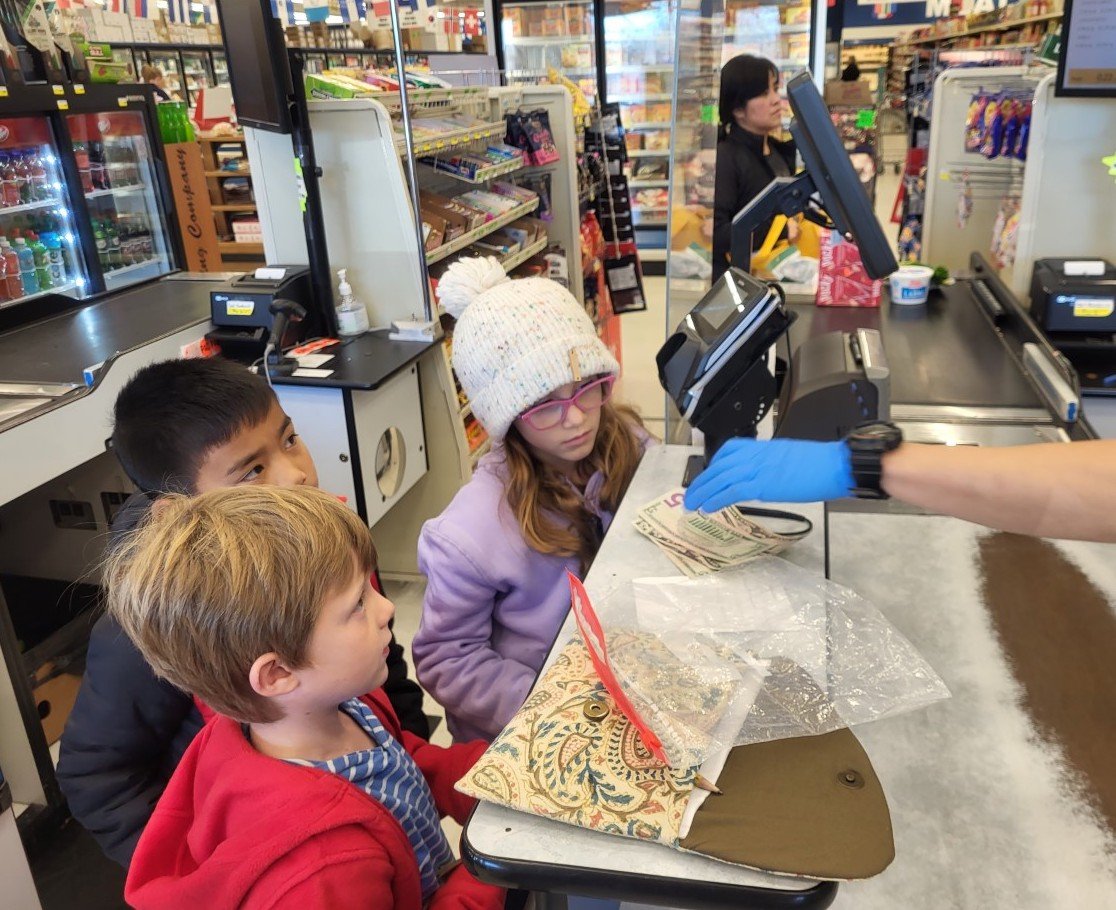 We are so lucky to have the supportive parent community and staff that expands our ability to take students on Going Outs. These experiences deepen the learning initiated in the classroom and foster the social development of the 2nd plane child.
We are so lucky to have the supportive parent community and staff that expands our ability to take students on Going Outs. These experiences deepen the learning initiated in the classroom and foster the social development of the 2nd plane child.









 As you consider these universal human tendencies, which ones do you notice most in yourself and your child? As you become aware of the tendencies operating in your daily life, how can you set up your own environment and schedule to facilitate their expression for you and your child?
As you consider these universal human tendencies, which ones do you notice most in yourself and your child? As you become aware of the tendencies operating in your daily life, how can you set up your own environment and schedule to facilitate their expression for you and your child? Dr. Maria Montessori believed that educators have the responsibility to understand universal human tendencies in order to best guide the child’s self-construction. When we embrace these tendencies in our own environments, we promote the flourishing of each child and help them realize their fullest potential in the world.
Dr. Maria Montessori believed that educators have the responsibility to understand universal human tendencies in order to best guide the child’s self-construction. When we embrace these tendencies in our own environments, we promote the flourishing of each child and help them realize their fullest potential in the world.

 At Villa di Maria, we’re not hiding the fact that we love Montessori and all the good things it offers children. We get to see the method in action every day and the joy it brings each student. Sometimes families come to us with misconceptions about the Montessori approach. They’ve heard things that don’t sit well with them or prompt skepticism. We love when people bring their questions to us because we know Montessori is up to the task and we relish an opportunity to discuss our favorite topic, Montessori education!
At Villa di Maria, we’re not hiding the fact that we love Montessori and all the good things it offers children. We get to see the method in action every day and the joy it brings each student. Sometimes families come to us with misconceptions about the Montessori approach. They’ve heard things that don’t sit well with them or prompt skepticism. We love when people bring their questions to us because we know Montessori is up to the task and we relish an opportunity to discuss our favorite topic, Montessori education! In this post we’ll address some of the myths people encounter about Montessori schools and students. We hope that it leads you to look again and consider all that this unique approach has to offer. Everyone is welcome, whether you know alot about Montessori or nothing at all!
In this post we’ll address some of the myths people encounter about Montessori schools and students. We hope that it leads you to look again and consider all that this unique approach has to offer. Everyone is welcome, whether you know alot about Montessori or nothing at all!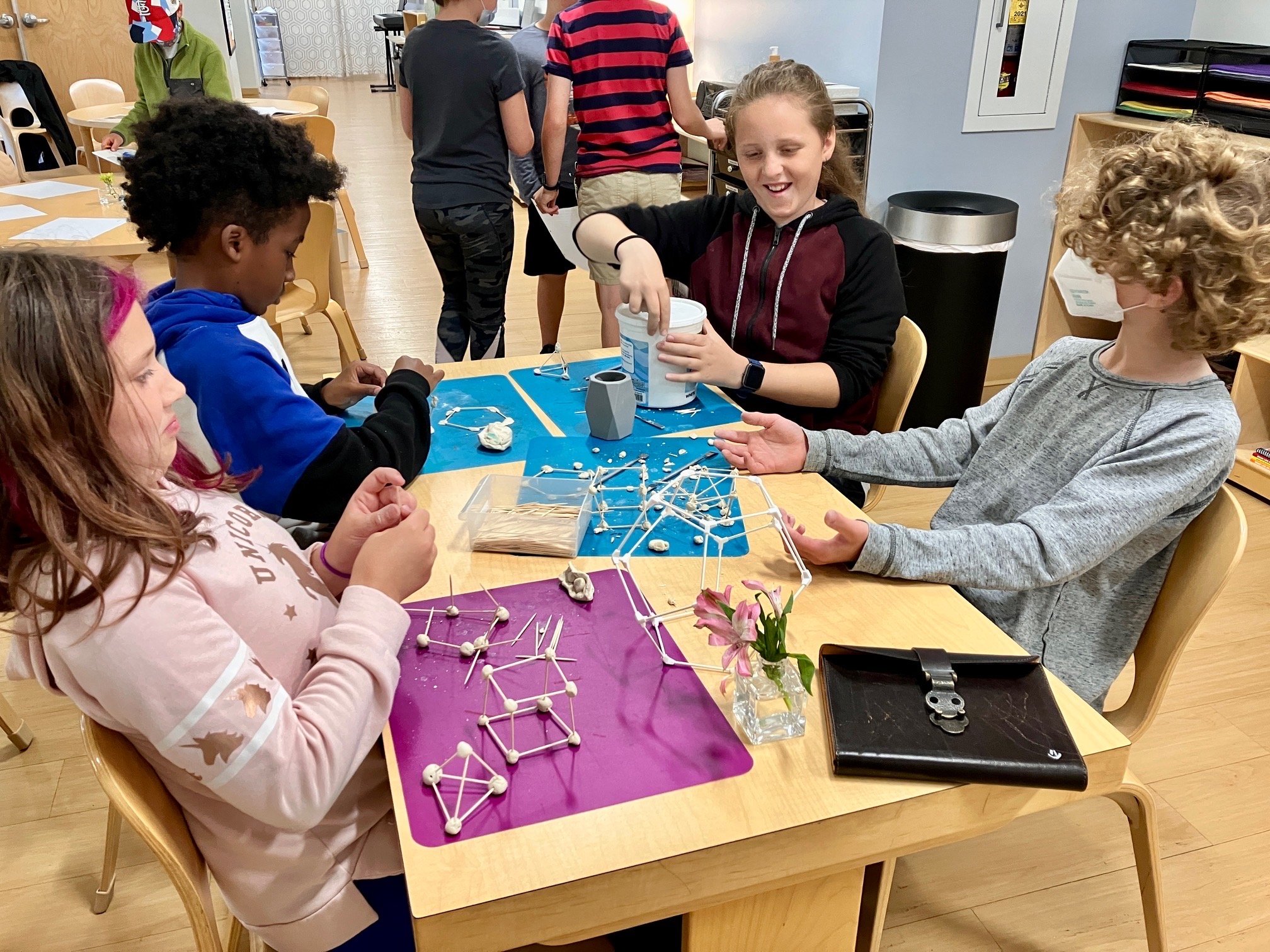
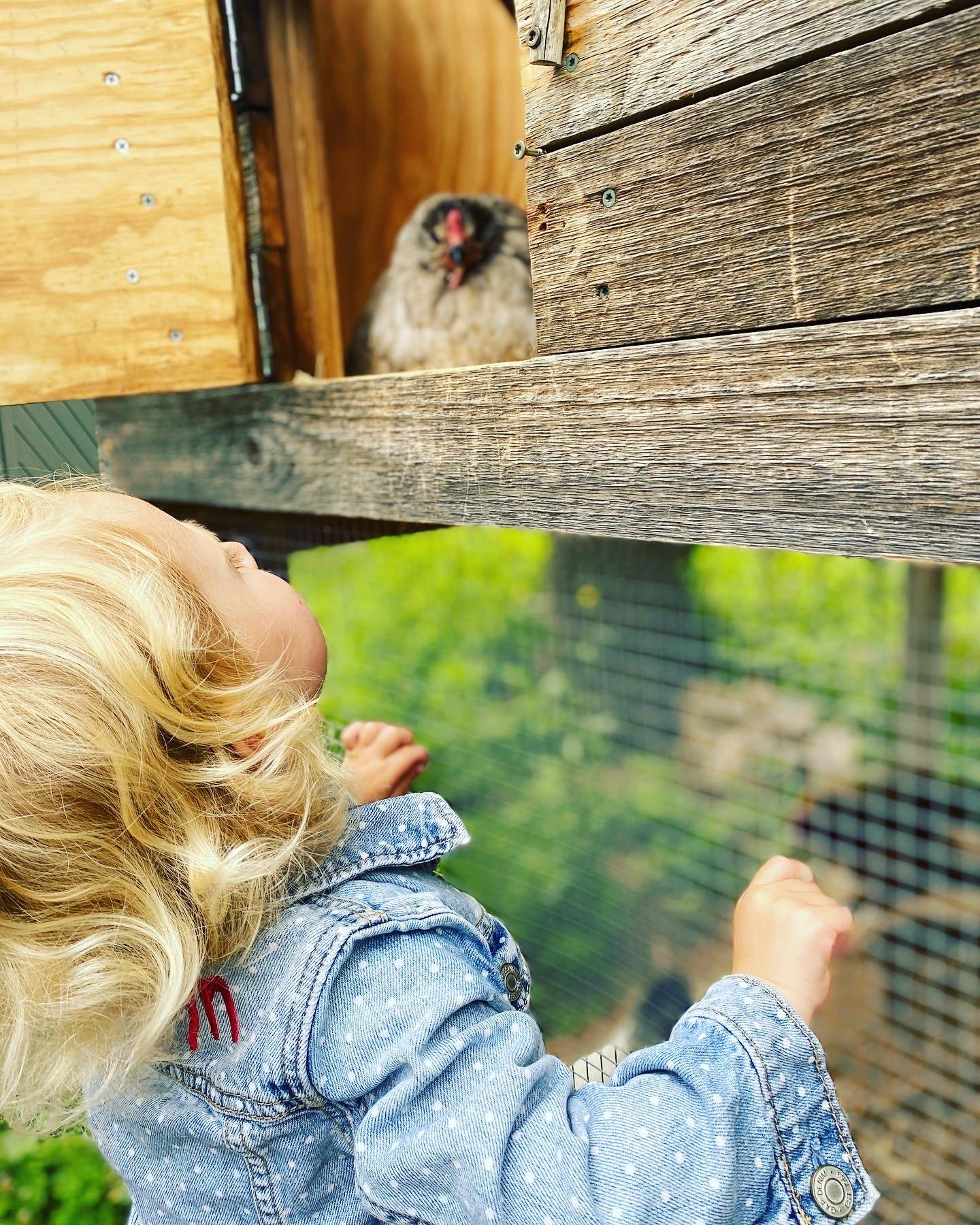
 What about homework?Though Montessori doesn't usually assign homework, through the development of self-management skills in the classroom (choosing their own work, etc.), students have no trouble managing homework in high school or college. Montessori students are used to arriving at their own understanding through manipulation of concrete materials and thus are better prepared to learn in any context throughout their lives. VdM has heard from many of our alums that they found it quite easy to transition to a traditional school experience, though they miss the Montessori setting! In the months to come, we’ll hear from some of these former students on the blog to learn how Montessori prepared them for life after VdM.
What about homework?Though Montessori doesn't usually assign homework, through the development of self-management skills in the classroom (choosing their own work, etc.), students have no trouble managing homework in high school or college. Montessori students are used to arriving at their own understanding through manipulation of concrete materials and thus are better prepared to learn in any context throughout their lives. VdM has heard from many of our alums that they found it quite easy to transition to a traditional school experience, though they miss the Montessori setting! In the months to come, we’ll hear from some of these former students on the blog to learn how Montessori prepared them for life after VdM.

 In Elementary, guides utilize tools such as the work journal and the weekly conference to hold students accountable for their use of work time. Elementary students record their work choices and the duration spent on each activity throughout the work periods (morning and afternoon) in their work journals. The guide and student then meet each week to review the work in their journals and reflect together on the use of the work periods to cover all subject areas of the classroom. They also set goals for the following week and make plans for improvement and growth.
In Elementary, guides utilize tools such as the work journal and the weekly conference to hold students accountable for their use of work time. Elementary students record their work choices and the duration spent on each activity throughout the work periods (morning and afternoon) in their work journals. The guide and student then meet each week to review the work in their journals and reflect together on the use of the work periods to cover all subject areas of the classroom. They also set goals for the following week and make plans for improvement and growth.

 We hope addressing these commonly heard Montessori myths prompts you to further explore your own questions about how best to achieve a holistic, child-centered approach to education. We believe Montessori best fits the developmental needs of the child at each age and stage of development and we’d love to talk to you more about how! Reach out to our staff to talk more or peruse our rich resource of blog posts. Here’s a good place to start:
We hope addressing these commonly heard Montessori myths prompts you to further explore your own questions about how best to achieve a holistic, child-centered approach to education. We believe Montessori best fits the developmental needs of the child at each age and stage of development and we’d love to talk to you more about how! Reach out to our staff to talk more or peruse our rich resource of blog posts. Here’s a good place to start: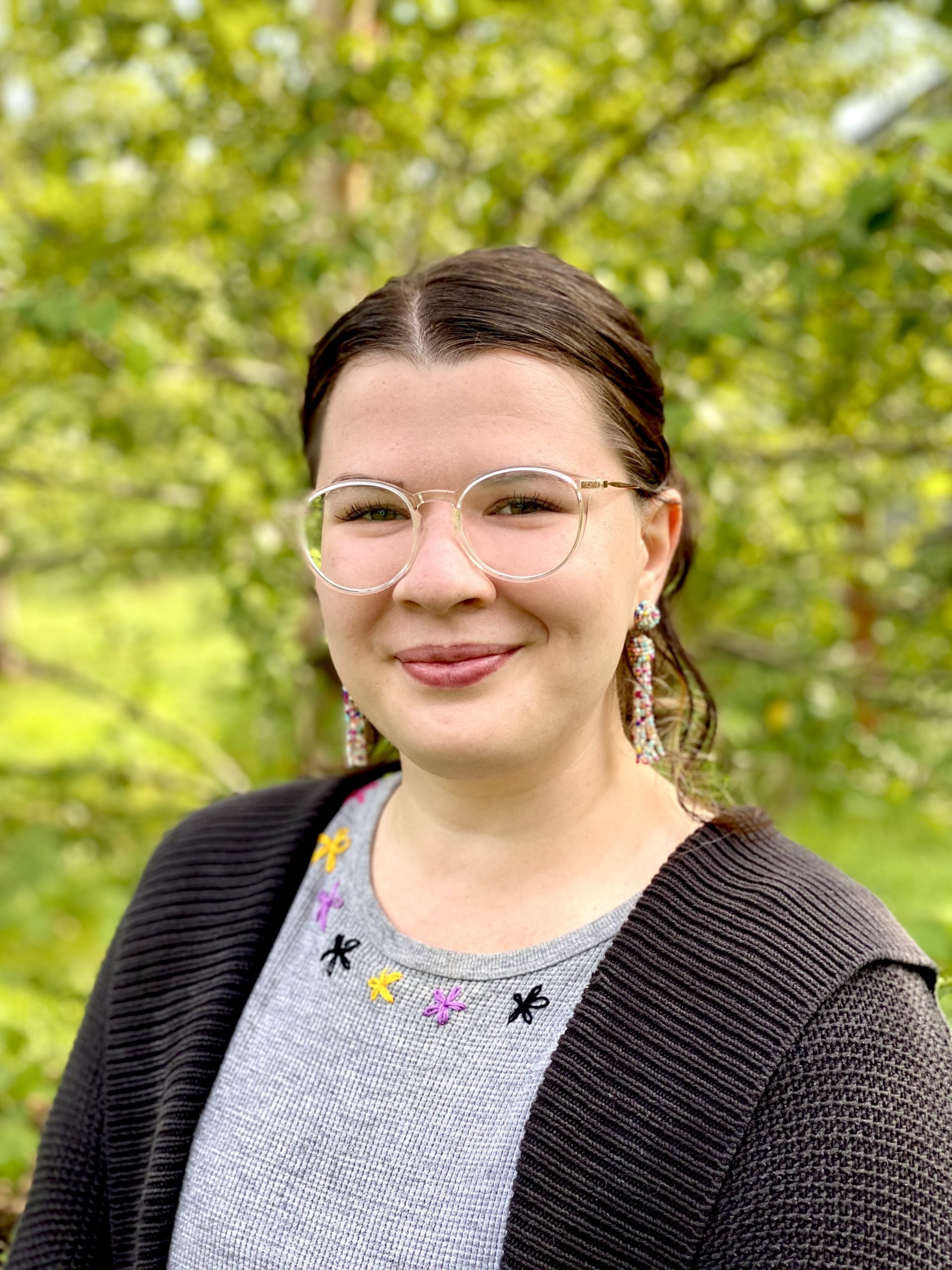

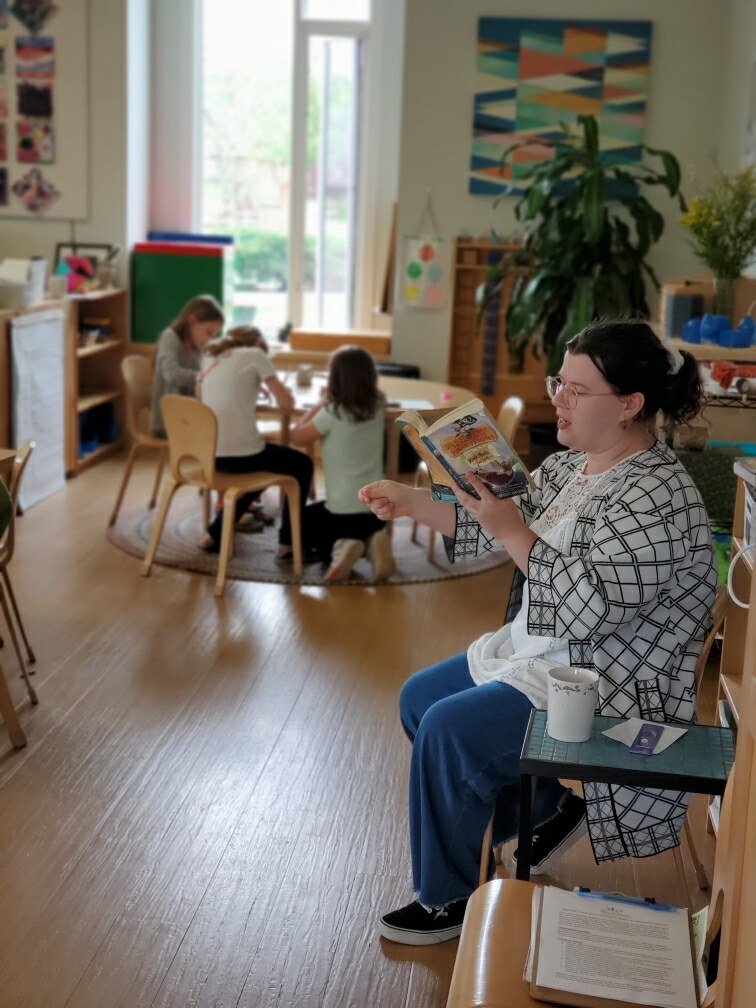

 While we (shamelessly) love to show off our school and community in the Villa di Maria blog, we are also here to spread the word about Montessori beyond our campus—demystifying and celebrating the Montessori method of education in the hopes that more people will discover its benefits for children and families.
While we (shamelessly) love to show off our school and community in the Villa di Maria blog, we are also here to spread the word about Montessori beyond our campus—demystifying and celebrating the Montessori method of education in the hopes that more people will discover its benefits for children and families. You’ve seen our recent posts from our 101 series, where we breakdown some of the terminology you might find in a Montessori school. This week, we’ll kick off another series, all about Montessori theory. In our Theory series, we’ll dive deep into the foundational principles of the Montessori method and take a look at how these theories come into practice in the school setting. We’ll start today with “The Four Planes of Development.” The work of the Montessori guide, the organization of the Montessori classroom, the design and function of Montessori materials—everything about the Montessori method—it all comes down to the four planes.
You’ve seen our recent posts from our 101 series, where we breakdown some of the terminology you might find in a Montessori school. This week, we’ll kick off another series, all about Montessori theory. In our Theory series, we’ll dive deep into the foundational principles of the Montessori method and take a look at how these theories come into practice in the school setting. We’ll start today with “The Four Planes of Development.” The work of the Montessori guide, the organization of the Montessori classroom, the design and function of Montessori materials—everything about the Montessori method—it all comes down to the four planes. The four planes of development are 6-year stages of child development, from birth to adulthood. In her research and work with children, Dr. Maria Montessori observed that children and adolescents develop through natural stages which can be defined by specific characteristics and developmental needs: birth to age 6; ages 6 to 12; ages 12 to 18, and ages 18 to 24. Dr. Montessori believed it was crucial to serve the specific developmental characteristics and needs of children in each plane, to allow them to move with strength into each following plane and prepare them for adulthood.
The four planes of development are 6-year stages of child development, from birth to adulthood. In her research and work with children, Dr. Maria Montessori observed that children and adolescents develop through natural stages which can be defined by specific characteristics and developmental needs: birth to age 6; ages 6 to 12; ages 12 to 18, and ages 18 to 24. Dr. Montessori believed it was crucial to serve the specific developmental characteristics and needs of children in each plane, to allow them to move with strength into each following plane and prepare them for adulthood.
 Montessori education is designed to follow children through these planes—through their natural patterns of development. Montessori classroom environments intentionally foster the natural characteristics of each plane. Montessori guides receive rigorous training to facilitate each child’s incredible journey through each plane by meeting and challenging their academic, social, and emotional needs.
Montessori education is designed to follow children through these planes—through their natural patterns of development. Montessori classroom environments intentionally foster the natural characteristics of each plane. Montessori guides receive rigorous training to facilitate each child’s incredible journey through each plane by meeting and challenging their academic, social, and emotional needs.





 Isn’t this what we want for our kids, to reach adulthood with the independence, security, and wholeness to make the world a better place? It’s what Dr. Montessori wanted and why she devoted her life to understanding child development and promoting better education for children. Because of her knowledge of the four planes, children at Villa di Maria get to experience the fullness and beauty of each plane in our classrooms from ages 14 months to 12 years and emerge from VdM in strength to enter adolescence and adulthood.References: “From Childhood to Adolescence” by Dr. Maria Montessori
Isn’t this what we want for our kids, to reach adulthood with the independence, security, and wholeness to make the world a better place? It’s what Dr. Montessori wanted and why she devoted her life to understanding child development and promoting better education for children. Because of her knowledge of the four planes, children at Villa di Maria get to experience the fullness and beauty of each plane in our classrooms from ages 14 months to 12 years and emerge from VdM in strength to enter adolescence and adulthood.References: “From Childhood to Adolescence” by Dr. Maria Montessori

 Montessori is grounded in two very important principles: the natural patterns of child development and child-led progress. Montessori believes each child progresses within general time frames (the Planes of Development), but at their own unique pace. From a Montessori perspective, formal test-taking does not give a complete picture of a child’s progression. A Montessori education is about more than what can be shown on a test. It is about leading each child toward the fulfillment of their highest potential in every aspect of their person, academically, socially, and emotionally—about giving each child a vision for life.
Montessori is grounded in two very important principles: the natural patterns of child development and child-led progress. Montessori believes each child progresses within general time frames (the Planes of Development), but at their own unique pace. From a Montessori perspective, formal test-taking does not give a complete picture of a child’s progression. A Montessori education is about more than what can be shown on a test. It is about leading each child toward the fulfillment of their highest potential in every aspect of their person, academically, socially, and emotionally—about giving each child a vision for life. This calling goes beyond preparing children to simply memorize and regurgitate material for an exam. Instead, the Montessori approach measures progress (a.k.a. assesses children) consistently throughout their time in the classroom environment. Montessori guides use a variety of methods to help each child meet their developmental milestones and master the academic curriculum and social skills appropriate for their age group.
This calling goes beyond preparing children to simply memorize and regurgitate material for an exam. Instead, the Montessori approach measures progress (a.k.a. assesses children) consistently throughout their time in the classroom environment. Montessori guides use a variety of methods to help each child meet their developmental milestones and master the academic curriculum and social skills appropriate for their age group. One way guides assess a student is through observation. In a Montessori classroom the guide carefully, deliberately, and objectively observes the children. This is an active, daily practice—they are watching and learning about each child as they practice their lessons every day. Allowing each child the time they need, the guide notices, listens—waits for indication that the child is progressing in the comprehension of, ease with, and precision in their work. Guides make themselves available for questions or requests for assistance and are ready to re-present a lesson (or a certain part of difficulty) as needed. And when a child has mastered a lesson, guides offer the next lesson in the sequence.
One way guides assess a student is through observation. In a Montessori classroom the guide carefully, deliberately, and objectively observes the children. This is an active, daily practice—they are watching and learning about each child as they practice their lessons every day. Allowing each child the time they need, the guide notices, listens—waits for indication that the child is progressing in the comprehension of, ease with, and precision in their work. Guides make themselves available for questions or requests for assistance and are ready to re-present a lesson (or a certain part of difficulty) as needed. And when a child has mastered a lesson, guides offer the next lesson in the sequence. Assessment is also integrated into the lessons offered by the guide. For every child, at the start of a new lesson, the guide reviews the previous lesson content to “test” what students remember and to build upon that knowledge. Throughout the day, the guides might also unexpectedly join a student at work to ask them questions about their activity—a sort of Montessori pop quiz. “I see you working on the area of a circle. Do you remember what we call the outside edge of the circle?”
Assessment is also integrated into the lessons offered by the guide. For every child, at the start of a new lesson, the guide reviews the previous lesson content to “test” what students remember and to build upon that knowledge. Throughout the day, the guides might also unexpectedly join a student at work to ask them questions about their activity—a sort of Montessori pop quiz. “I see you working on the area of a circle. Do you remember what we call the outside edge of the circle?” At the Elementary level, the weekly conference is introduced. Guides check children’s work and note if lessons have been revisited, and if so, whether they are doing so correctly. Guides note whether a child is avoiding certain lessons and make a plan with the child for completion. They also make children aware of the state and national standards society expects them to know by certain grade levels. Children are actively engaged in their own assessments and are motivated (or redirected) to focus their work where needed.
At the Elementary level, the weekly conference is introduced. Guides check children’s work and note if lessons have been revisited, and if so, whether they are doing so correctly. Guides note whether a child is avoiding certain lessons and make a plan with the child for completion. They also make children aware of the state and national standards society expects them to know by certain grade levels. Children are actively engaged in their own assessments and are motivated (or redirected) to focus their work where needed. In the Upper Elementary we add in one more layer of assessment—the annual standardized test. The primary purpose of the test on our campus is to provide students the opportunity to develop the formal testing skills, as well as a test-taking comfort level they will almost certainly need as they grow older.
In the Upper Elementary we add in one more layer of assessment—the annual standardized test. The primary purpose of the test on our campus is to provide students the opportunity to develop the formal testing skills, as well as a test-taking comfort level they will almost certainly need as they grow older. At Villa di Maria, we love that students are not limited to learning only what the state requires. State standards are the baseline, but most students go beyond and learn about anything they are interested in. The universe is the limit to their learning!
At Villa di Maria, we love that students are not limited to learning only what the state requires. State standards are the baseline, but most students go beyond and learn about anything they are interested in. The universe is the limit to their learning!
 We Montessorians sometimes use terminology that’s unfamiliar to folks more accustomed to a traditional school model, and this can lead to a bit of a mystification around the philosophy. It can even lead to the notion that Montessori schools are out of reach for the general population—that the methods in a Montessori school are too specialized, too… strange.
We Montessorians sometimes use terminology that’s unfamiliar to folks more accustomed to a traditional school model, and this can lead to a bit of a mystification around the philosophy. It can even lead to the notion that Montessori schools are out of reach for the general population—that the methods in a Montessori school are too specialized, too… strange. In fact, the concepts of Montessori, and the vocabulary we use to describe those concepts, were borne from Dr. Maria Montessori’s education, research, and maybe most importantly, her observations of real children at work. In other words, Montessori concepts and vocabulary are rooted in the natural processes of child development, and these concepts are very familiar, even intuitive, to anyone who lives or works with children. In our Montessori 101 series, we’ll demystify Montessori vocabulary and explore the concepts that inform it. This week, we’ll unpack what we mean by an “environment,” as opposed to a “classroom”.
In fact, the concepts of Montessori, and the vocabulary we use to describe those concepts, were borne from Dr. Maria Montessori’s education, research, and maybe most importantly, her observations of real children at work. In other words, Montessori concepts and vocabulary are rooted in the natural processes of child development, and these concepts are very familiar, even intuitive, to anyone who lives or works with children. In our Montessori 101 series, we’ll demystify Montessori vocabulary and explore the concepts that inform it. This week, we’ll unpack what we mean by an “environment,” as opposed to a “classroom”. Montessori often compares human development to the growth of a plant. The plant has everything it needs to grow within itself; it only requires the proper environment (soil, water, sunlight, warmth). Similarly, humans require certain environmental factors to mature and flourish. We know infants require consistent positive interaction with caregivers in order to form attachment and one day function in society. Babies need freedom of movement in order to learn to walk. They need to hear their native language to be able to develop language themselves. Amazingly, typically developing little humans acquire the abilities to walk and speak without any formal instruction! Movement and language develop organically in an environment rich with stimuli and interaction.
Montessori often compares human development to the growth of a plant. The plant has everything it needs to grow within itself; it only requires the proper environment (soil, water, sunlight, warmth). Similarly, humans require certain environmental factors to mature and flourish. We know infants require consistent positive interaction with caregivers in order to form attachment and one day function in society. Babies need freedom of movement in order to learn to walk. They need to hear their native language to be able to develop language themselves. Amazingly, typically developing little humans acquire the abilities to walk and speak without any formal instruction! Movement and language develop organically in an environment rich with stimuli and interaction.
 As children develop, they require a developing set of stimuli to aid them toward their full potential. Dr. Montessori observed that children pass through four stages of development from birth to adulthood. She called these stages, “The Four Planes of Development.” An in-depth look into the four planes of development is coming to the blog very soon—for now, the takeaway is this: the characteristics of children change from plane to plane; and each plane of development requires a particular environment and trained adult suited to the needs of that plane.
As children develop, they require a developing set of stimuli to aid them toward their full potential. Dr. Montessori observed that children pass through four stages of development from birth to adulthood. She called these stages, “The Four Planes of Development.” An in-depth look into the four planes of development is coming to the blog very soon—for now, the takeaway is this: the characteristics of children change from plane to plane; and each plane of development requires a particular environment and trained adult suited to the needs of that plane. In a Montessori school, classrooms (yes, we still call it a “classroom” sometimes!) are designed and thoughtfully prepared along the lines of the planes and sub-planes of development. Montessori divides the first plane into a sub-plane of zero-to-three years old and three-to-six years old—these are the Young Children’s Community (YCC) and the Children’s House. The YCC environment is designed to facilitate the natural work of the very young child: the construction of physical and biological independence. The YCC assists children as they learn to walk, talk, and perform activities independently. From ages to three through six, the Children’s House environment continues to foster the independence of the first-plane child.
In a Montessori school, classrooms (yes, we still call it a “classroom” sometimes!) are designed and thoughtfully prepared along the lines of the planes and sub-planes of development. Montessori divides the first plane into a sub-plane of zero-to-three years old and three-to-six years old—these are the Young Children’s Community (YCC) and the Children’s House. The YCC environment is designed to facilitate the natural work of the very young child: the construction of physical and biological independence. The YCC assists children as they learn to walk, talk, and perform activities independently. From ages to three through six, the Children’s House environment continues to foster the independence of the first-plane child. In the second plane of development, the sub-planes break down into six-to-nine years old and nine-to-twelve years old—Lower Elementary and Upper Elementary. In these environments children are offered materials and lessons to develop mental independence and a reasoning mind. The elementary environments also offer social opportunities as children become motivated to work and spend time with others. For this reason, the Montessori elementary environment provides larger work tables to accommodate groups of children. The elementary guide presents lessons to groups of children because of the intense drive to work with peers.
In the second plane of development, the sub-planes break down into six-to-nine years old and nine-to-twelve years old—Lower Elementary and Upper Elementary. In these environments children are offered materials and lessons to develop mental independence and a reasoning mind. The elementary environments also offer social opportunities as children become motivated to work and spend time with others. For this reason, the Montessori elementary environment provides larger work tables to accommodate groups of children. The elementary guide presents lessons to groups of children because of the intense drive to work with peers. A “classroom” connotes a room in which a class is held, where information is imparted from one person to another. Montessori doesn’t see education that way. In a Montessori school, we see the innate power children have to form themselves, as flowers do, given the appropriate surroundings—surroundings that meet the needs of the particular developmental stage. As Dr. Montessori said,
A “classroom” connotes a room in which a class is held, where information is imparted from one person to another. Montessori doesn’t see education that way. In a Montessori school, we see the innate power children have to form themselves, as flowers do, given the appropriate surroundings—surroundings that meet the needs of the particular developmental stage. As Dr. Montessori said,
 By calling the classroom an “environment,” Montessorians seek to give agency to the child in their process of formation. We see the trained adult as an important part of the environment, who guides the child in his journey toward becoming a fully formed adult.
By calling the classroom an “environment,” Montessorians seek to give agency to the child in their process of formation. We see the trained adult as an important part of the environment, who guides the child in his journey toward becoming a fully formed adult.







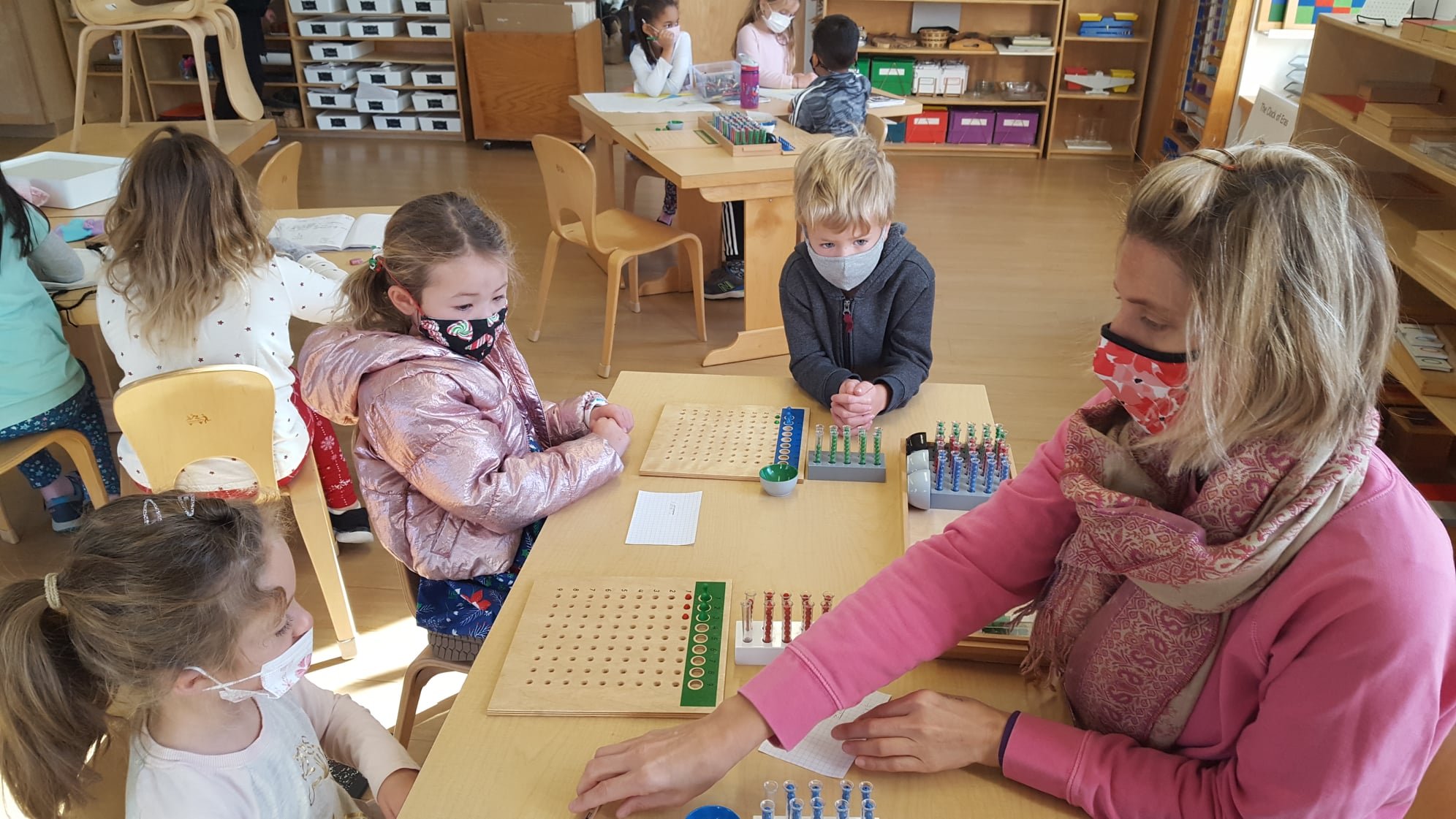

 In today’s world, emotional literacy and well-being are vital for the flourishing of our children and young adults. Montessori philosophy naturally fosters this because we care about the development of the whole child—their emotional, physical, social, and intellectual development.
In today’s world, emotional literacy and well-being are vital for the flourishing of our children and young adults. Montessori philosophy naturally fosters this because we care about the development of the whole child—their emotional, physical, social, and intellectual development. In a Montessori environment, children are encouraged to pursue their unique learning styles; they aren’t rushed to master content for tests; and there’s no pile-on homework after a long school day. Montessori does not arbitrarily confine students in a one-size-fits-all grade level. Instead it encourages children to explore and learn at their own pace—it keeps natural curiosity alive and fosters intrinsic motivation. Montessori develops intellectual tools that grant children the joy of being life-long learners.
In a Montessori environment, children are encouraged to pursue their unique learning styles; they aren’t rushed to master content for tests; and there’s no pile-on homework after a long school day. Montessori does not arbitrarily confine students in a one-size-fits-all grade level. Instead it encourages children to explore and learn at their own pace—it keeps natural curiosity alive and fosters intrinsic motivation. Montessori develops intellectual tools that grant children the joy of being life-long learners. Another way Montessori supports emotional well-being is through movement. In her work with children, Dr. Maria Montessori observed a need for movement and a drive to explore the world through the hands. We know from our own experience that we are connected body and mind. How we use our bodies affects our concentration, outlook, and emotions. Nutrition, sleep, and exercise (read, “movement”!) are critical in the development of strong mental health.
Another way Montessori supports emotional well-being is through movement. In her work with children, Dr. Maria Montessori observed a need for movement and a drive to explore the world through the hands. We know from our own experience that we are connected body and mind. How we use our bodies affects our concentration, outlook, and emotions. Nutrition, sleep, and exercise (read, “movement”!) are critical in the development of strong mental health. In the Montessori classroom, children choose where and with whom to sit—where their bodies are most comfortable working. Many of the materials in the classroom environment incorporate movement of the body. For example, children move around the classroom to gather the materials for work; they manipulate small beads to do division; they follow language commands that lead them around the environment; and they perform experiments with solids, liquids, and gasses. When children are allowed to move freely in their learning environment, we see the positive effects expressed in their enjoyment of work and their upbeat demeanor at school.
In the Montessori classroom, children choose where and with whom to sit—where their bodies are most comfortable working. Many of the materials in the classroom environment incorporate movement of the body. For example, children move around the classroom to gather the materials for work; they manipulate small beads to do division; they follow language commands that lead them around the environment; and they perform experiments with solids, liquids, and gasses. When children are allowed to move freely in their learning environment, we see the positive effects expressed in their enjoyment of work and their upbeat demeanor at school. In addition to movement, nature has a powerful effect on our mental health. Numerous studies including those cited
In addition to movement, nature has a powerful effect on our mental health. Numerous studies including those cited 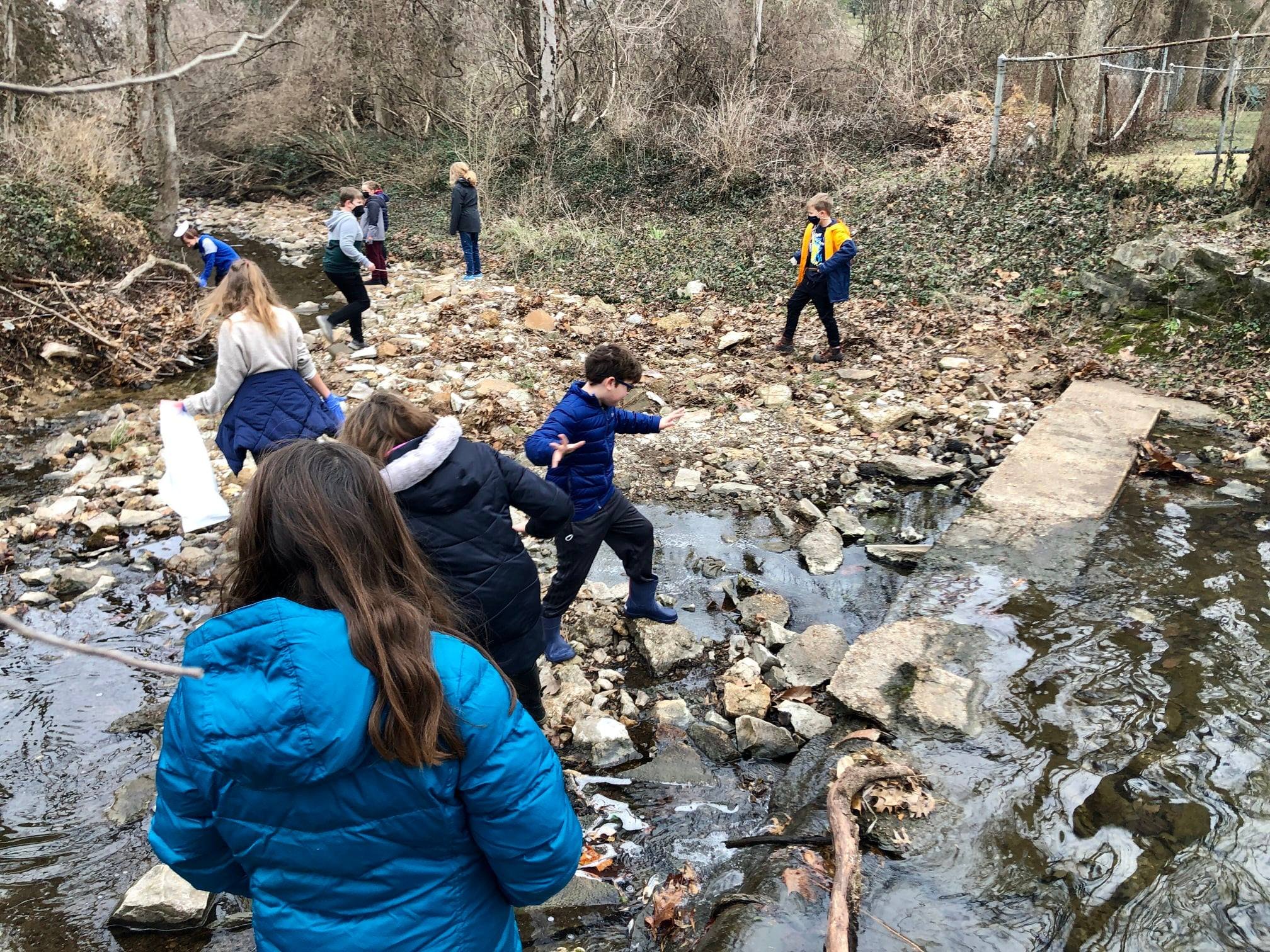 Finally, Montessori guides seamlessly weave techniques into their lessons that help children manage their challenging emotions. For example, guides model positive self-talk when a child is struggling to learn something new. They offer social scripts to help students navigate conflict; for instance, “I need some time alone before I’m ready to talk,” or “It made me feel... when you…” VdM guides employ specific lessons and work choices geared toward the development of emotional literacy as well. Some guides lead regular meditation practice, yoga, or teach breathing techniques to calm bodies and minds. Specific areas of the classroom environments are set up for children to practice calming techniques, such as a finger labyrinth or yoga poses.
Finally, Montessori guides seamlessly weave techniques into their lessons that help children manage their challenging emotions. For example, guides model positive self-talk when a child is struggling to learn something new. They offer social scripts to help students navigate conflict; for instance, “I need some time alone before I’m ready to talk,” or “It made me feel... when you…” VdM guides employ specific lessons and work choices geared toward the development of emotional literacy as well. Some guides lead regular meditation practice, yoga, or teach breathing techniques to calm bodies and minds. Specific areas of the classroom environments are set up for children to practice calming techniques, such as a finger labyrinth or yoga poses.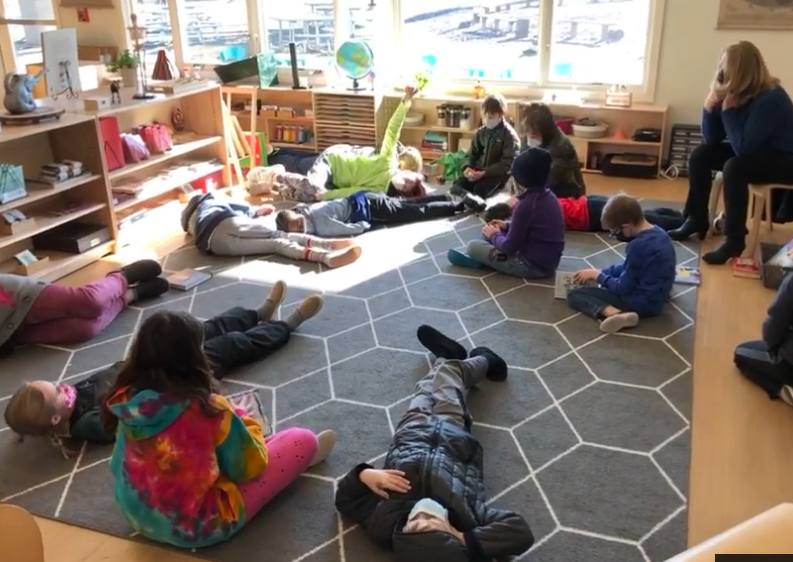 The wheel of emotions is a beautiful material that gives students a robust understanding of their feelings and those around them.
The wheel of emotions is a beautiful material that gives students a robust understanding of their feelings and those around them.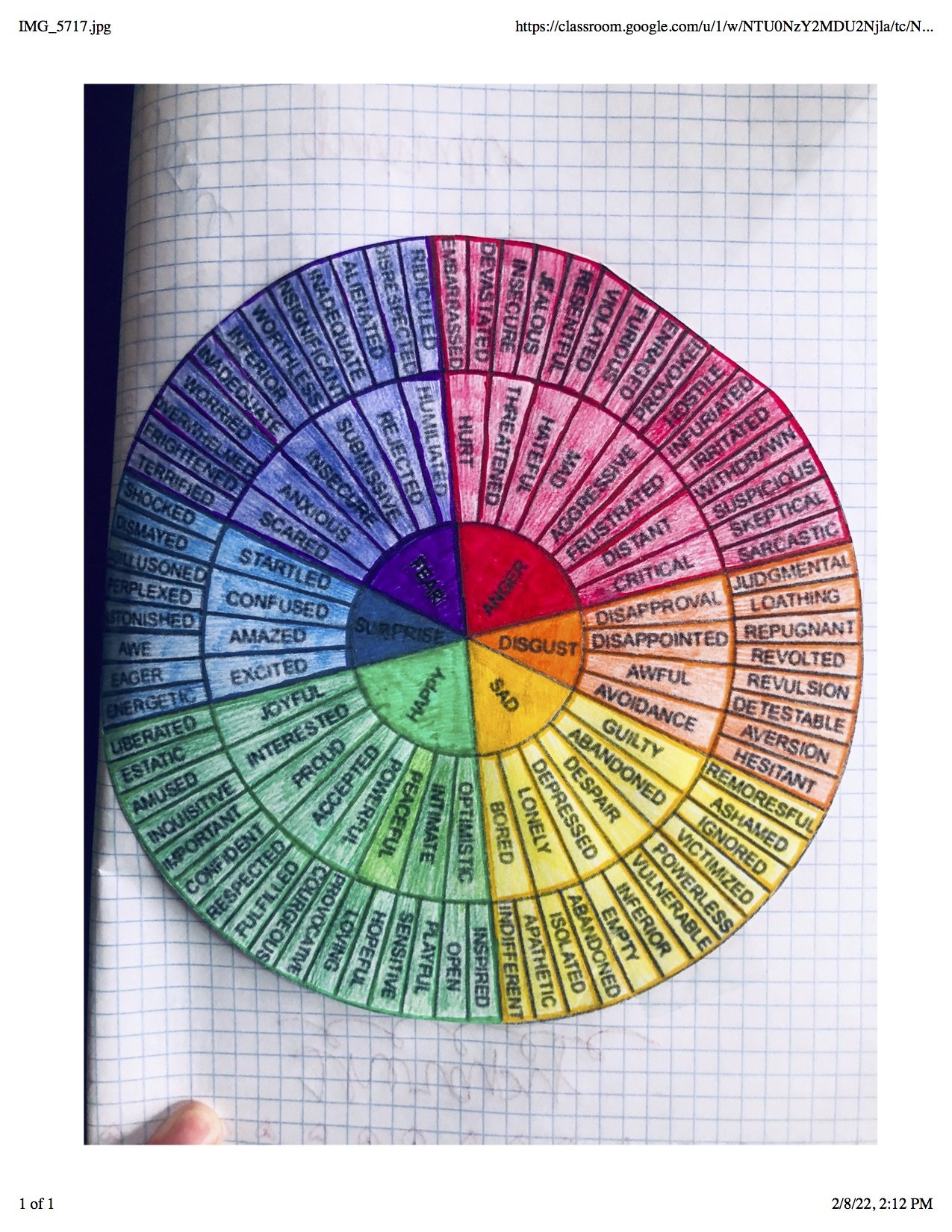 At Villa di Maria we are grateful to accompany each child in their unique journey and contribute to the prioritization of emotional literacy and well-being in education and our world. We are raising future leaders that care about the individual and all the complex facets of human beings.
At Villa di Maria we are grateful to accompany each child in their unique journey and contribute to the prioritization of emotional literacy and well-being in education and our world. We are raising future leaders that care about the individual and all the complex facets of human beings.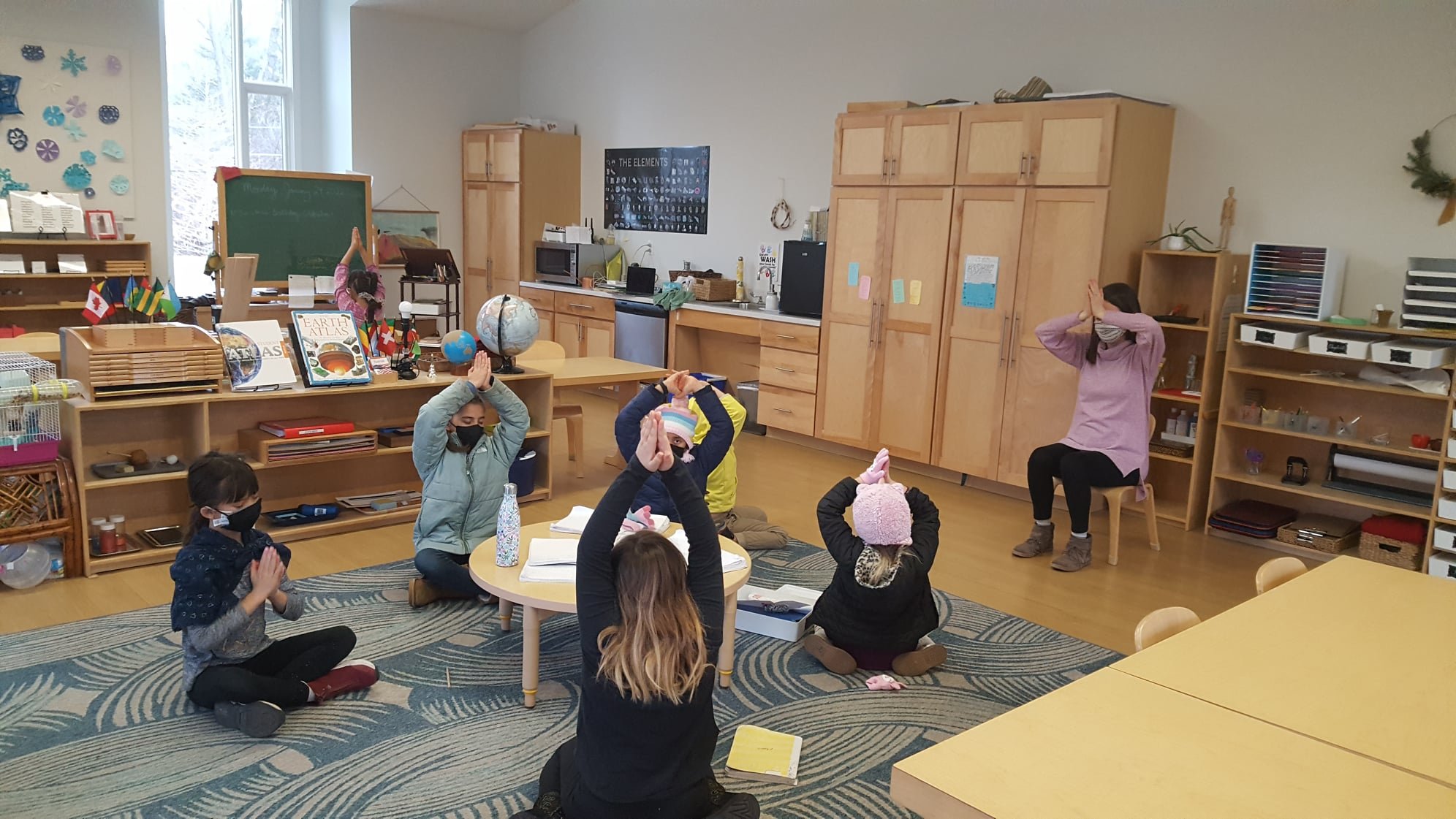
 The very best part of Villa di Maria is our people. Our community of families, faculty and staff is something to be proud of. In this series, We are VdM, we’ll highlight the energies, talents, humor and wisdom of some of our amazing people. Today we'll meet Jaime, Chris, Tommy and Oliver Macke who joined VdM in 2015. Tommy is in his third year in the Checkerboard Lower Elementary classroom and Oliver just started this year in the Young Children's Community.Villa di Maria: Tell us a bit
The very best part of Villa di Maria is our people. Our community of families, faculty and staff is something to be proud of. In this series, We are VdM, we’ll highlight the energies, talents, humor and wisdom of some of our amazing people. Today we'll meet Jaime, Chris, Tommy and Oliver Macke who joined VdM in 2015. Tommy is in his third year in the Checkerboard Lower Elementary classroom and Oliver just started this year in the Young Children's Community.Villa di Maria: Tell us a bit 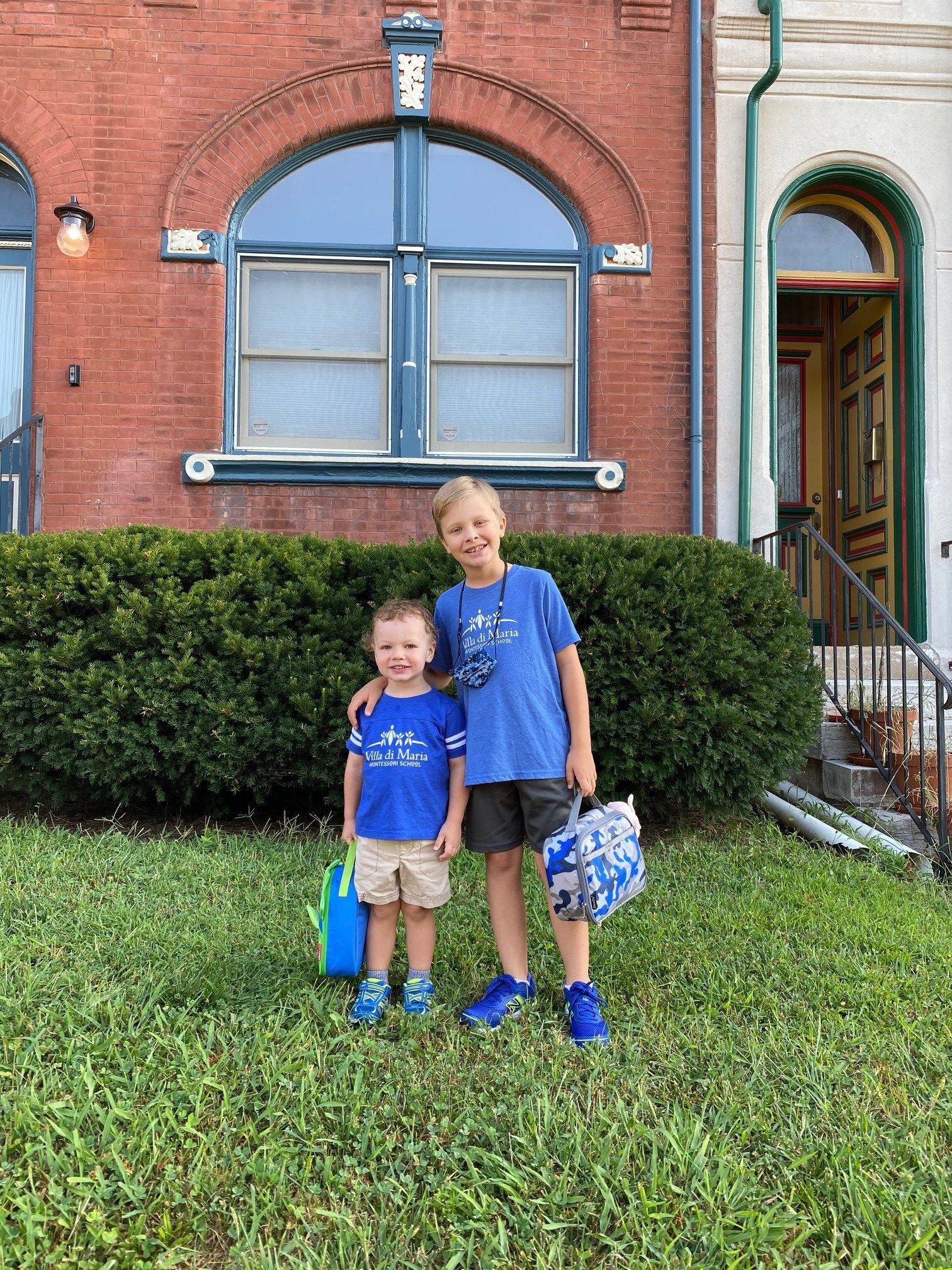 VdM: Tell us about your backgrounds, what do you and your spouse do career-wise? Jaime: I studied Spanish at SIUE and abroad at a university near Mexico City; I also have a Masters in English from SIUE. I work at a pharmaceutical company as a global business director, but language is still my true passion! Chris received his degree in Business at UMSL and was previously also in the corporate world, working in a global sales management position. But both of us having jobs with lots of international travel was getting to be too much for our family. So last summer, Chris exchanged his corporate job for a stay-at-home dad title, and we haven’t looked back! I have no idea how we would have gotten through this year if we hadn’t made that change. Chris’s passion is acting and movie production, so he and some local contacts formed a partnership and they’re working on producing a film.VdM: Do you have any hobbies? How do you and your family enjoy spending your spare time?Jaime: We travel a lot (or, we did) and it’s our favorite thing to do! We love taking the boys to new places. Our family also loves the water, so we do a lot of swimming year round. At home, we walk to parks when the weather cooperates and when it doesn’t, we do a lot of game and movie nights. Both boys have a LOT of energy, so we try to stay busy ?.
VdM: Tell us about your backgrounds, what do you and your spouse do career-wise? Jaime: I studied Spanish at SIUE and abroad at a university near Mexico City; I also have a Masters in English from SIUE. I work at a pharmaceutical company as a global business director, but language is still my true passion! Chris received his degree in Business at UMSL and was previously also in the corporate world, working in a global sales management position. But both of us having jobs with lots of international travel was getting to be too much for our family. So last summer, Chris exchanged his corporate job for a stay-at-home dad title, and we haven’t looked back! I have no idea how we would have gotten through this year if we hadn’t made that change. Chris’s passion is acting and movie production, so he and some local contacts formed a partnership and they’re working on producing a film.VdM: Do you have any hobbies? How do you and your family enjoy spending your spare time?Jaime: We travel a lot (or, we did) and it’s our favorite thing to do! We love taking the boys to new places. Our family also loves the water, so we do a lot of swimming year round. At home, we walk to parks when the weather cooperates and when it doesn’t, we do a lot of game and movie nights. Both boys have a LOT of energy, so we try to stay busy ?.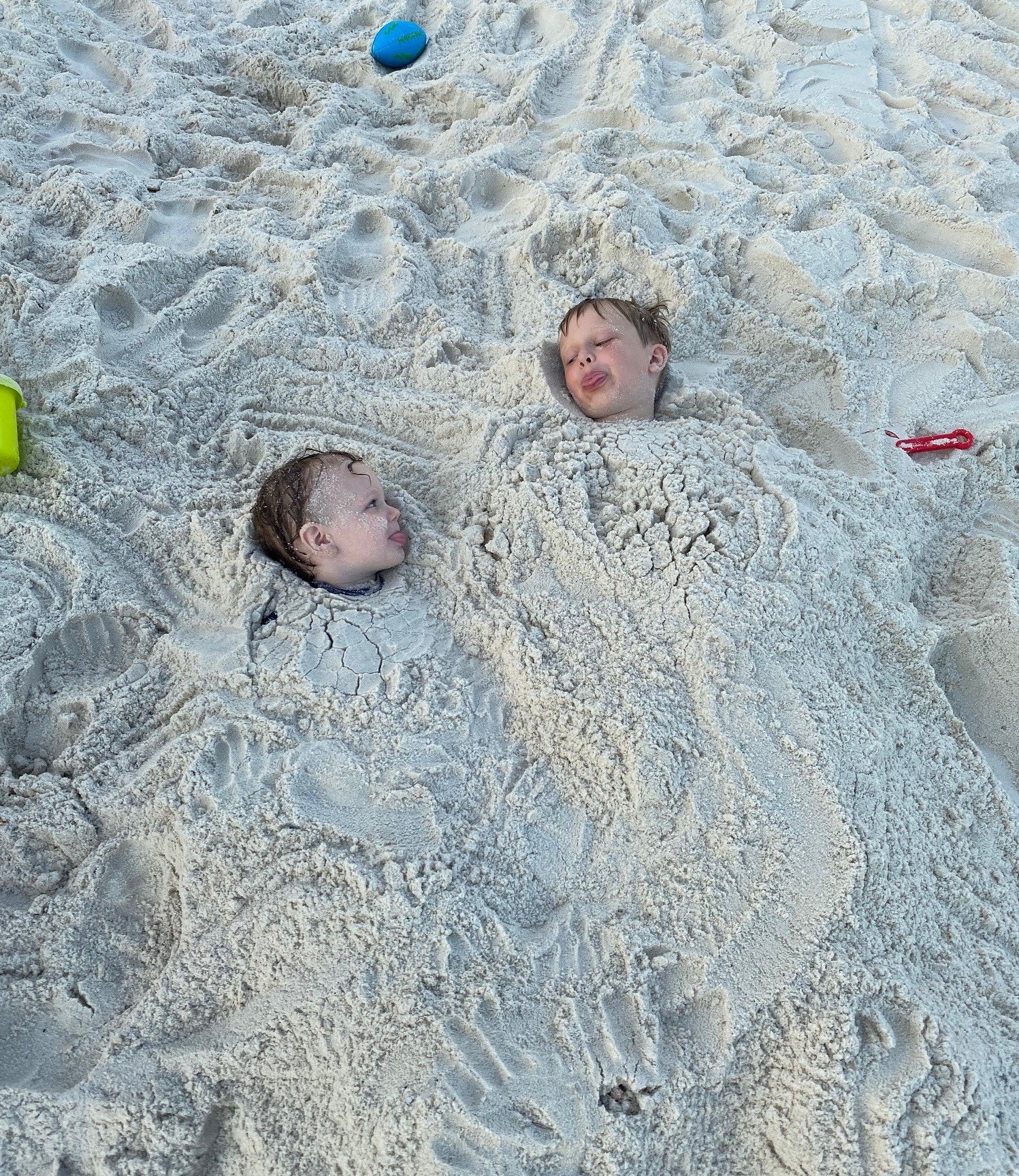 VdM: What are you most looking forward to this school year?Jaime: We are honestly just so happy that our boys have the opportunity to be in school. Distance learning, even with one of us being a full-time stay-at-home parent, was challenging for our family, and Tommy really loves being in his classroom, working with his peers. We’re also super excited that Oliver has been able to join Villa in the YCC. We were so excited when the program was announced and we couldn’t have been happier when we learned that he would be with Reghan and Jess every day (Tommy had a wonderful experience in their primary environment!). Oliver really loves being at Villa and has been thriving in the new environment!
VdM: What are you most looking forward to this school year?Jaime: We are honestly just so happy that our boys have the opportunity to be in school. Distance learning, even with one of us being a full-time stay-at-home parent, was challenging for our family, and Tommy really loves being in his classroom, working with his peers. We’re also super excited that Oliver has been able to join Villa in the YCC. We were so excited when the program was announced and we couldn’t have been happier when we learned that he would be with Reghan and Jess every day (Tommy had a wonderful experience in their primary environment!). Oliver really loves being at Villa and has been thriving in the new environment!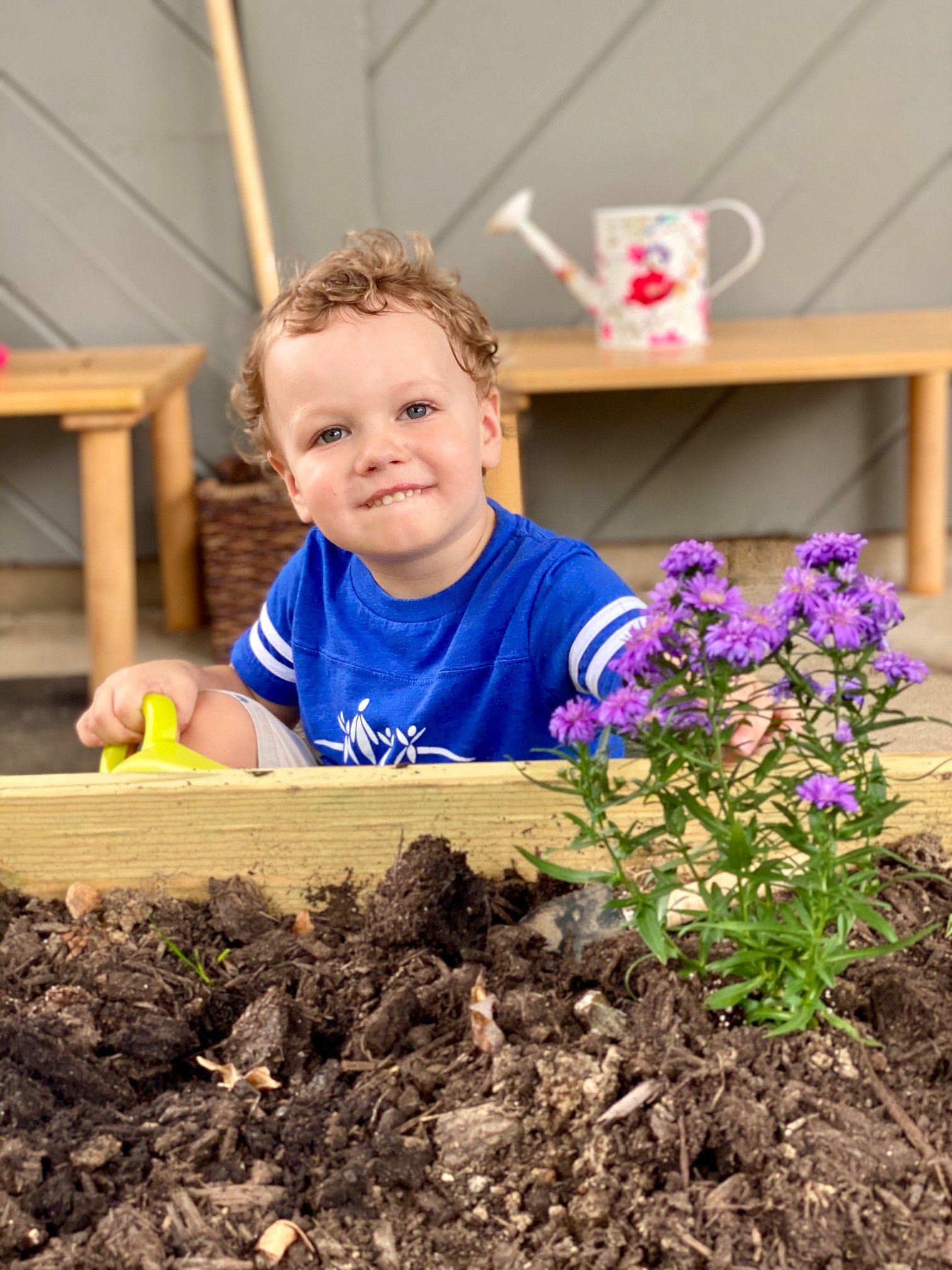
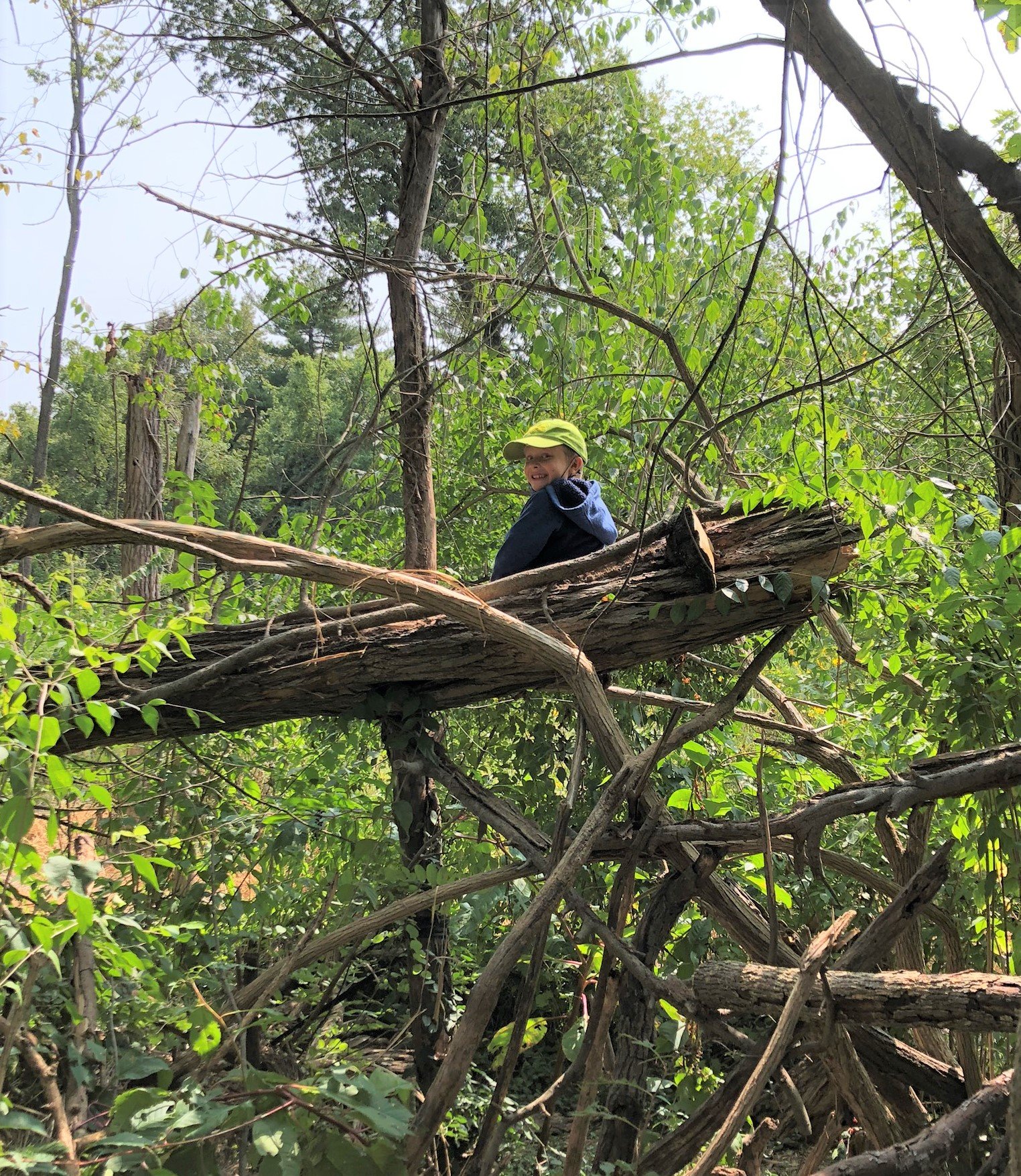 VdM: A question for Tommy - What is one of your favorite memories of Villa di Maria, so far? Tommy: When I moved up to Lower Elementary and found out that I was in the same class as my friends!
VdM: A question for Tommy - What is one of your favorite memories of Villa di Maria, so far? Tommy: When I moved up to Lower Elementary and found out that I was in the same class as my friends!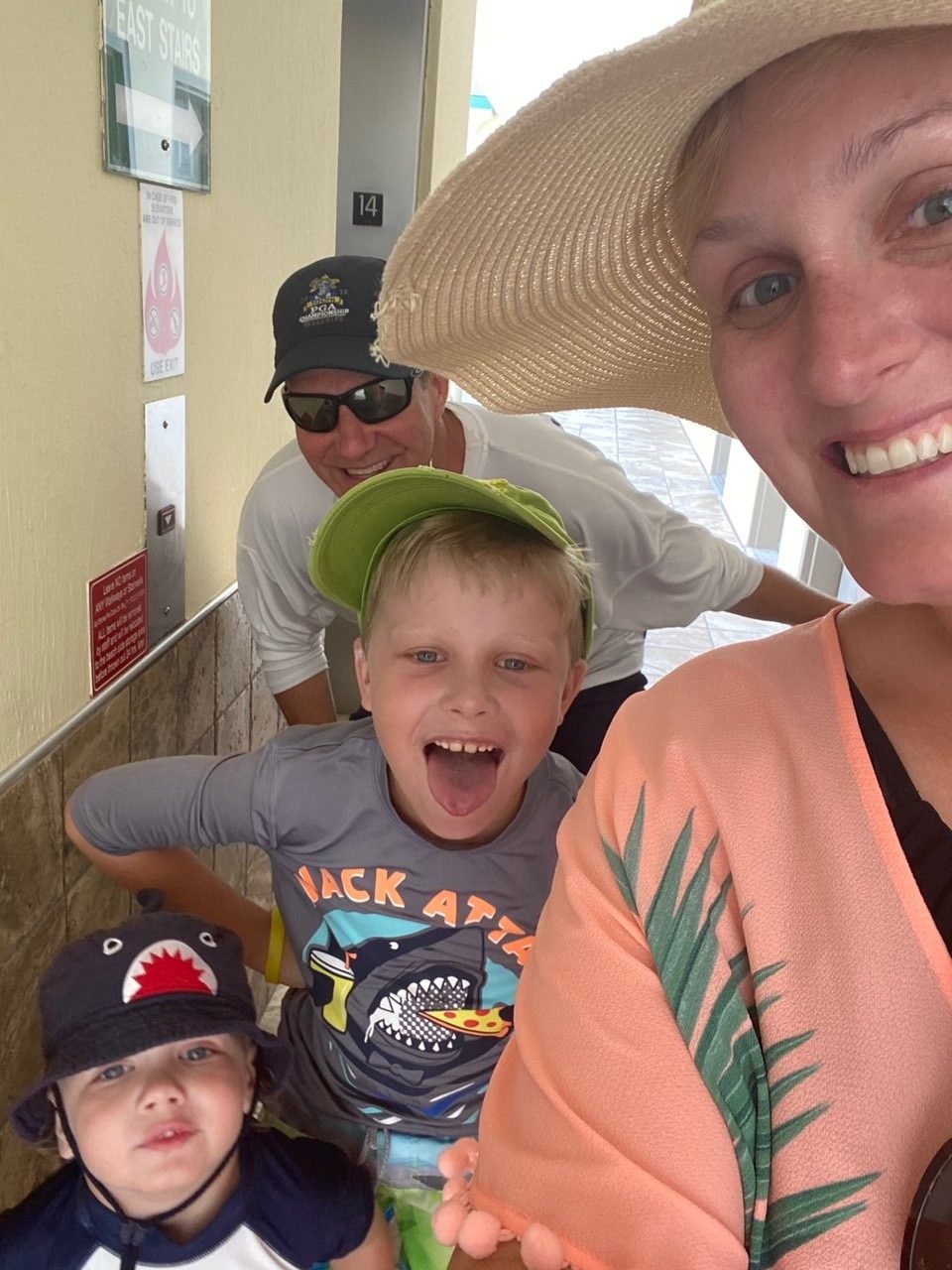
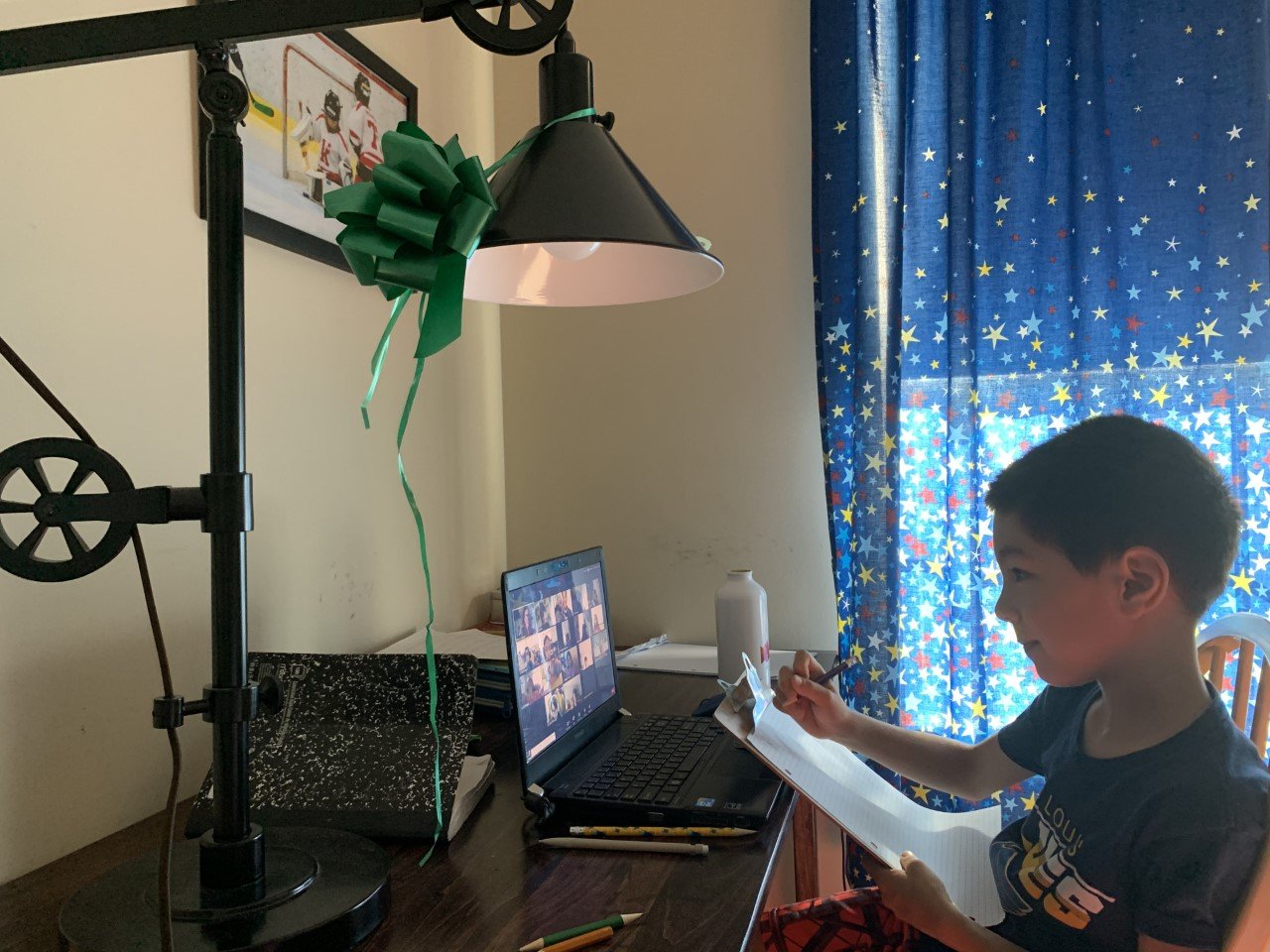 When the pandemic led us to close our campus back in March, right at the start of Spring Break, our incredible and dedicated guides worked at lightening speed to create distance-learning plans for each of our levels. I am not exaggerating when I write that the guides worked straight through Spring Break—around the clock—to convert their homes into distance learning studios. They prepared videos, materials, lesson plans and schedules to keep our student communities connected and learning.At the time, the distance learning plans were meant to be very temporary, to hold us over for a couple of weeks until we would back on campus. Then those weeks turned into more weeks and then months—and we closed out our school year online. Being apart, away from campus, was not what any of us wanted but our guides, assistants, students and parents took on the challenge, dedicated to keeping our children learning and our community strong, and jumped whole-heartedly into daily online class meetings, lessons, book club gatherings, social hours, sing-alongs and read-alouds. The last months of school were a whirlwind, but
When the pandemic led us to close our campus back in March, right at the start of Spring Break, our incredible and dedicated guides worked at lightening speed to create distance-learning plans for each of our levels. I am not exaggerating when I write that the guides worked straight through Spring Break—around the clock—to convert their homes into distance learning studios. They prepared videos, materials, lesson plans and schedules to keep our student communities connected and learning.At the time, the distance learning plans were meant to be very temporary, to hold us over for a couple of weeks until we would back on campus. Then those weeks turned into more weeks and then months—and we closed out our school year online. Being apart, away from campus, was not what any of us wanted but our guides, assistants, students and parents took on the challenge, dedicated to keeping our children learning and our community strong, and jumped whole-heartedly into daily online class meetings, lessons, book club gatherings, social hours, sing-alongs and read-alouds. The last months of school were a whirlwind, but 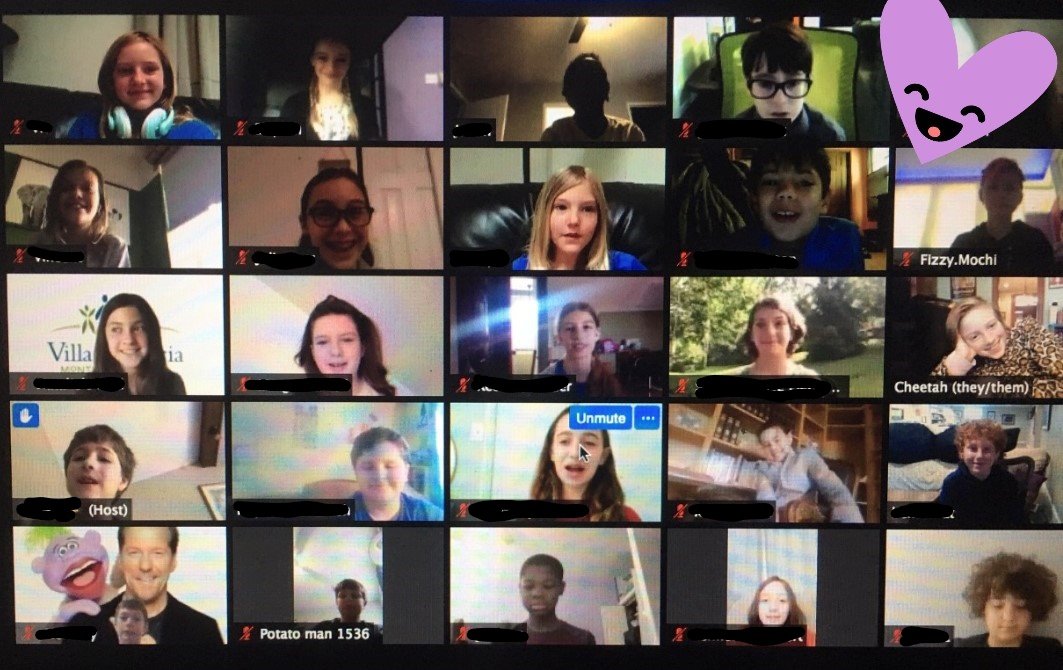
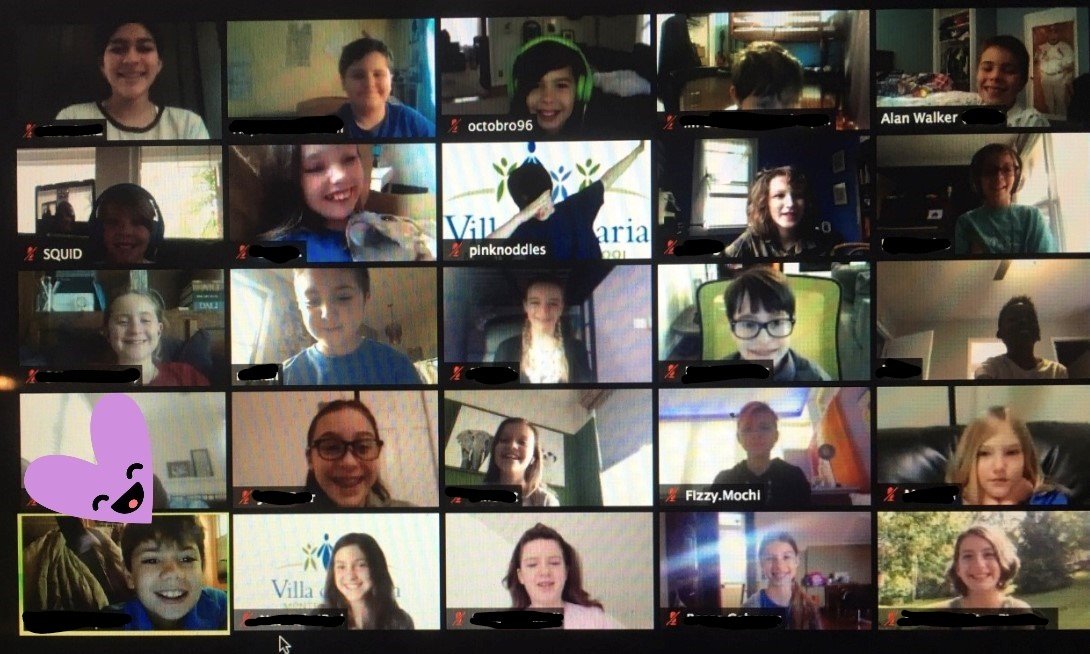 And it's a good thing we did because we are here, a few weeks into the 2020-2021 school year, and the pandemic is still going strong. Thanks to the hard work our people put in last spring—not to mention the planning, preparing, discussing and tweaking put in by our elementary guides over the summer—we were able to start this school year with a distance-learning option for our elementary students.As we showed you
And it's a good thing we did because we are here, a few weeks into the 2020-2021 school year, and the pandemic is still going strong. Thanks to the hard work our people put in last spring—not to mention the planning, preparing, discussing and tweaking put in by our elementary guides over the summer—we were able to start this school year with a distance-learning option for our elementary students.As we showed you 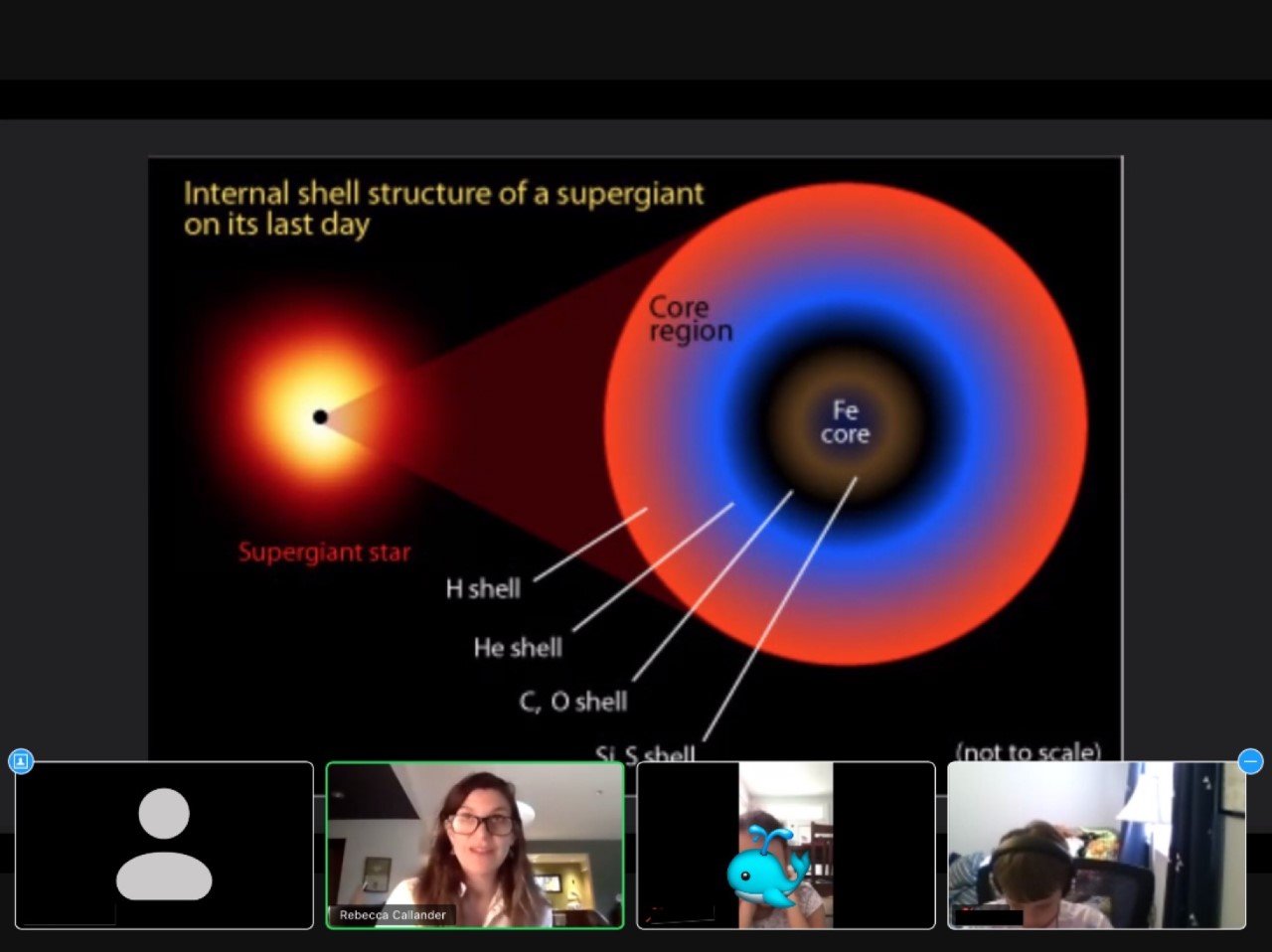 This year's elementary program is led by Guide Rebecca Callander, who is online with Lower and Upper Elementary students every day. Distance learning students follow daily and weekly schedules of class meetings, lessons, smaller group meetings and conferences.
This year's elementary program is led by Guide Rebecca Callander, who is online with Lower and Upper Elementary students every day. Distance learning students follow daily and weekly schedules of class meetings, lessons, smaller group meetings and conferences.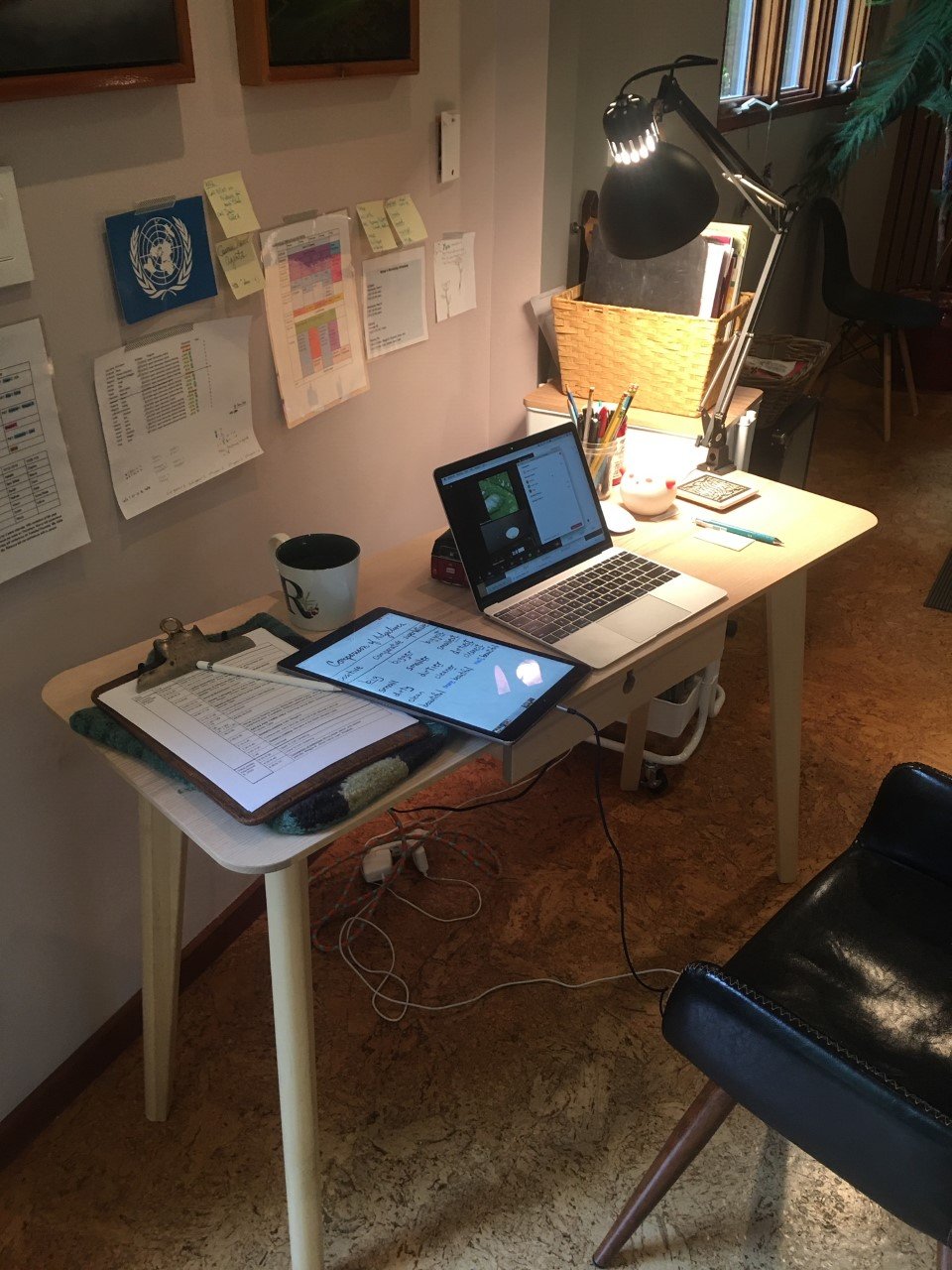
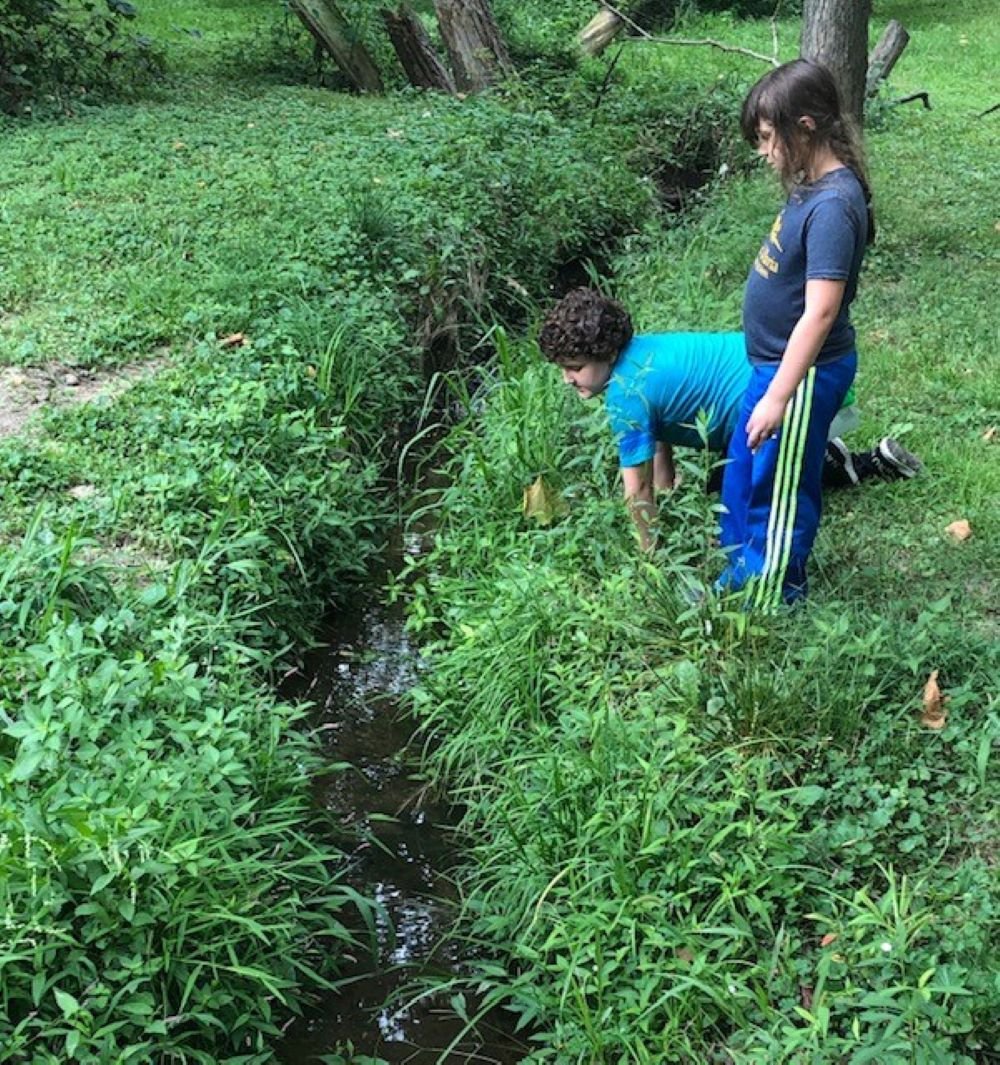 One day we will all be on campus again. But until then, we are pretty happy and pretty proud to have a community of guides, assistants, admin staff and parents who are keeping us—all of us—together.
One day we will all be on campus again. But until then, we are pretty happy and pretty proud to have a community of guides, assistants, admin staff and parents who are keeping us—all of us—together.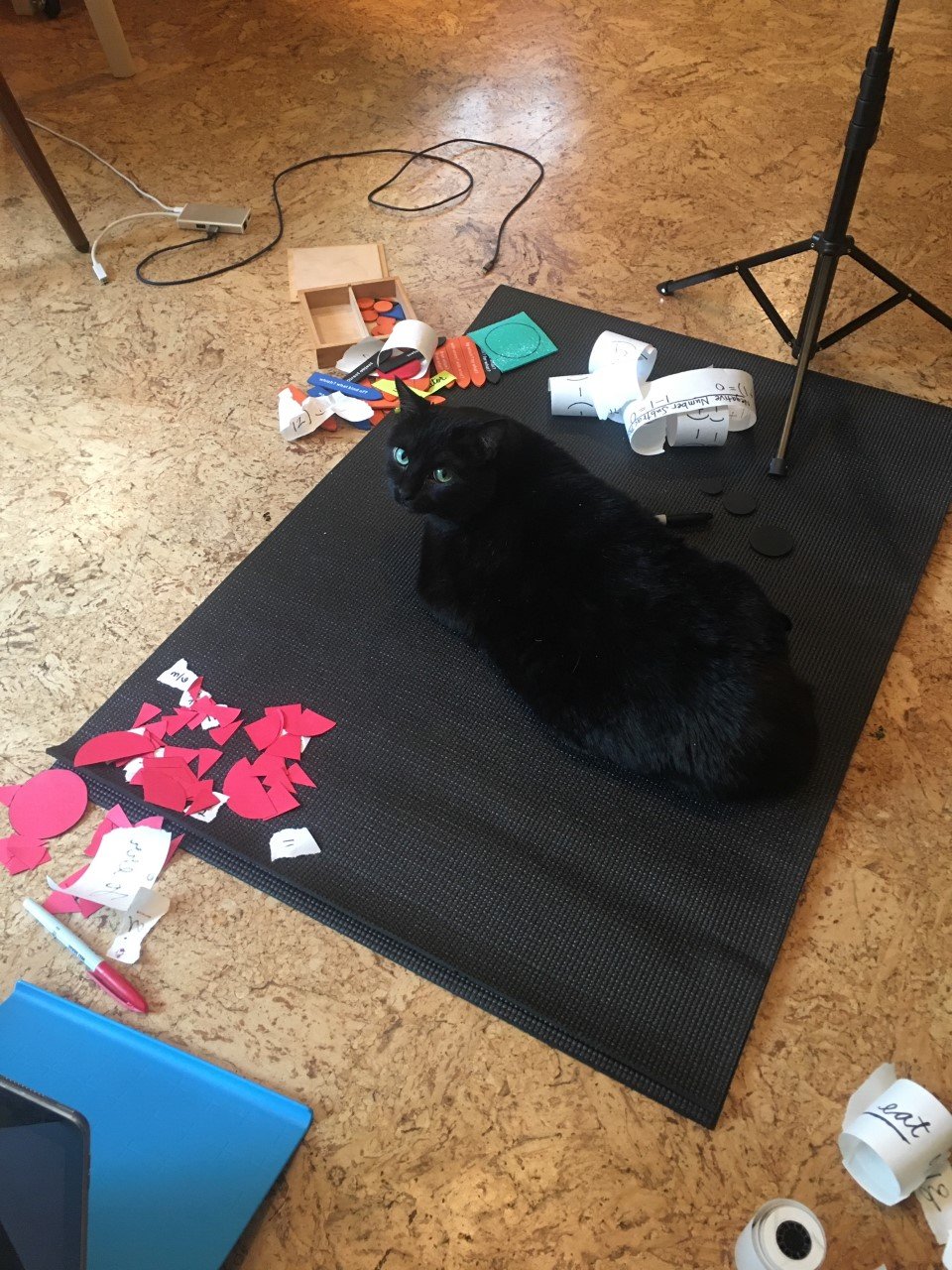 Many thanks to Rebecca Callander, Winston Liddy, Sophie Andre and Laura Wheeler for the photos.
Many thanks to Rebecca Callander, Winston Liddy, Sophie Andre and Laura Wheeler for the photos.
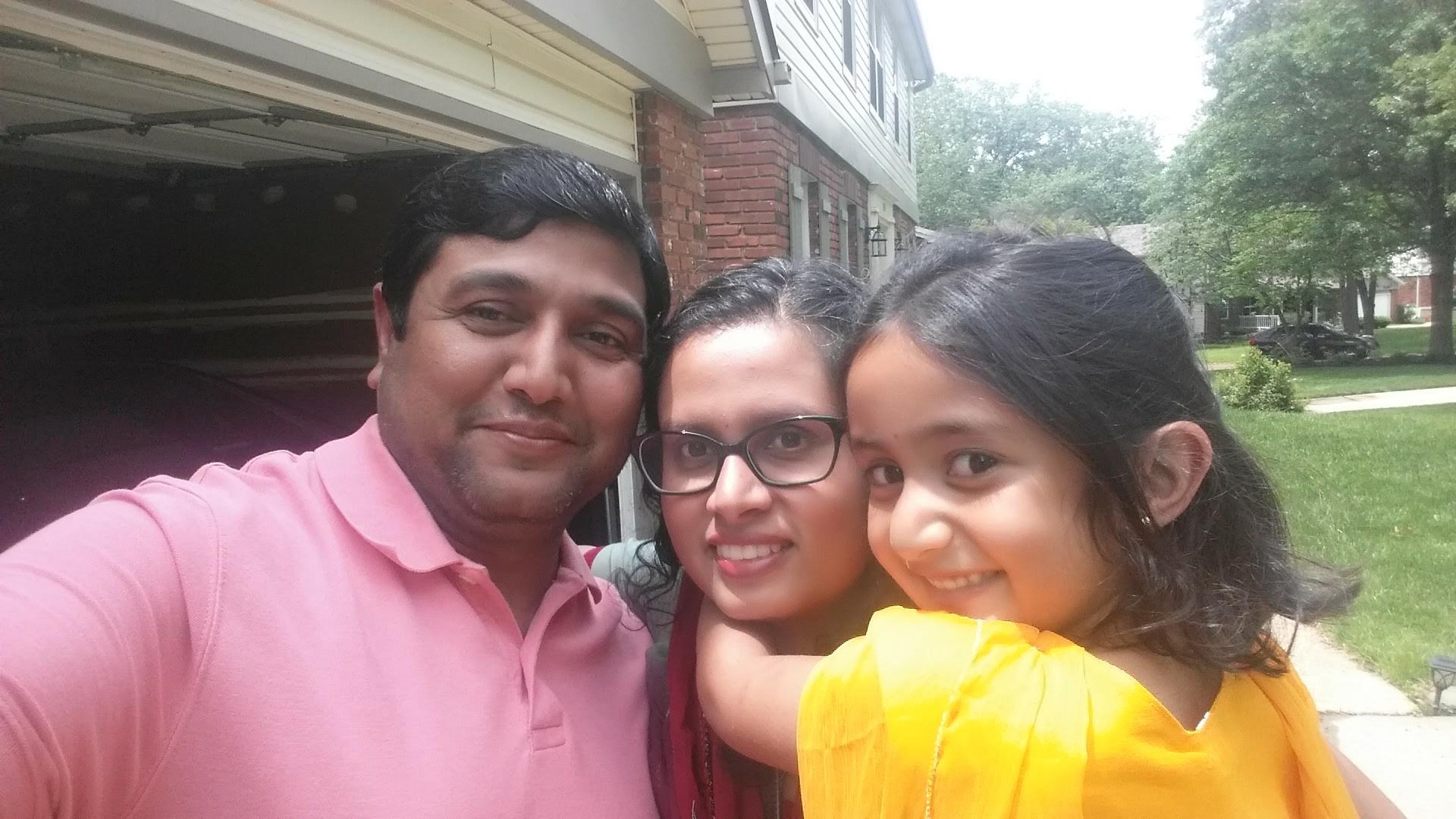 The very best part of Villa di Maria is our people. Our community of families, faculty and staff is something to be proud of and something to hold onto during our school's pandemic closure. In this series, We are VdM, we’ll highlight the energies, talents, humor and wisdom of some of our amazing people—and we'll stay connected!Today, we'll meet
The very best part of Villa di Maria is our people. Our community of families, faculty and staff is something to be proud of and something to hold onto during our school's pandemic closure. In this series, We are VdM, we’ll highlight the energies, talents, humor and wisdom of some of our amazing people—and we'll stay connected!Today, we'll meet 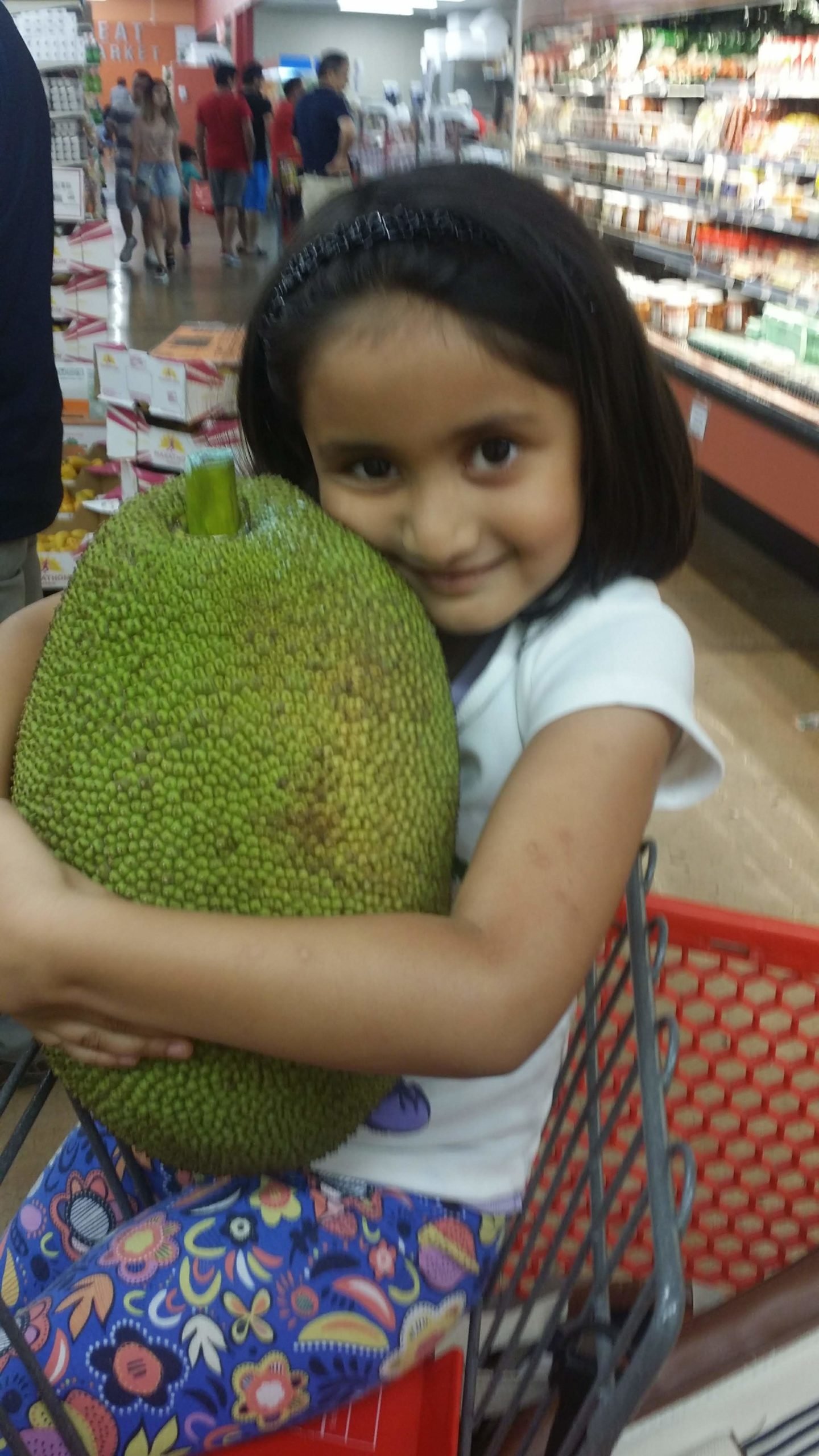 Villa di Maria: Tell us a bit about your family.Padmanabh: We are a family of three—
Villa di Maria: Tell us a bit about your family.Padmanabh: We are a family of three—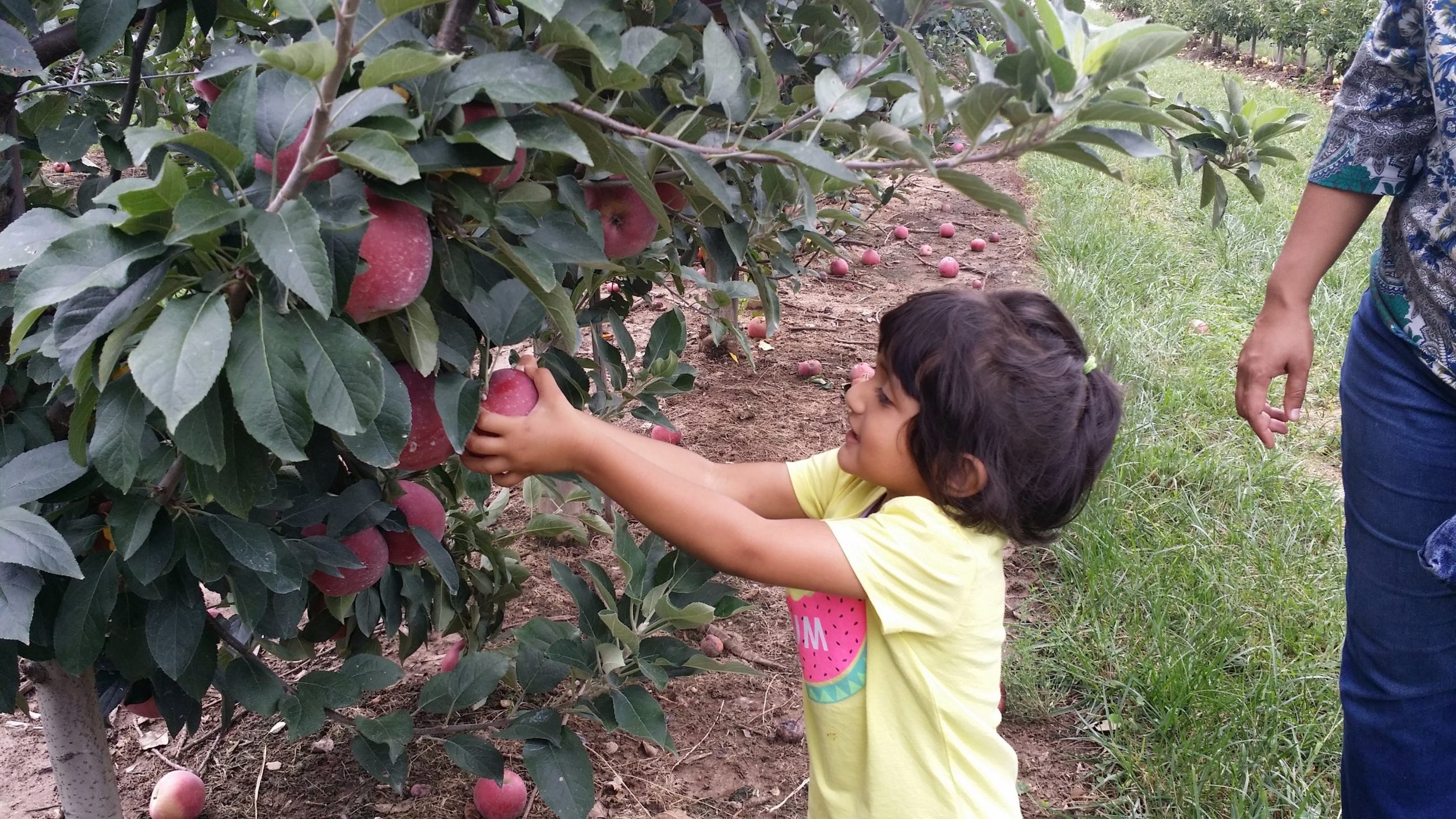
 VdM: How did you find Montessori and what brought you to VdM?
VdM: How did you find Montessori and what brought you to VdM?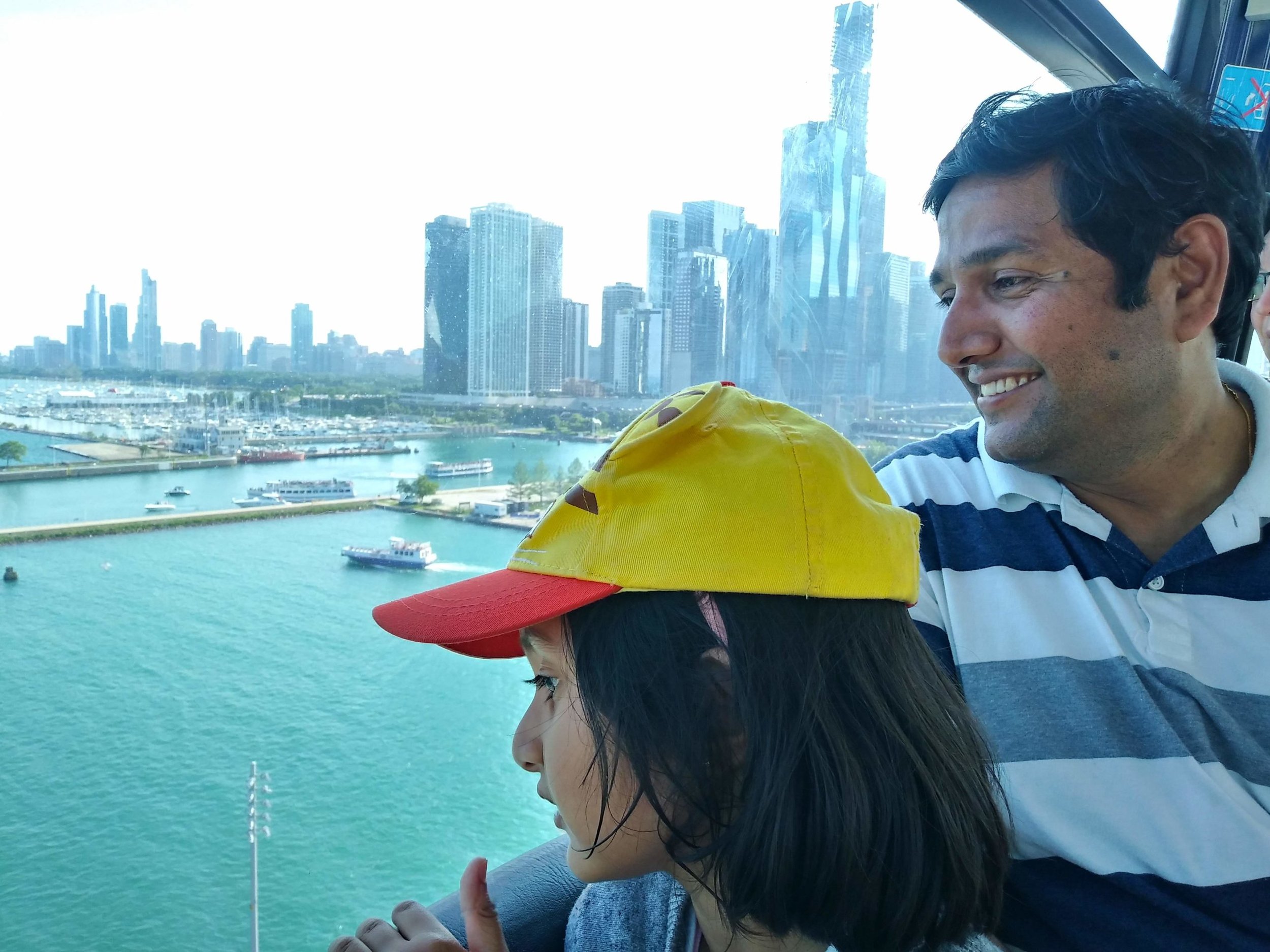 VdM: What do you and your spouse do, career-wise?
VdM: What do you and your spouse do, career-wise?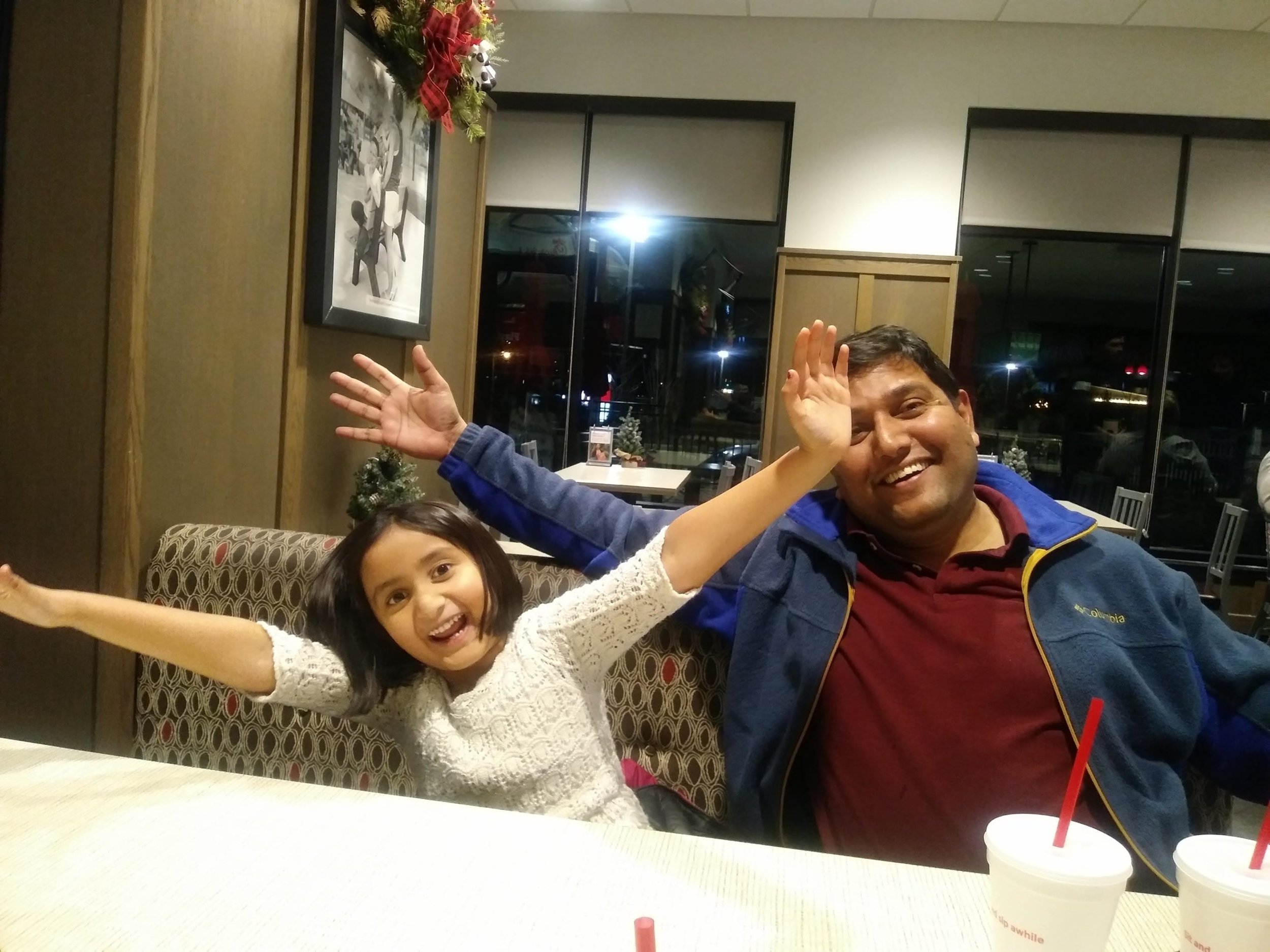 VdM: What is something your family is doing to make the most of this extended break?
VdM: What is something your family is doing to make the most of this extended break?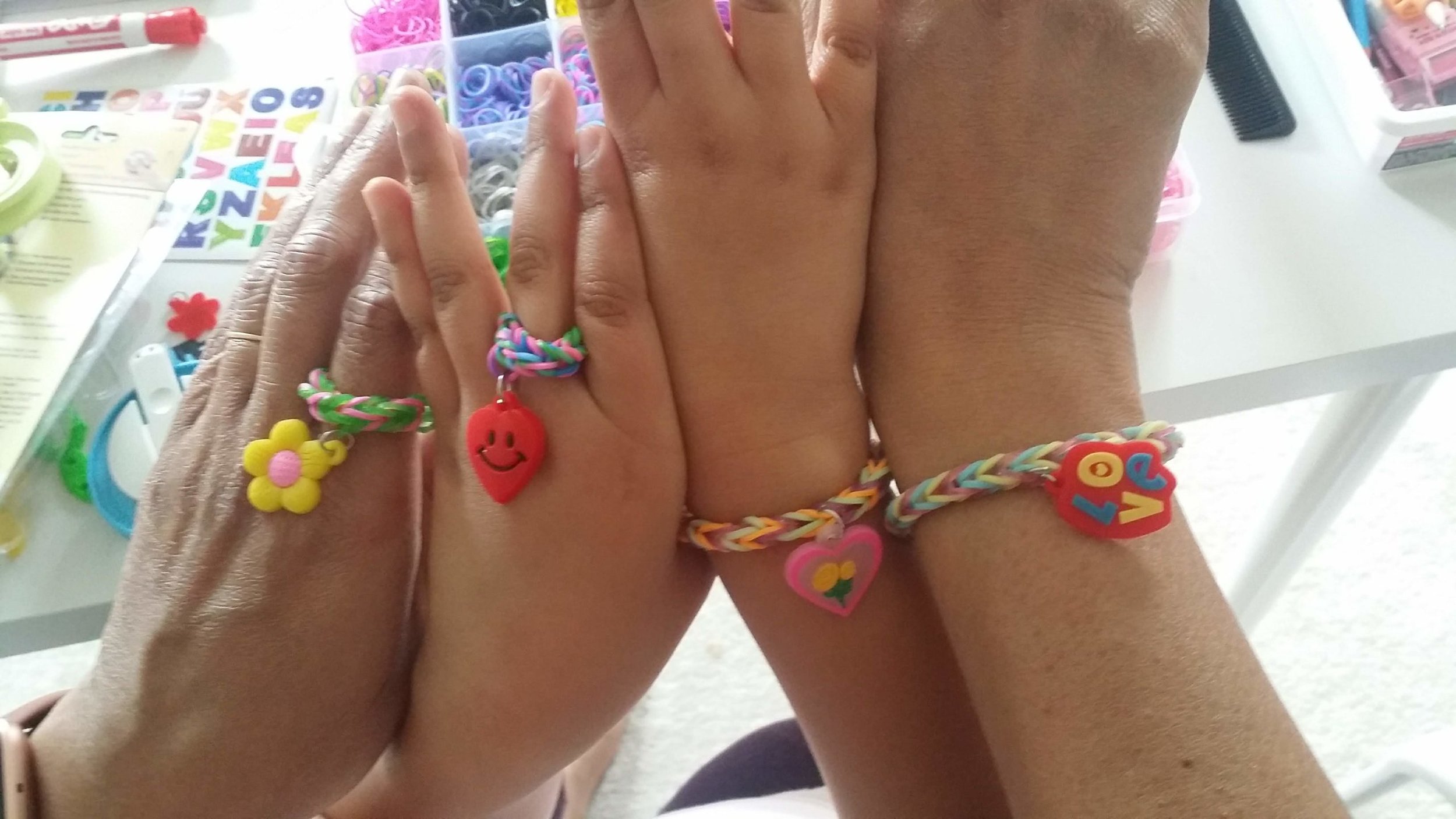
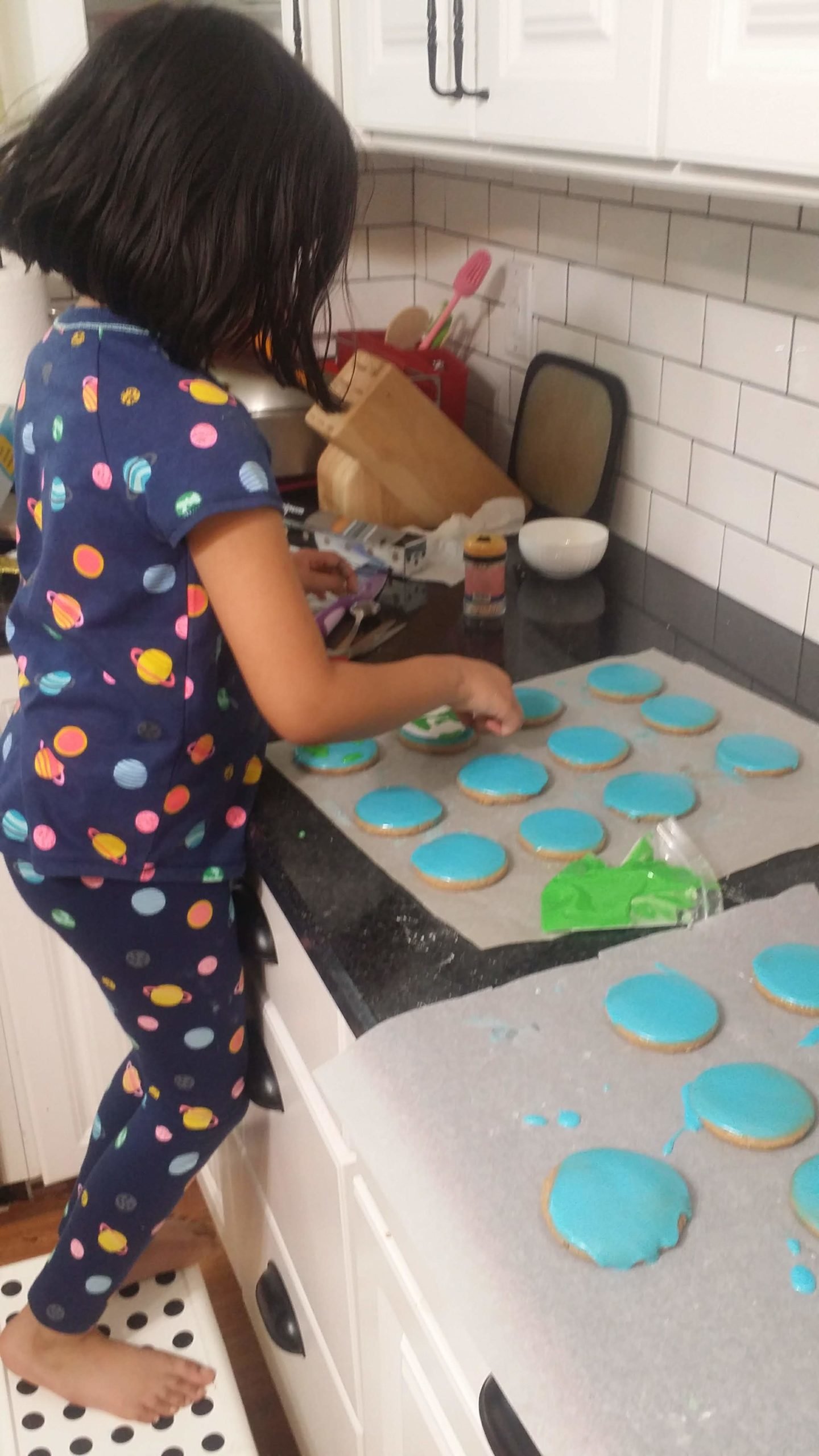
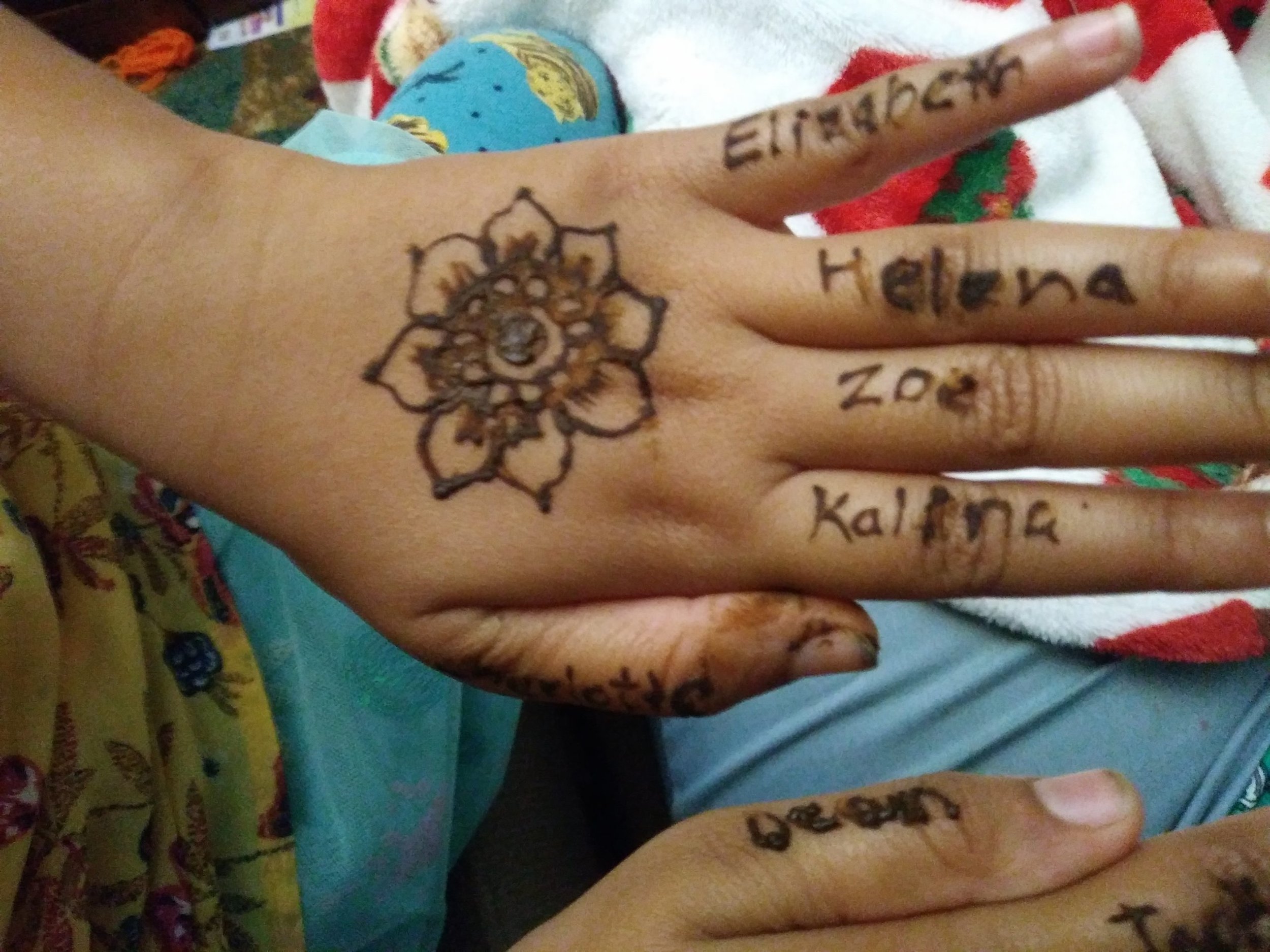 VdM: A question for Adu - If you could snap your fingers and go anywhere in the world for one day, where would you go, and why?Adu: Of course India, because that is where my grandparents live and my cousins' parents and cousins live.
VdM: A question for Adu - If you could snap your fingers and go anywhere in the world for one day, where would you go, and why?Adu: Of course India, because that is where my grandparents live and my cousins' parents and cousins live.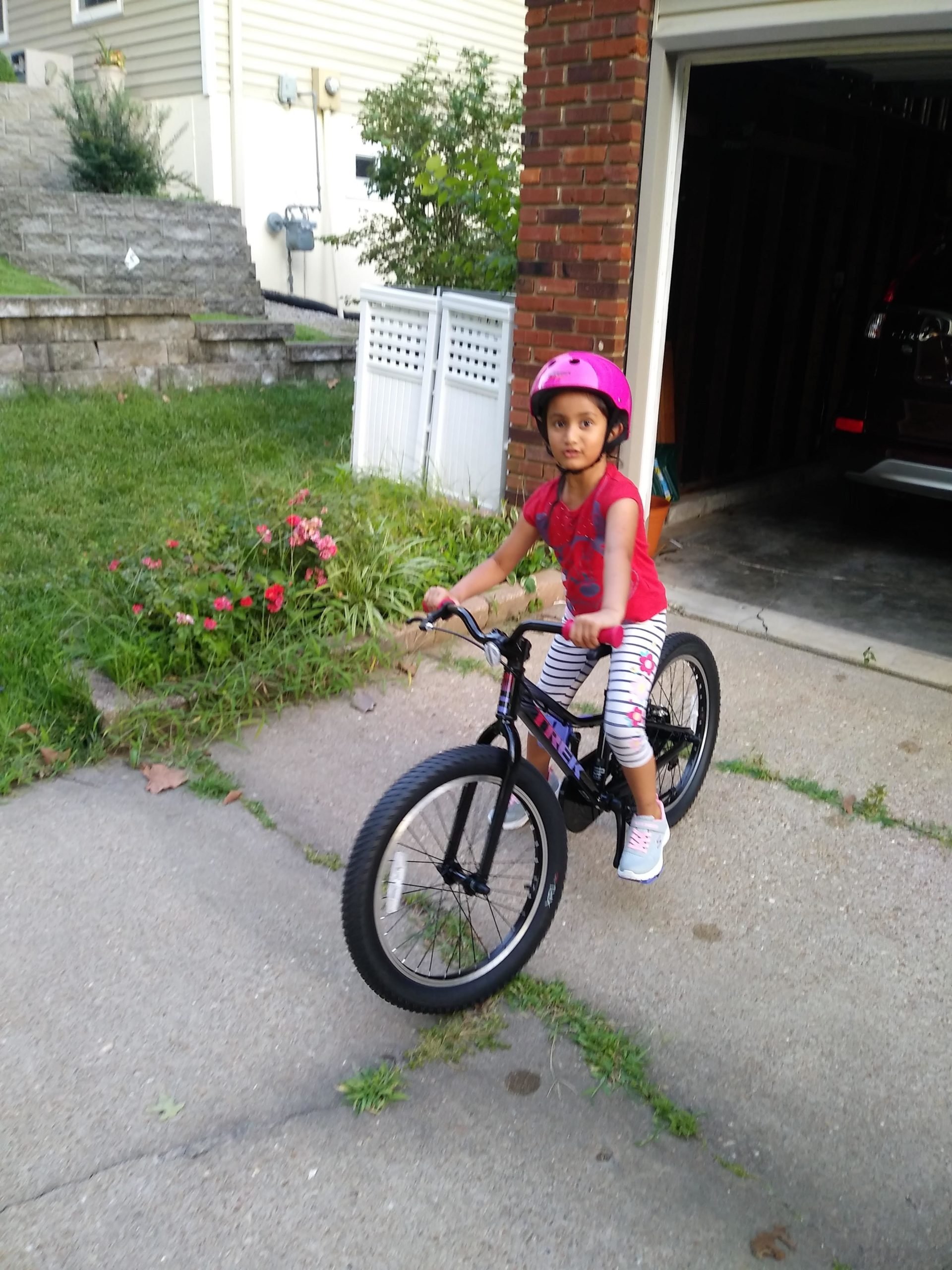
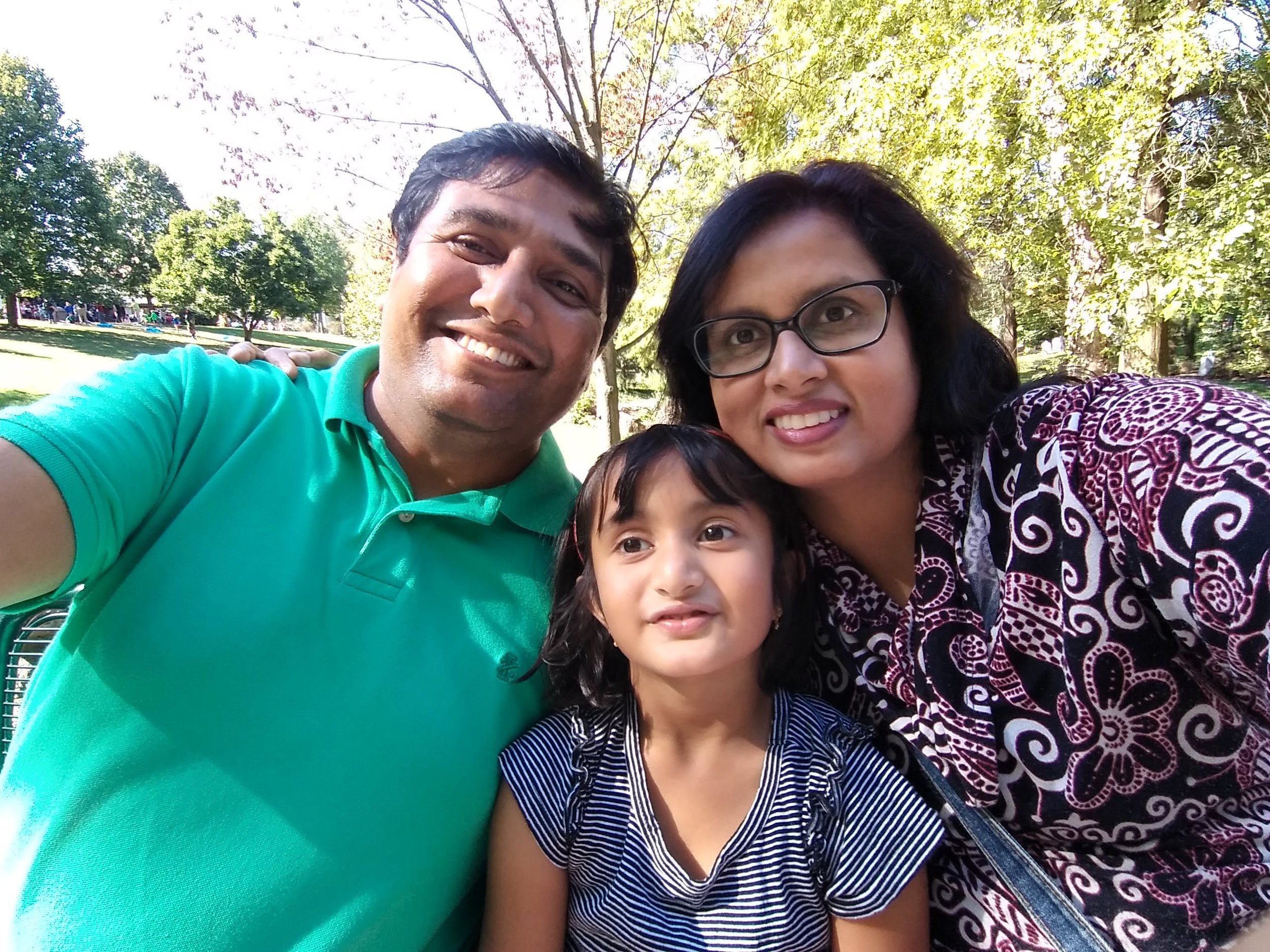 Thank you, Padmanabh, Roopa and Adu! We are so happy to have you in the VdM community!Photos courtesy of the Desai family.
Thank you, Padmanabh, Roopa and Adu! We are so happy to have you in the VdM community!Photos courtesy of the Desai family.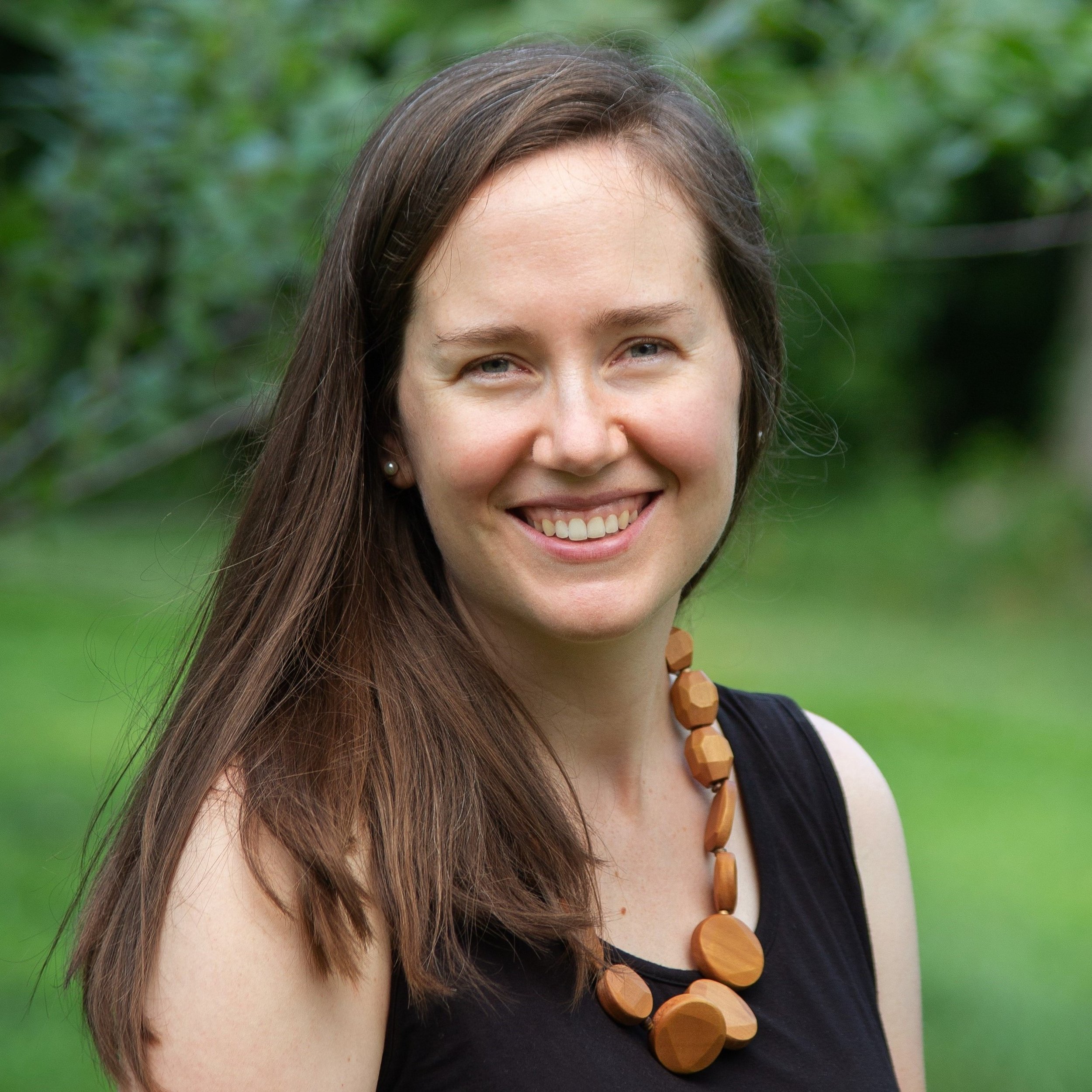 The very best part of Villa di Maria is our people. Our community of families, faculty and staff is something to be proud of. In this series, We are VdM, we’ll highlight the energies, talents, humor and wisdom of some of our amazing people. Today, we’ll meet Sarah Moscicke, guide in the Lower Elementary Racks & Tubes classroom. Sarah joined Villa di Maria at the beginning of this school year, having returned to her hometown of St. Louis after serving as an elementary guide for three years in Milwaukee. She holds a BA in communication and theater from Wheaton College, an AMI diploma at the elementary level and a MA in education from Loyola University Maryland. Sarah brings her background in theater and music to her dramatic storytelling and inspiring lessons in the classroom. She enjoys discovering each child's unique gifts and assisting them toward the development of their full potential.
The very best part of Villa di Maria is our people. Our community of families, faculty and staff is something to be proud of. In this series, We are VdM, we’ll highlight the energies, talents, humor and wisdom of some of our amazing people. Today, we’ll meet Sarah Moscicke, guide in the Lower Elementary Racks & Tubes classroom. Sarah joined Villa di Maria at the beginning of this school year, having returned to her hometown of St. Louis after serving as an elementary guide for three years in Milwaukee. She holds a BA in communication and theater from Wheaton College, an AMI diploma at the elementary level and a MA in education from Loyola University Maryland. Sarah brings her background in theater and music to her dramatic storytelling and inspiring lessons in the classroom. She enjoys discovering each child's unique gifts and assisting them toward the development of their full potential.
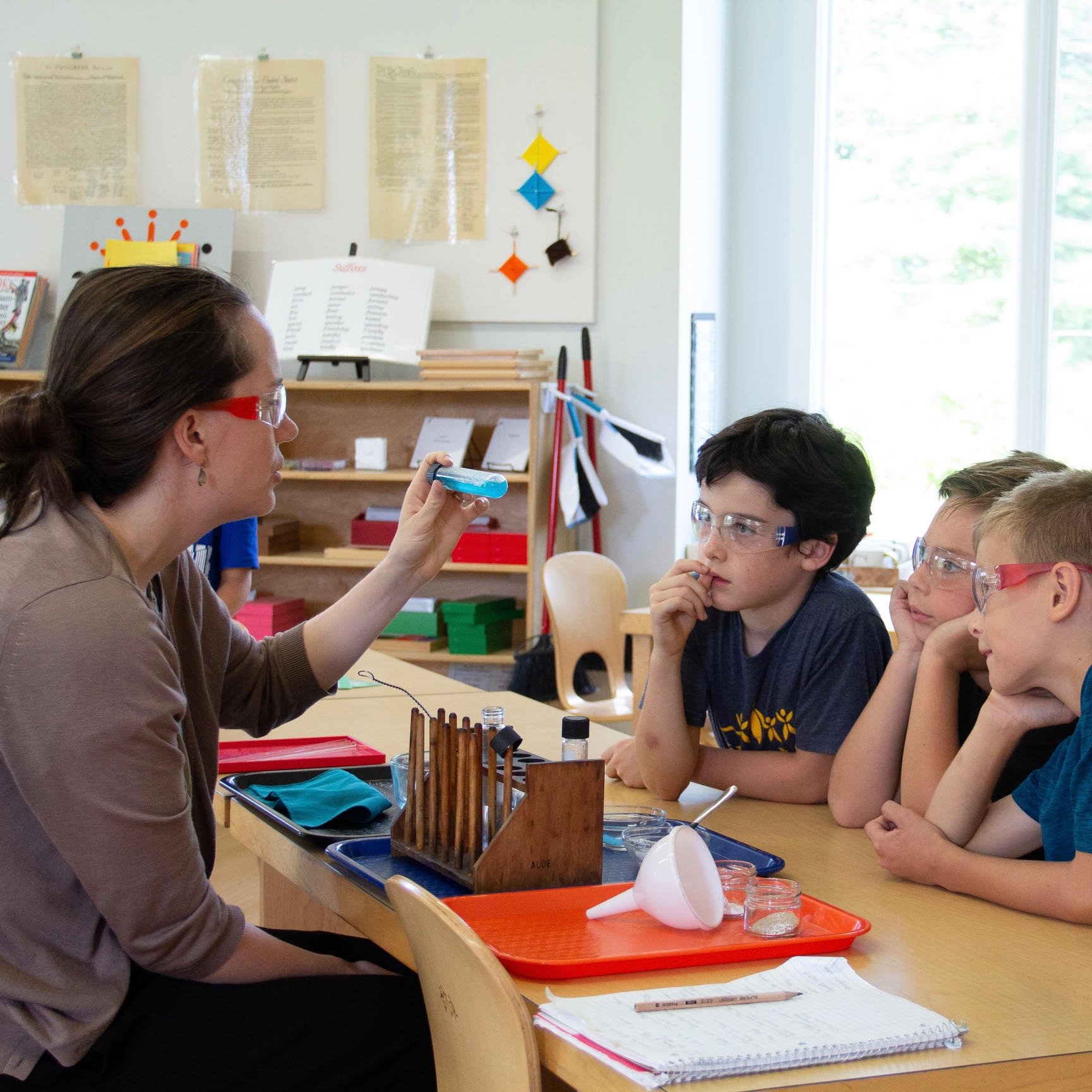 VdM: What is your favorite thing to do on the weekend?Sarah: Sleep in, drink coffee in bed, and hang out with my husband and baby.VdM: What was your favorite book when you were a child... and why?Sarah: When I was a kid, I loved reading mystery series, like Nancy Drew or The Three Investigators, even though they would keep me up at night with fear.VdM: What did you want to be when you grew up?Sarah: One of the things I wanted to be when I grew up was a ballerina. I was infatuated with The Nutcracker and would put on my own performance in my living room.VdM: What is your favorite quote/moment so far from/with one of your students?Sarah: "I don't mean to hurt your feelings, but you look like Ms. Bro," from a first year in my classroom.
VdM: What is your favorite thing to do on the weekend?Sarah: Sleep in, drink coffee in bed, and hang out with my husband and baby.VdM: What was your favorite book when you were a child... and why?Sarah: When I was a kid, I loved reading mystery series, like Nancy Drew or The Three Investigators, even though they would keep me up at night with fear.VdM: What did you want to be when you grew up?Sarah: One of the things I wanted to be when I grew up was a ballerina. I was infatuated with The Nutcracker and would put on my own performance in my living room.VdM: What is your favorite quote/moment so far from/with one of your students?Sarah: "I don't mean to hurt your feelings, but you look like Ms. Bro," from a first year in my classroom.
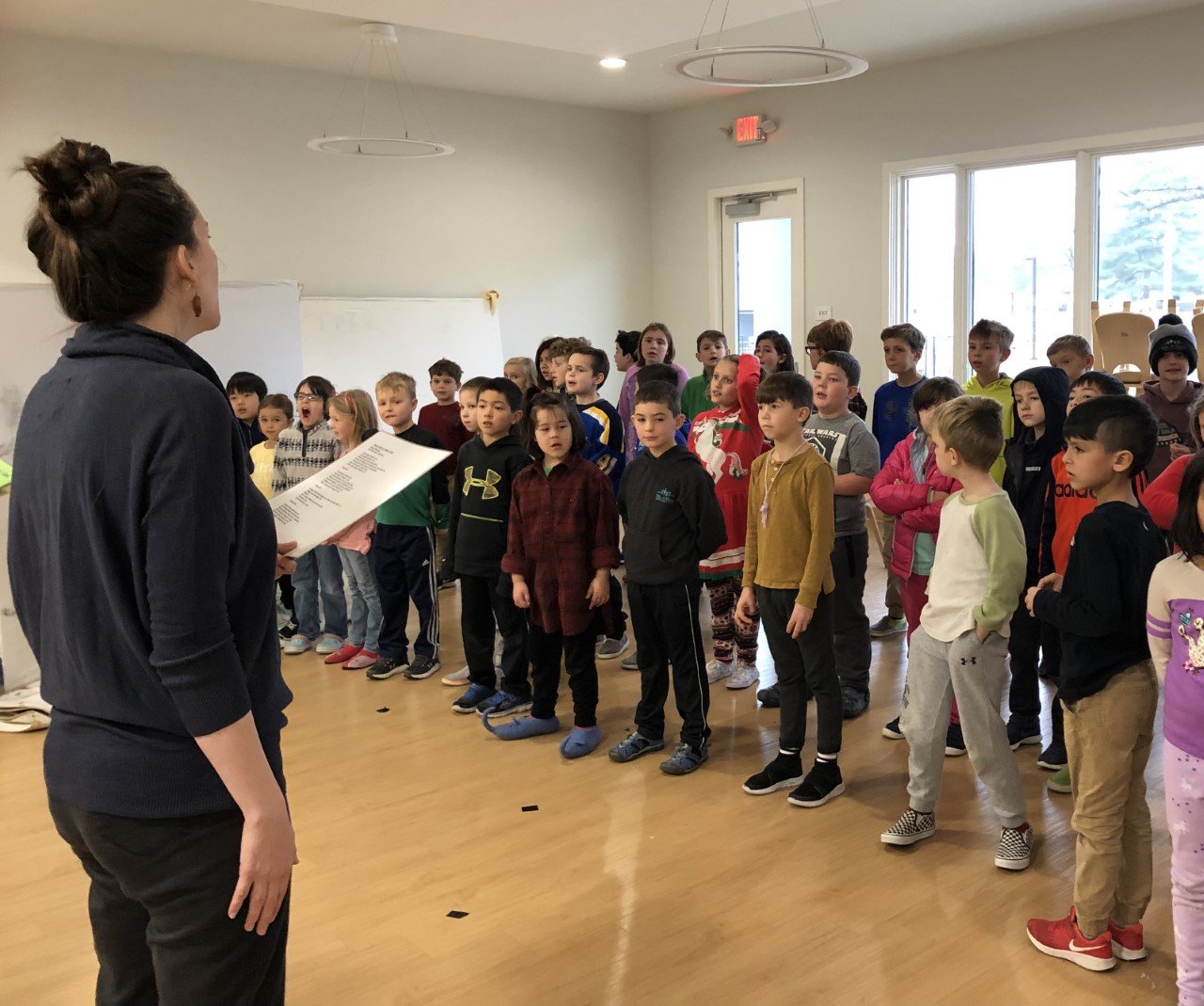

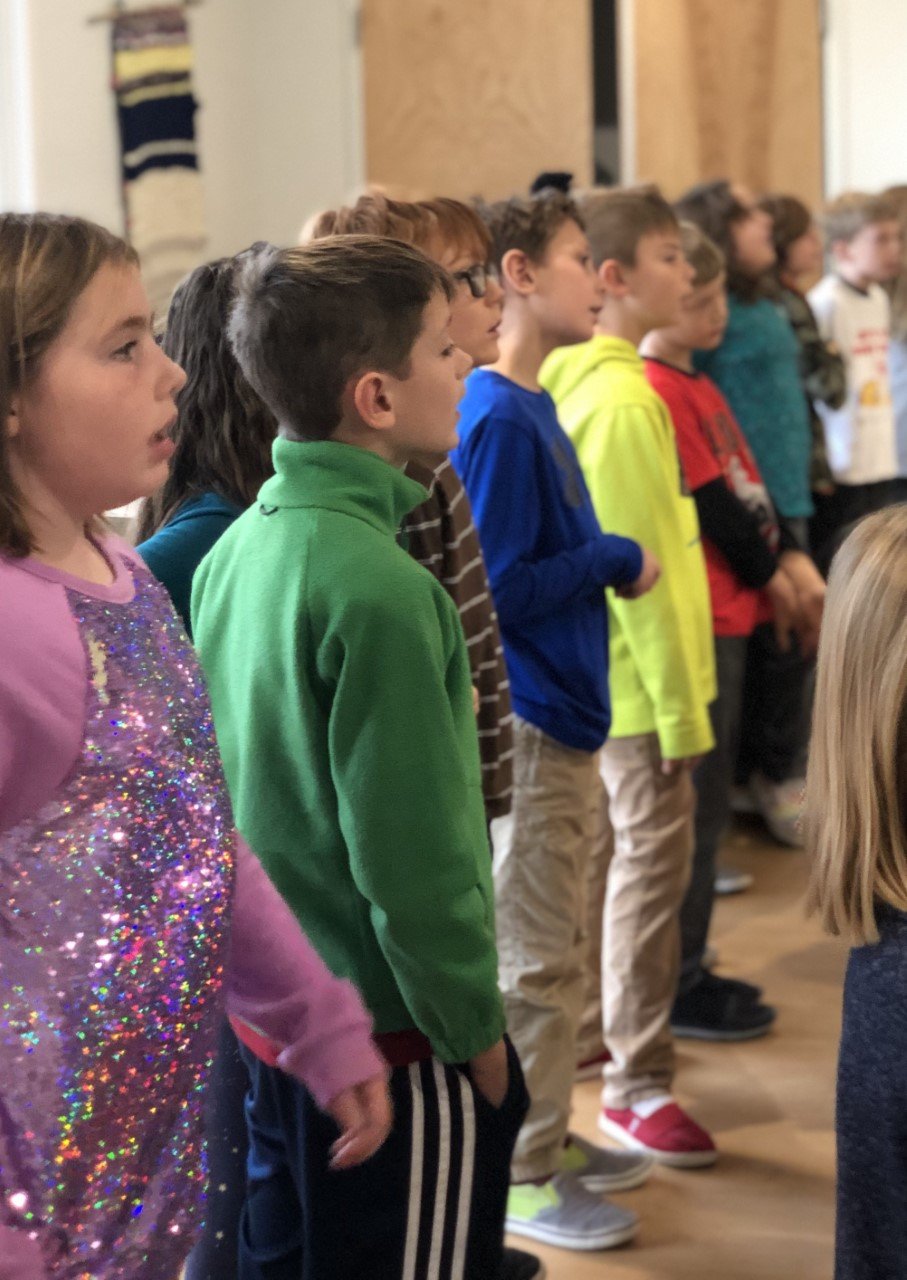
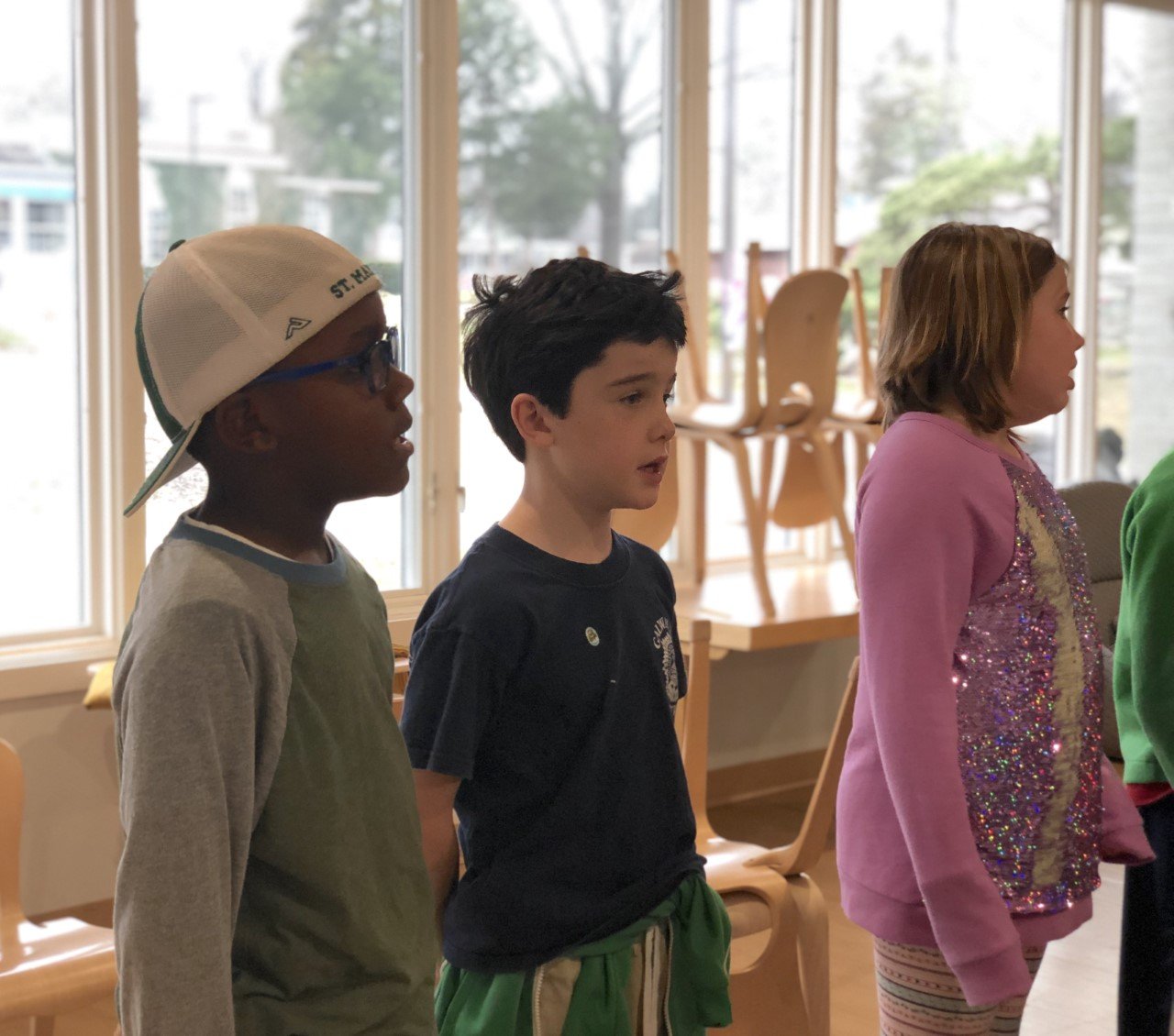
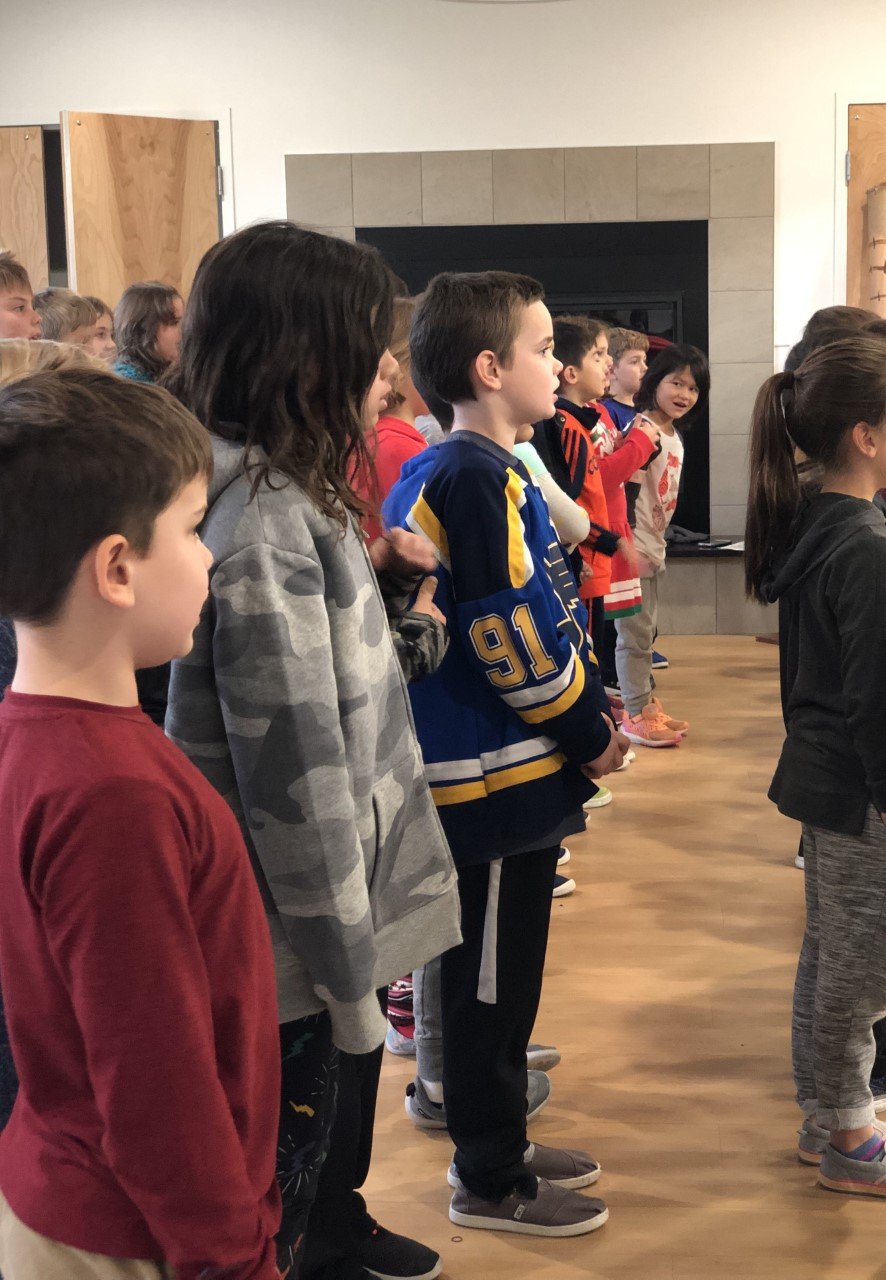
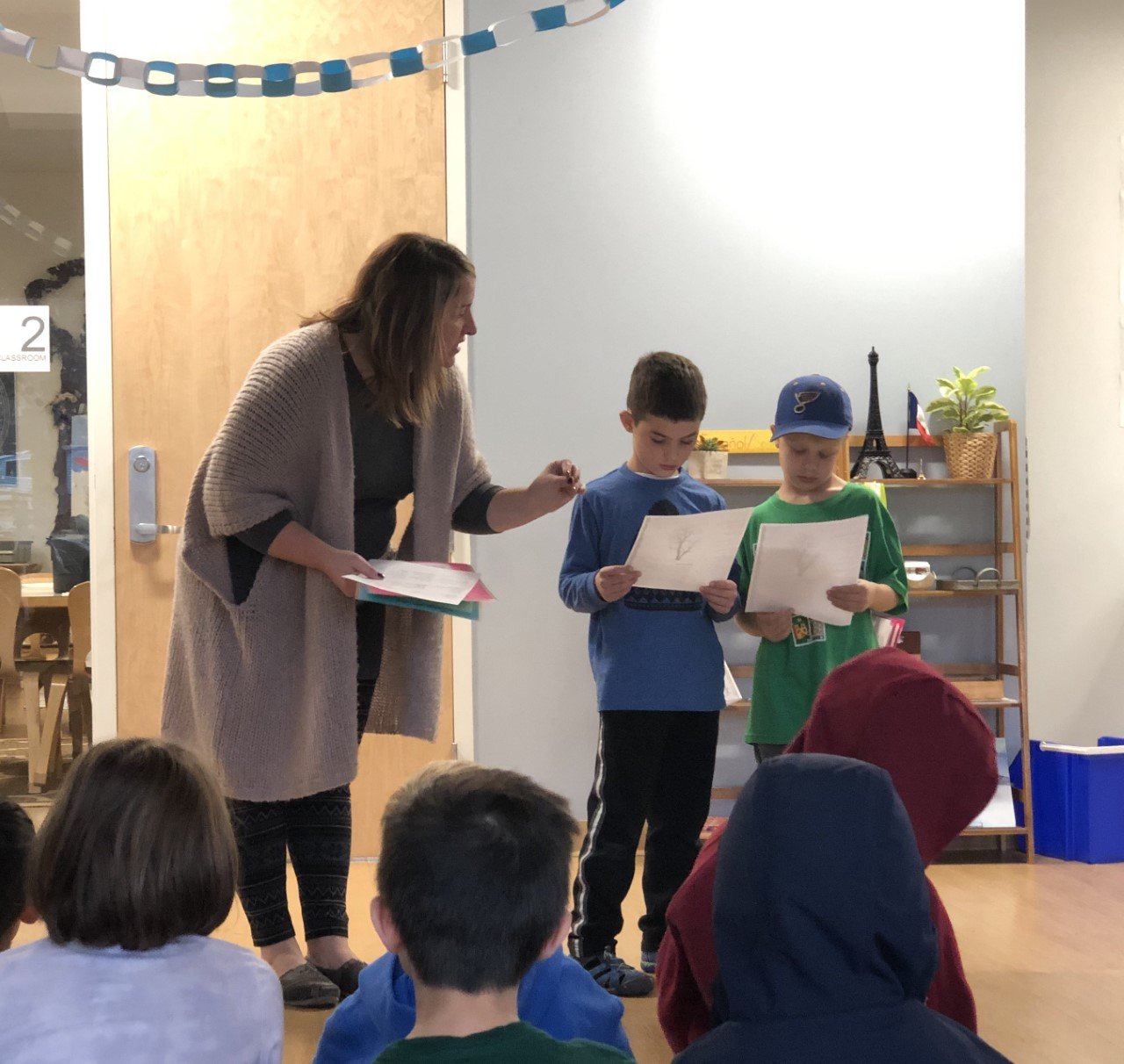
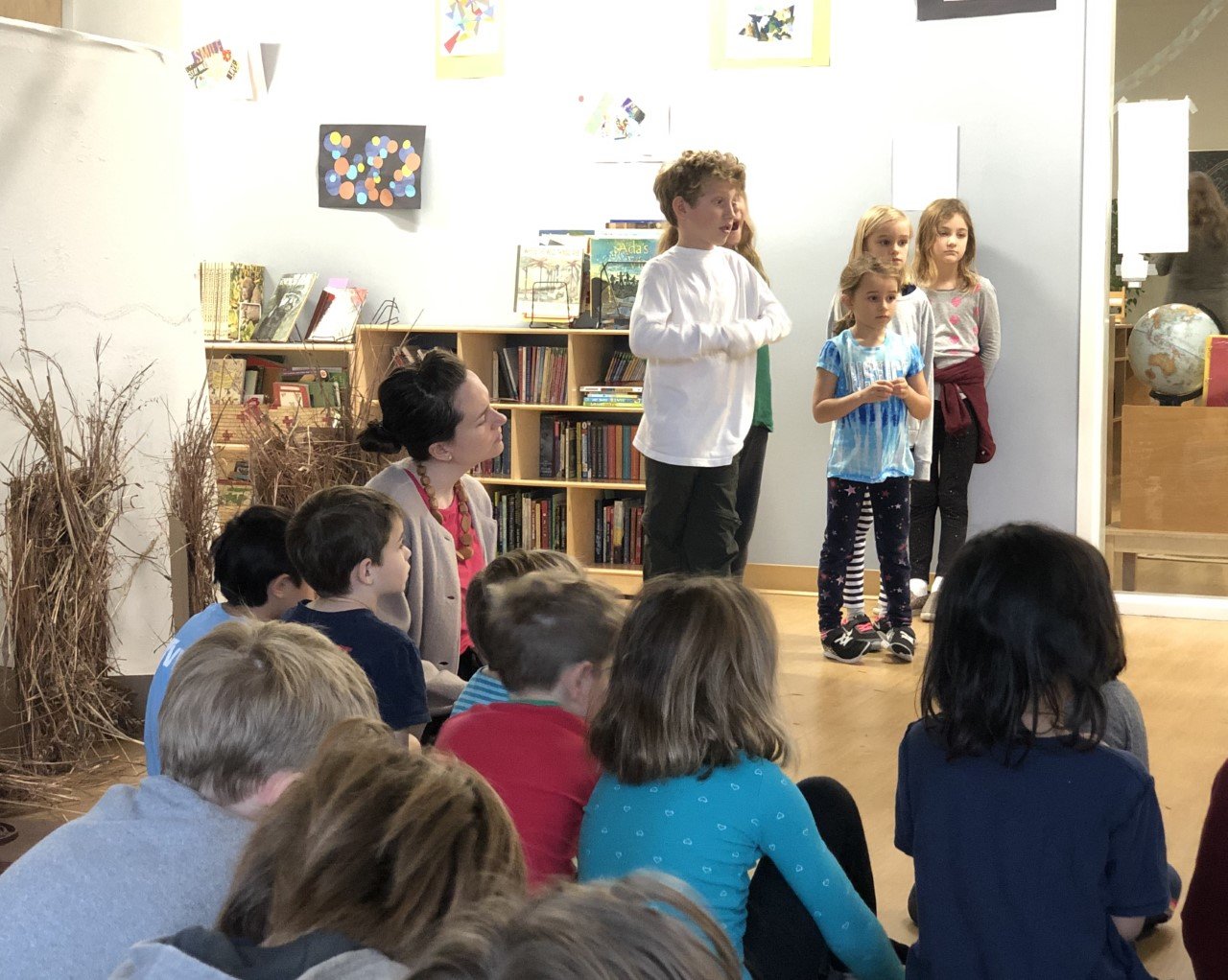
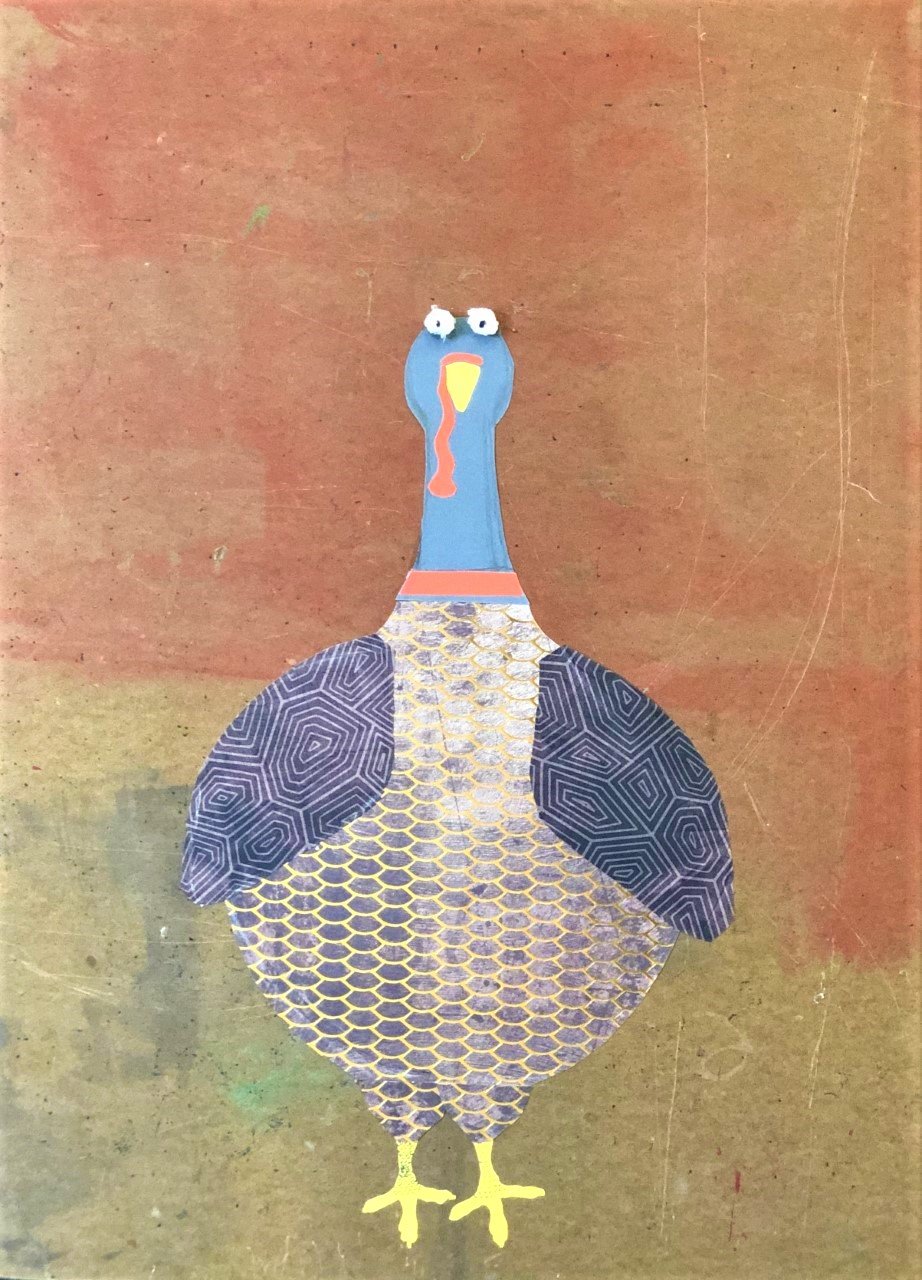 Last Thursday our Lower and Upper Elementary crews celebrated Thanksgiving with a feast and a party! Some children signed up to bring side dishes and pies...
Last Thursday our Lower and Upper Elementary crews celebrated Thanksgiving with a feast and a party! Some children signed up to bring side dishes and pies... 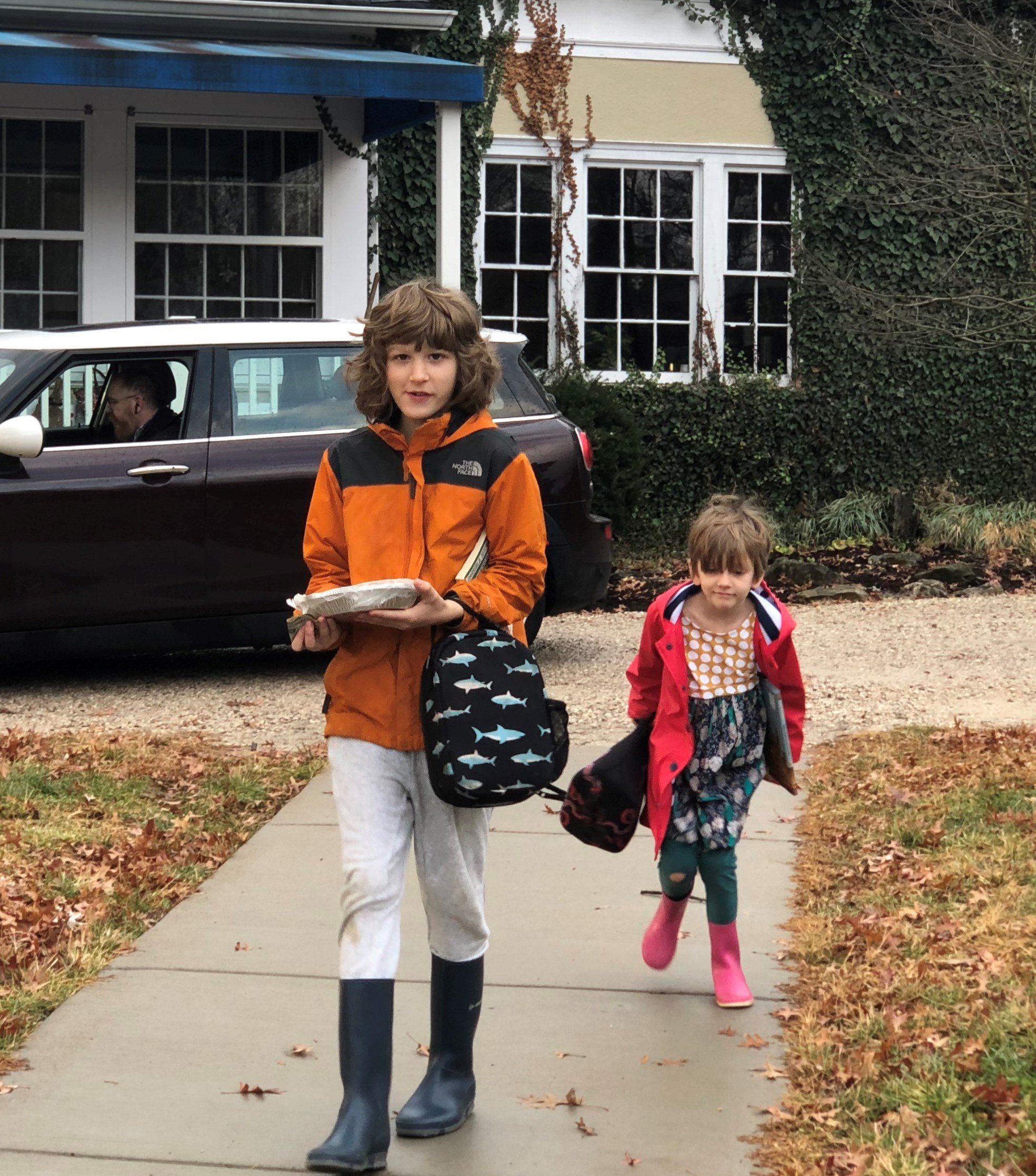
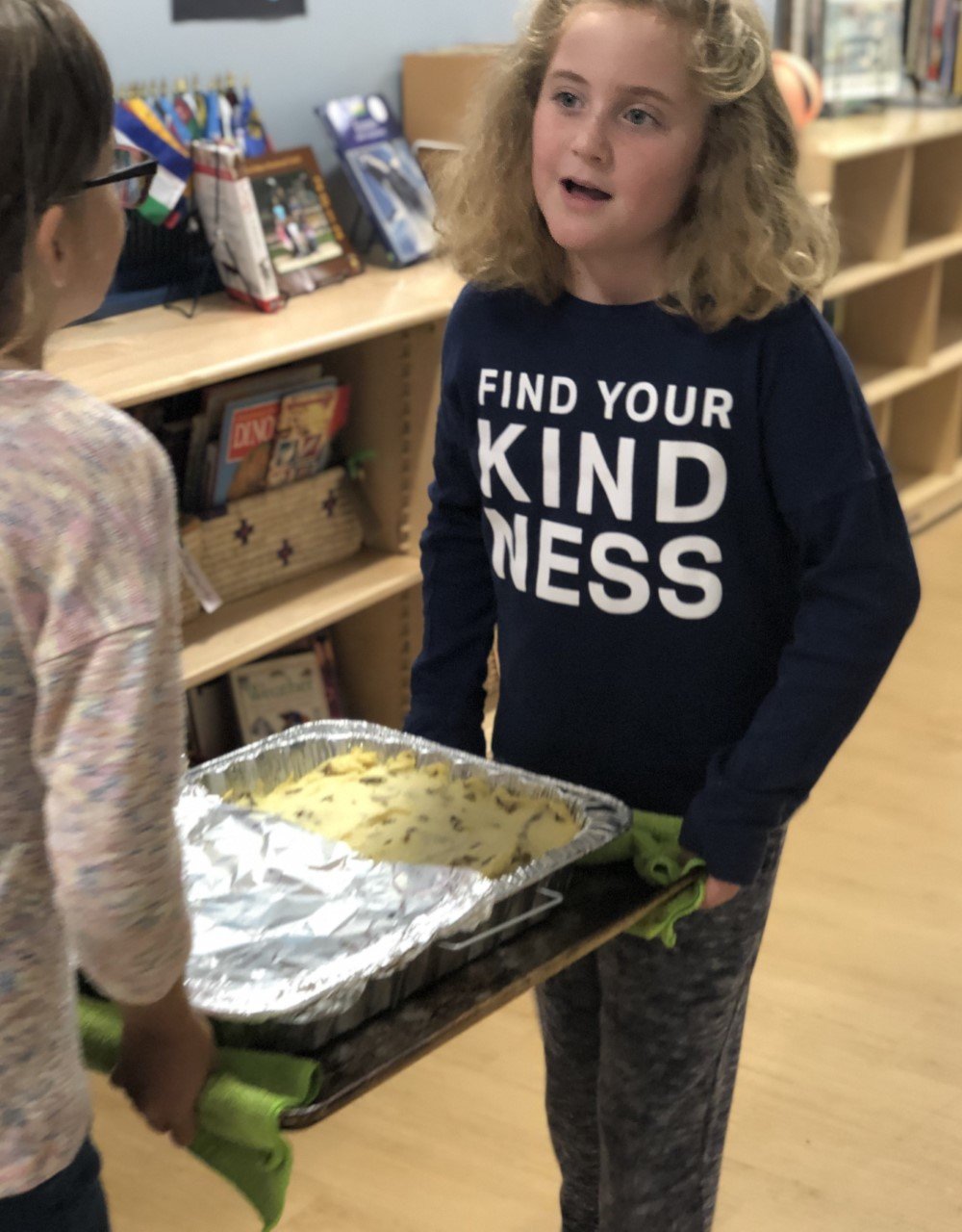 while others worked in the kitchen with Mr. Justin to prepare the main attractions.
while others worked in the kitchen with Mr. Justin to prepare the main attractions. 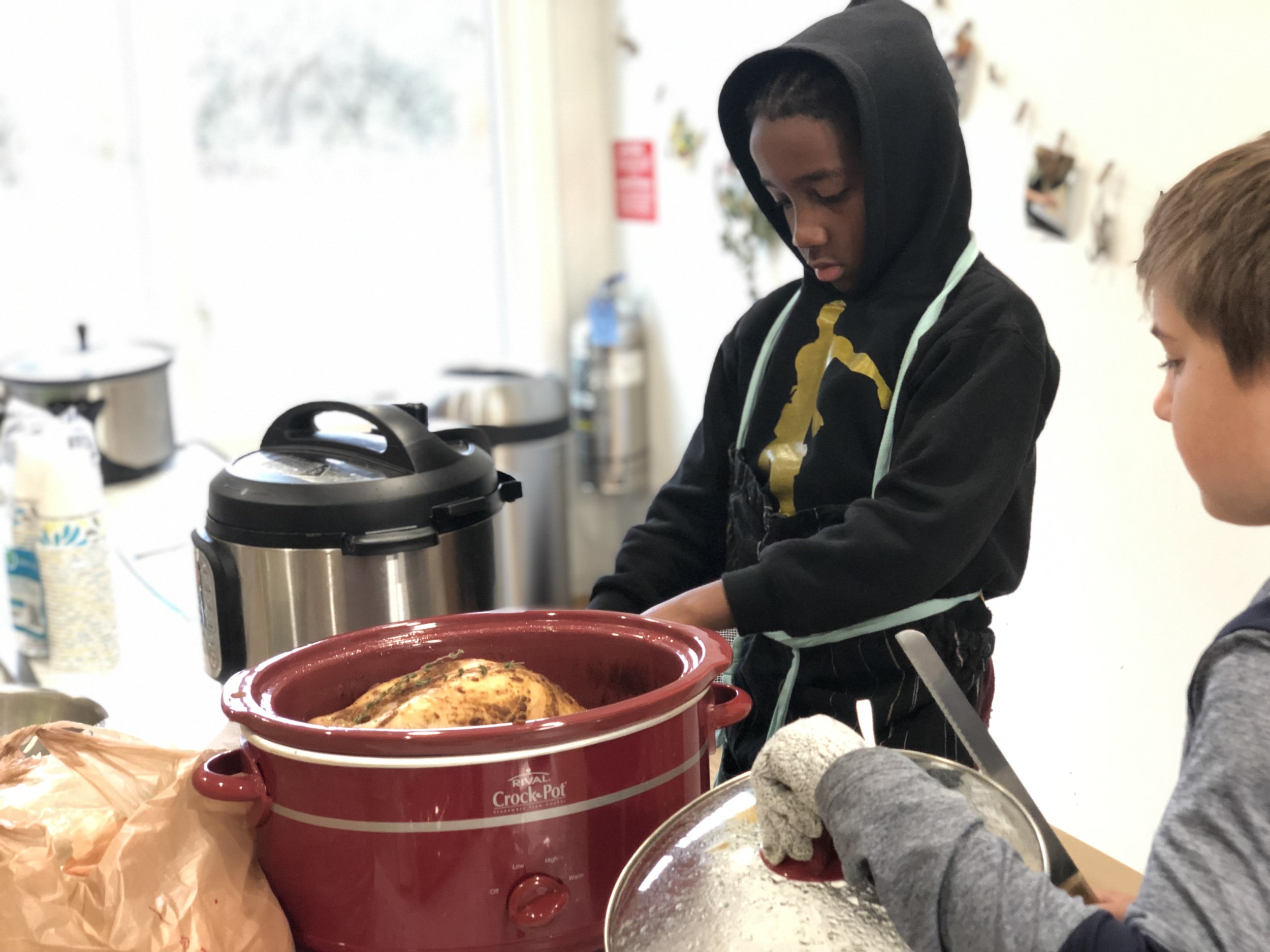
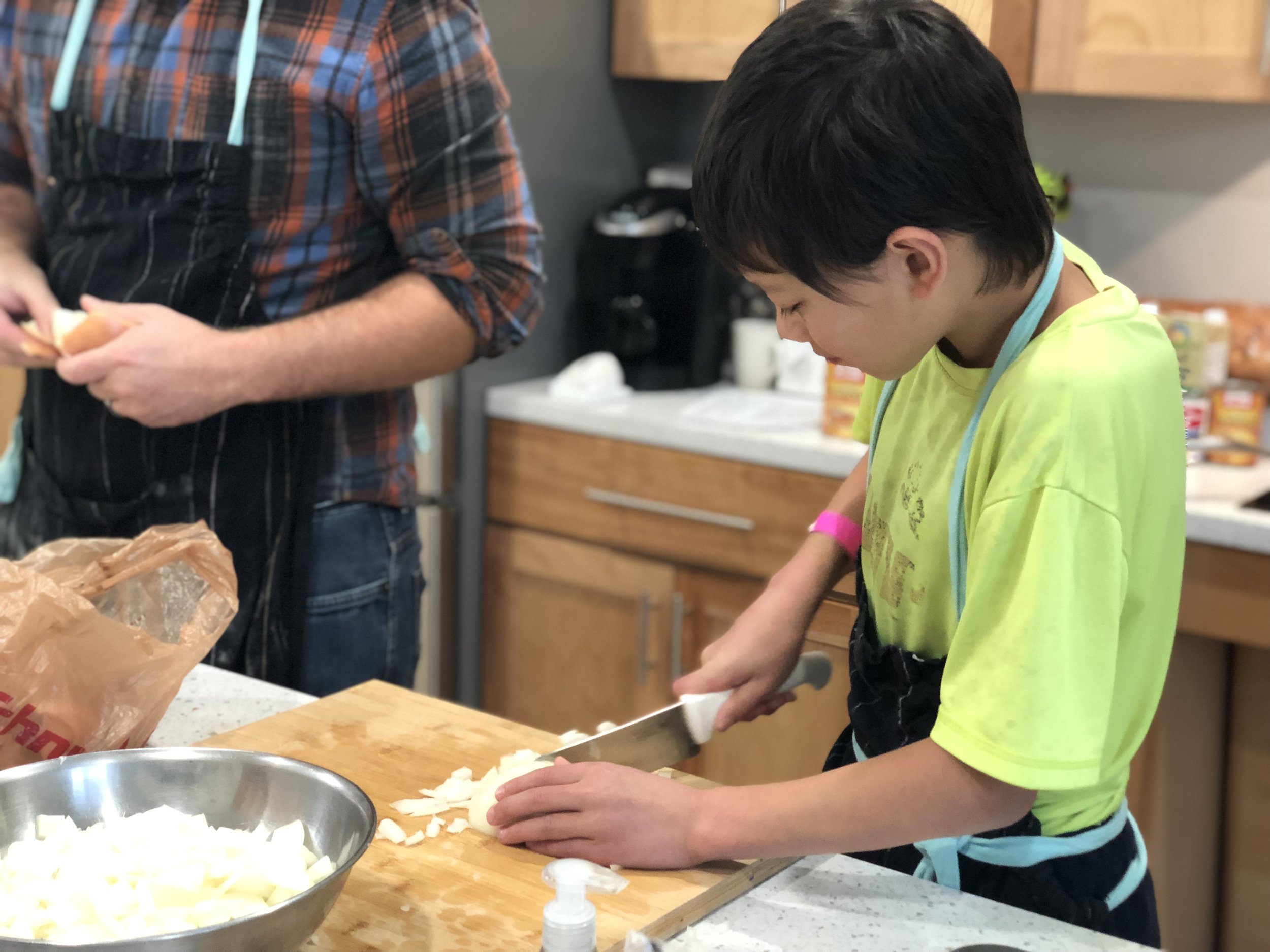
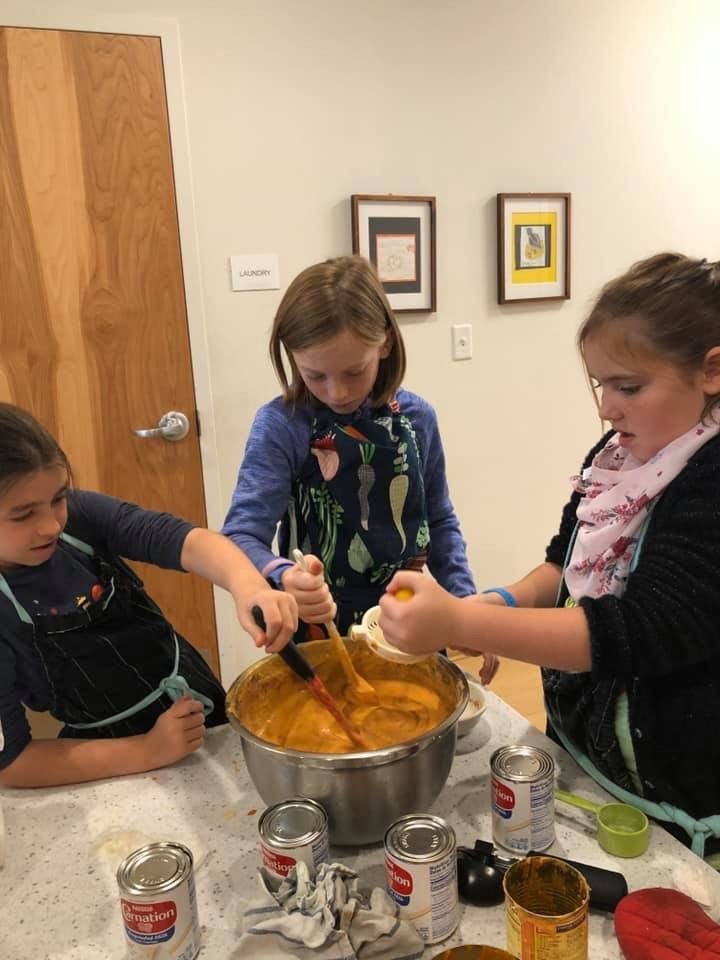
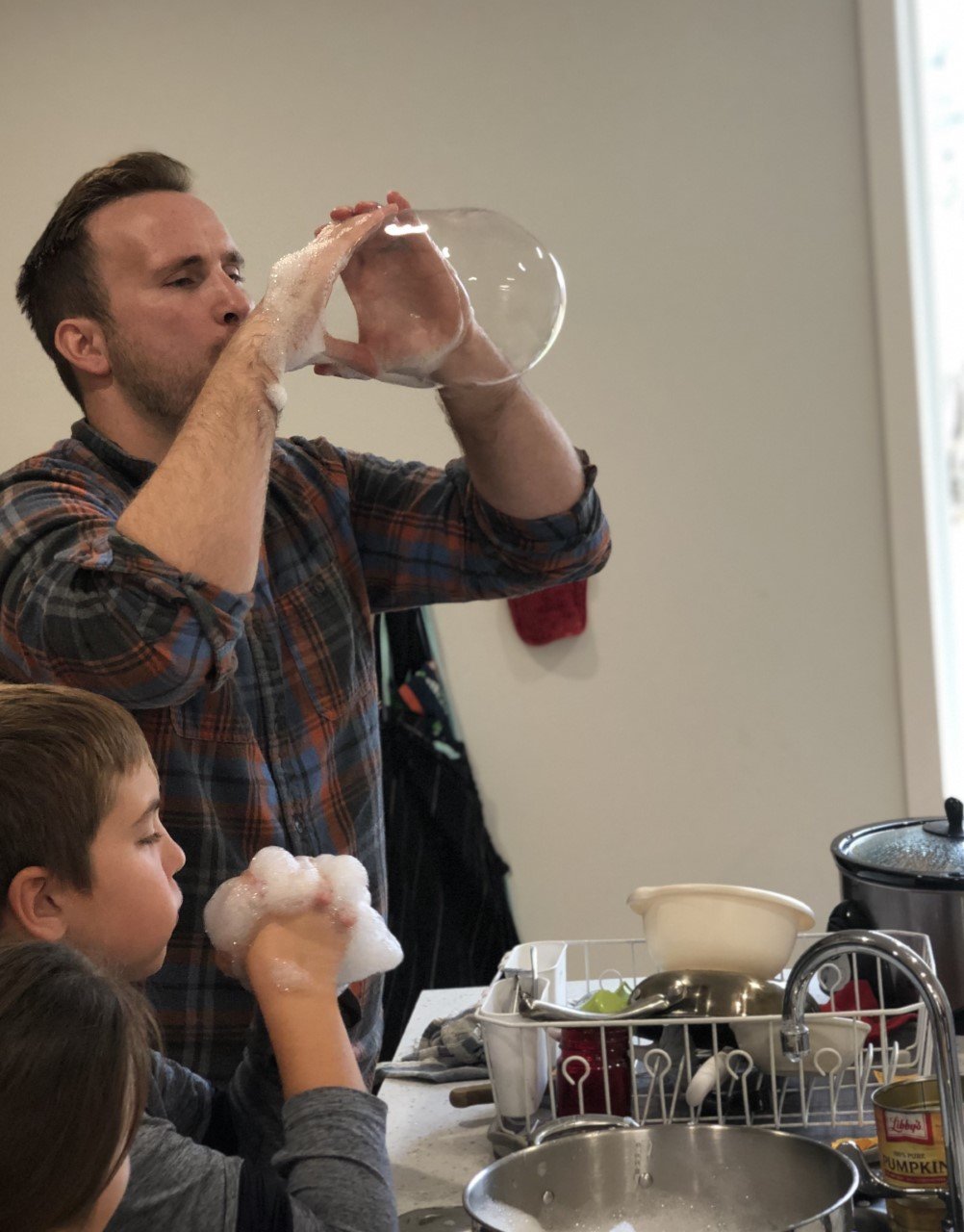 In the Great Room, the decoration committee was hard at work to make things beautiful and festive...
In the Great Room, the decoration committee was hard at work to make things beautiful and festive... 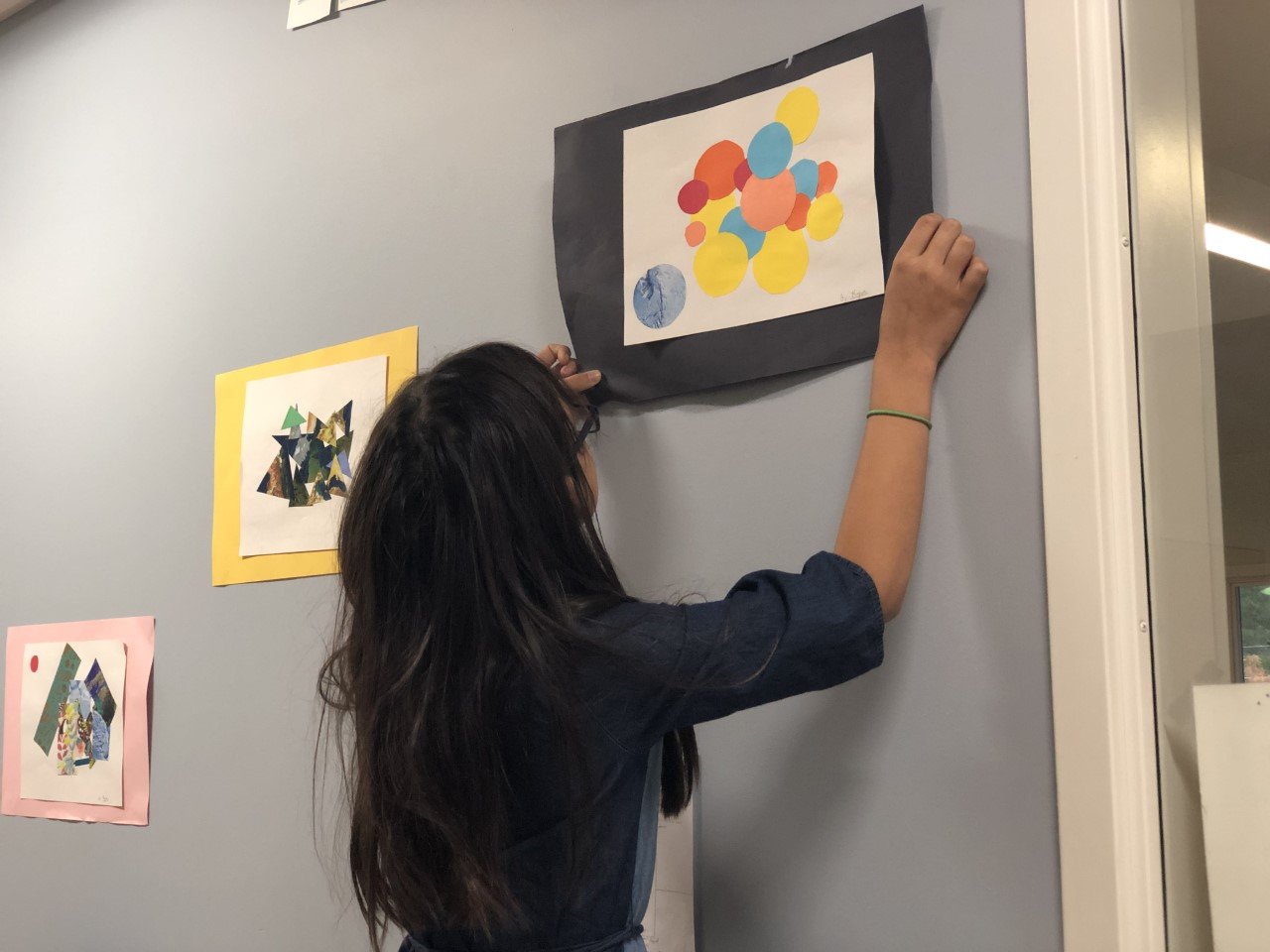
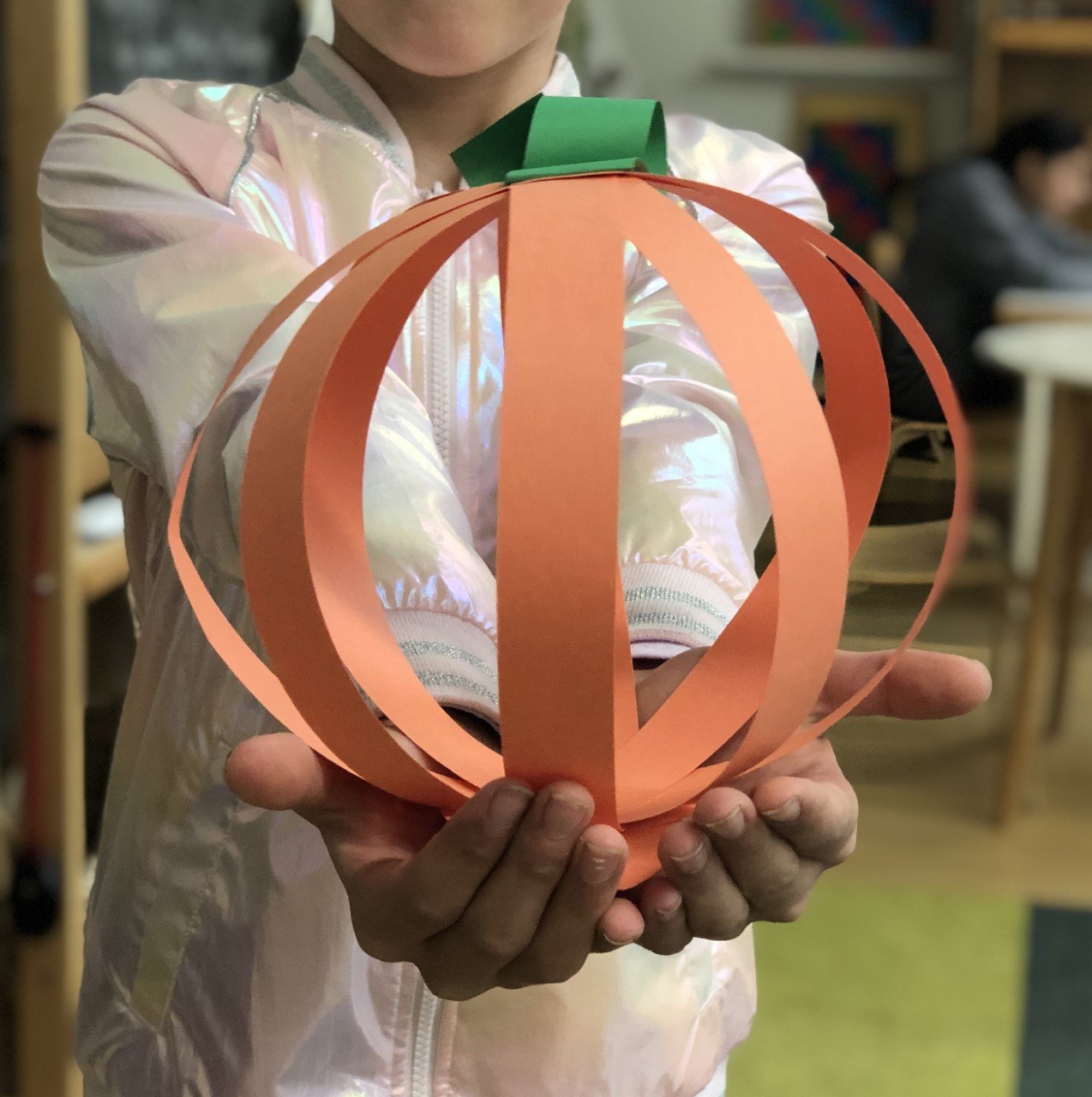 while others waited patiently for the party to begin.
while others waited patiently for the party to begin. 
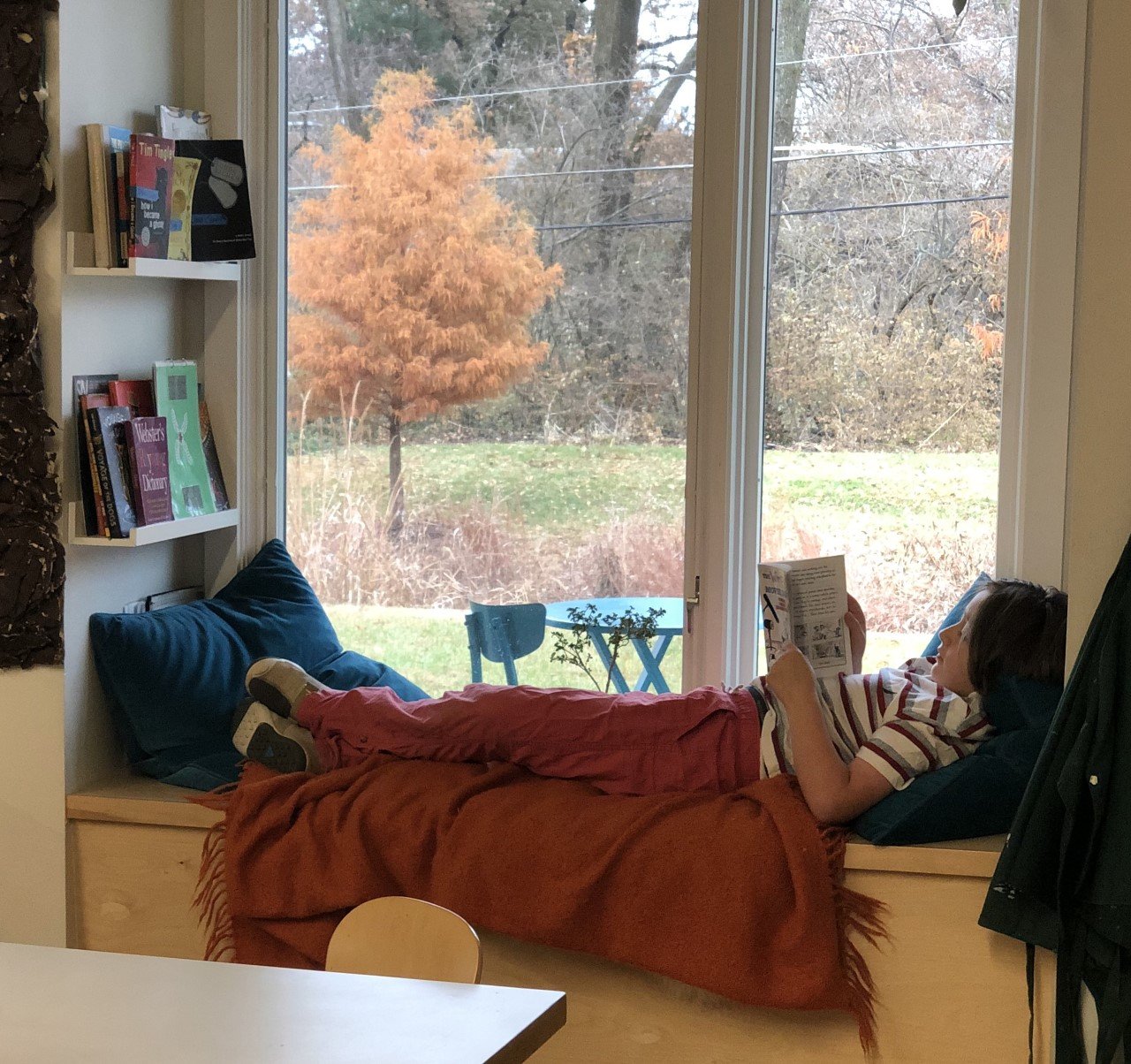 The chefs worked all morning...
The chefs worked all morning... 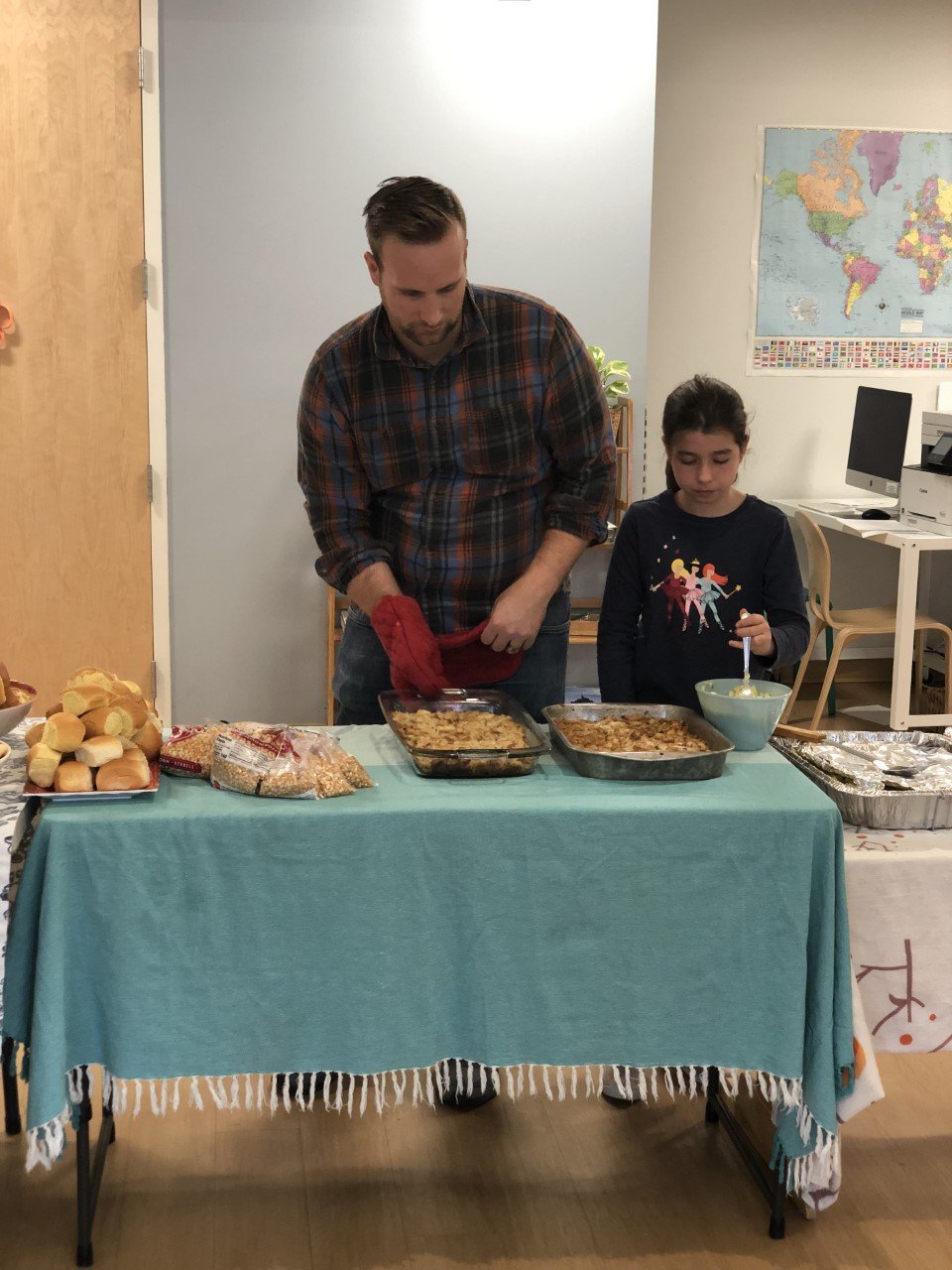
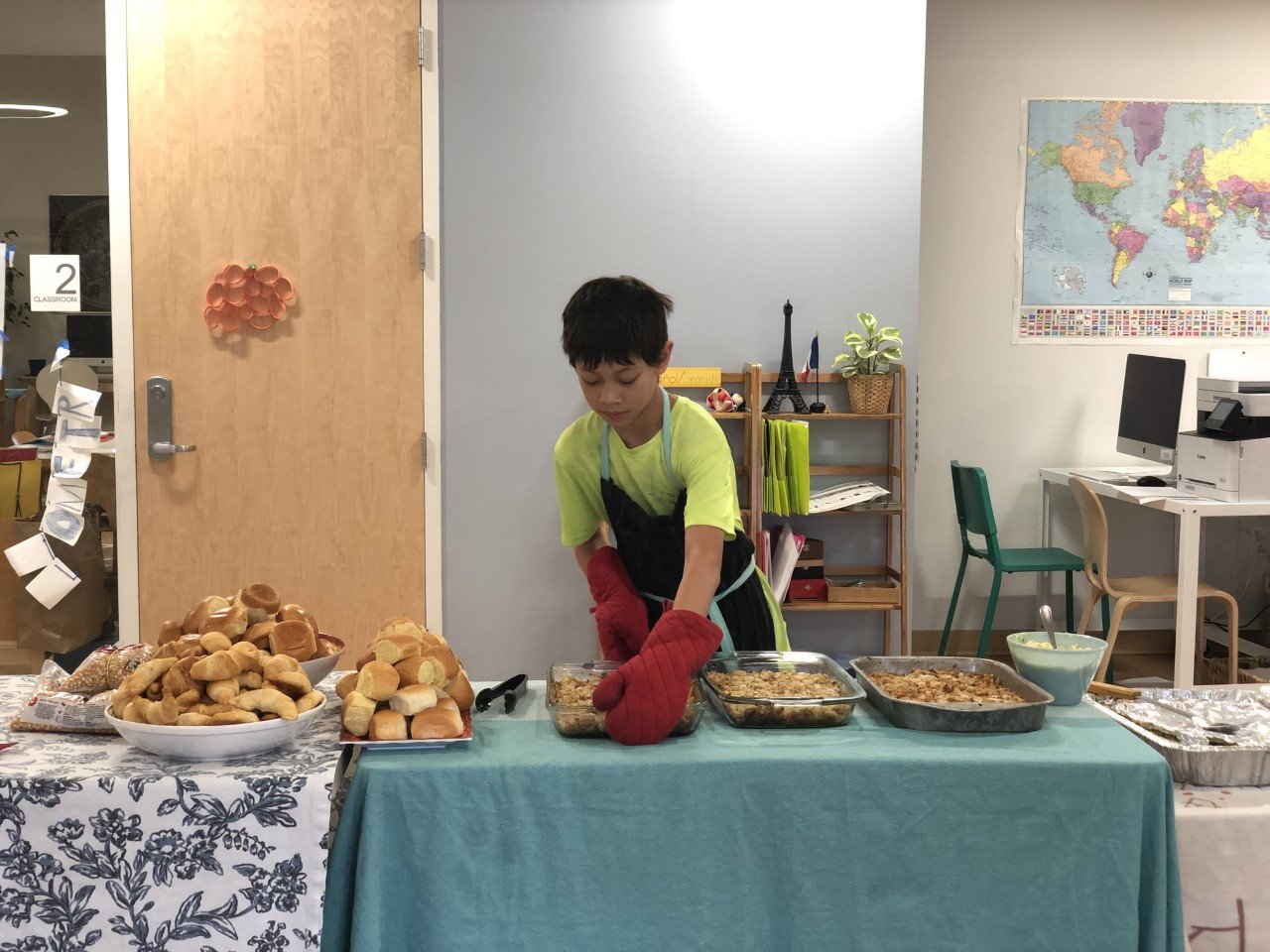
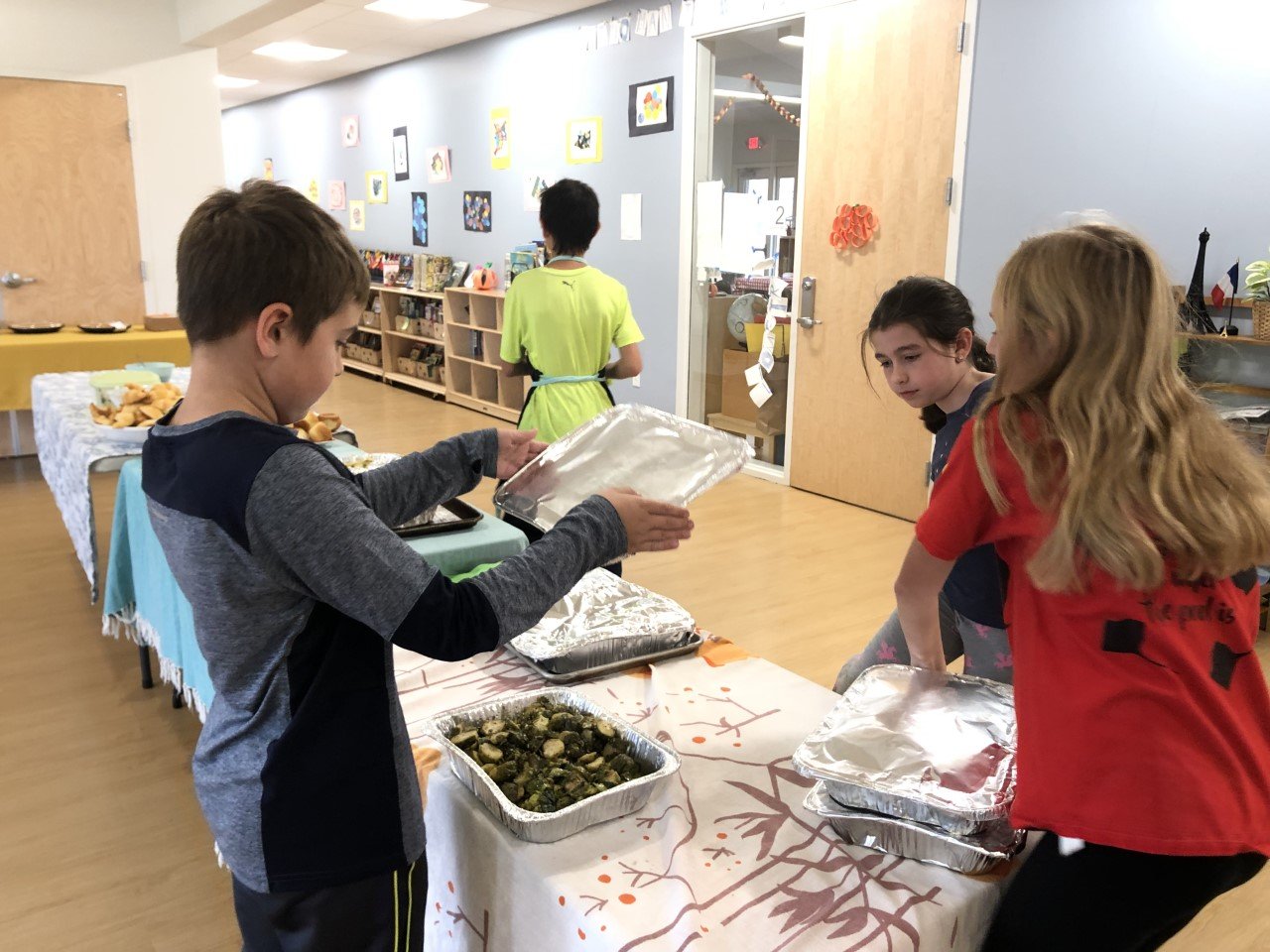 until it was finally time for the party! The recitation committee wrote and presented Thanksgiving poems, and the bands played original Thanksgiving songs.
until it was finally time for the party! The recitation committee wrote and presented Thanksgiving poems, and the bands played original Thanksgiving songs. 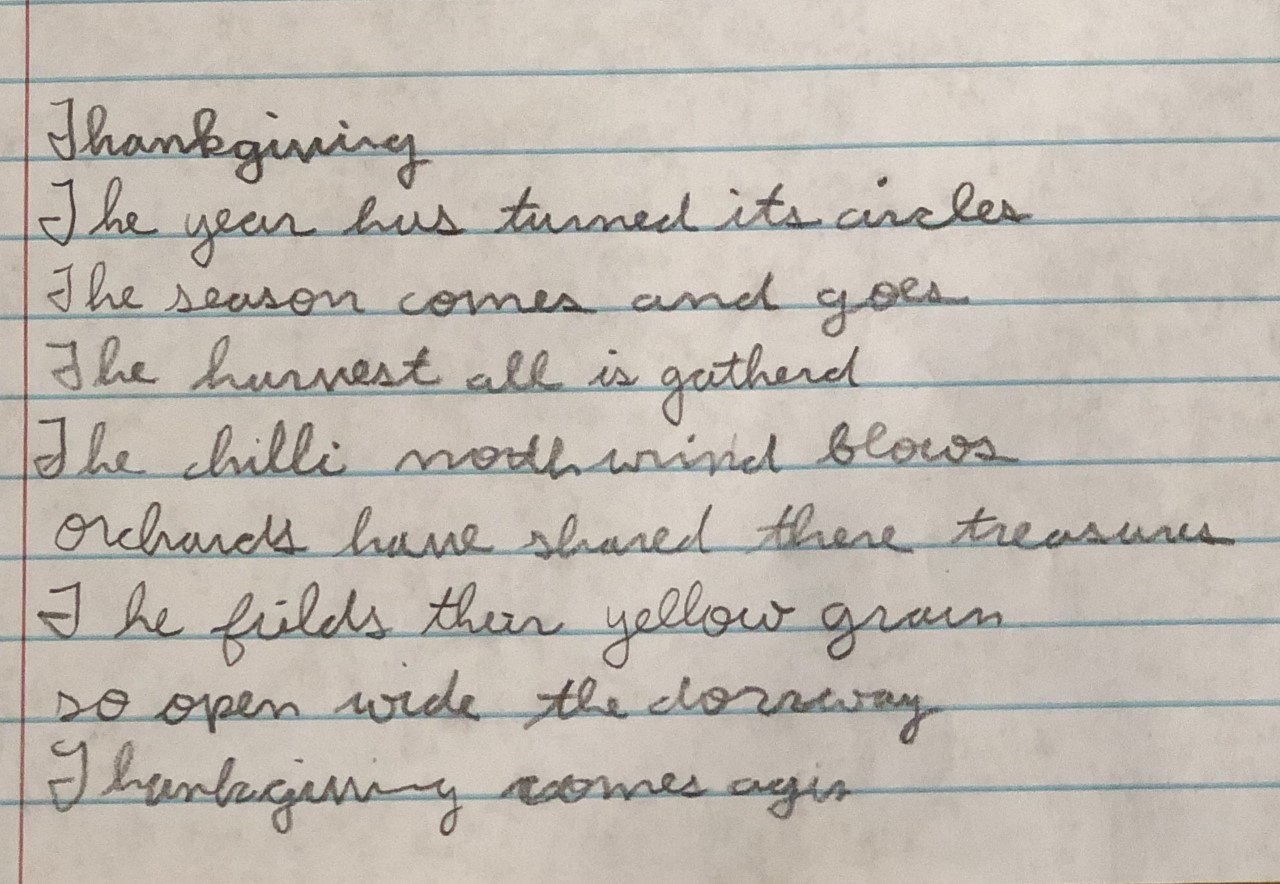
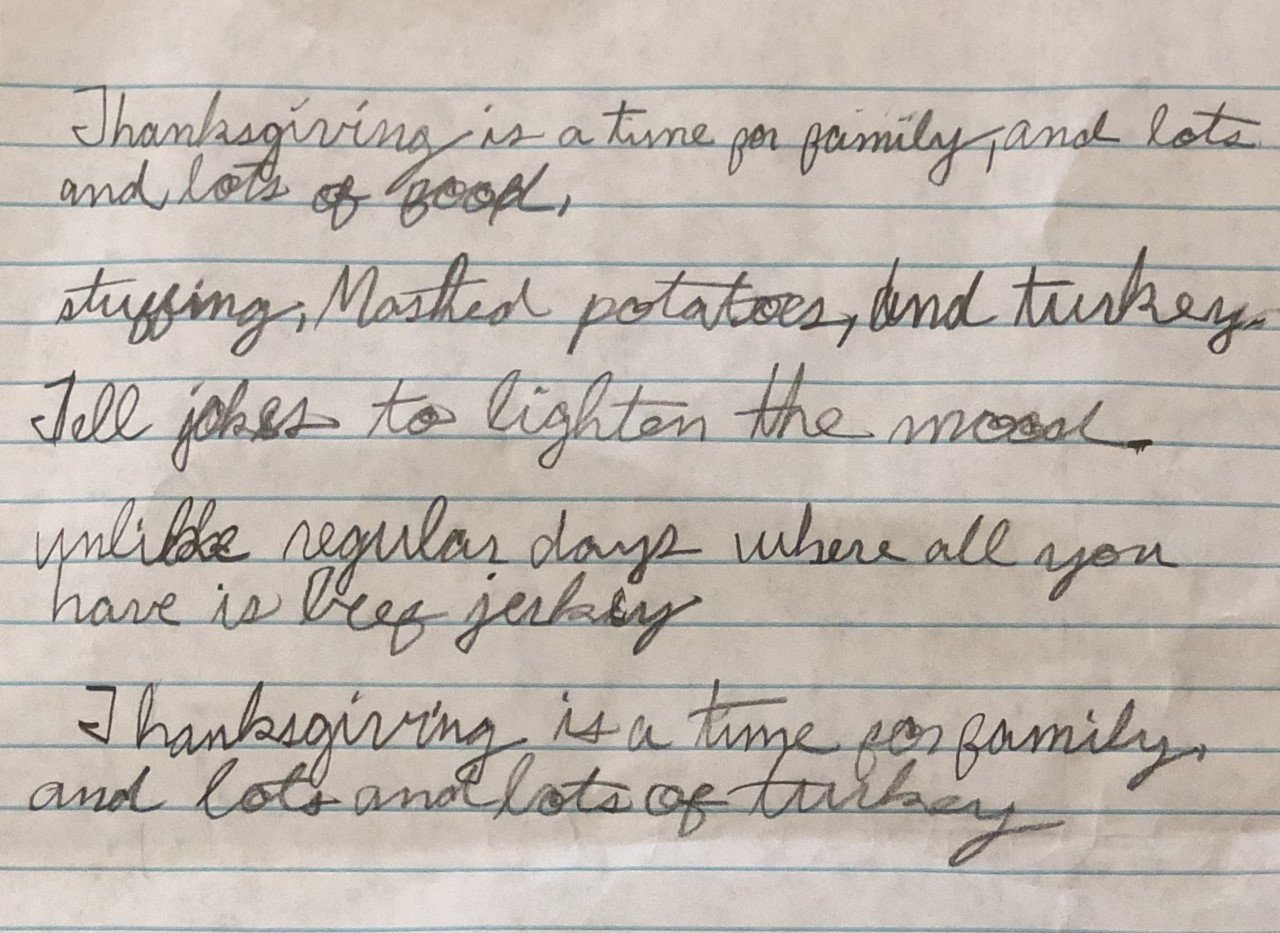
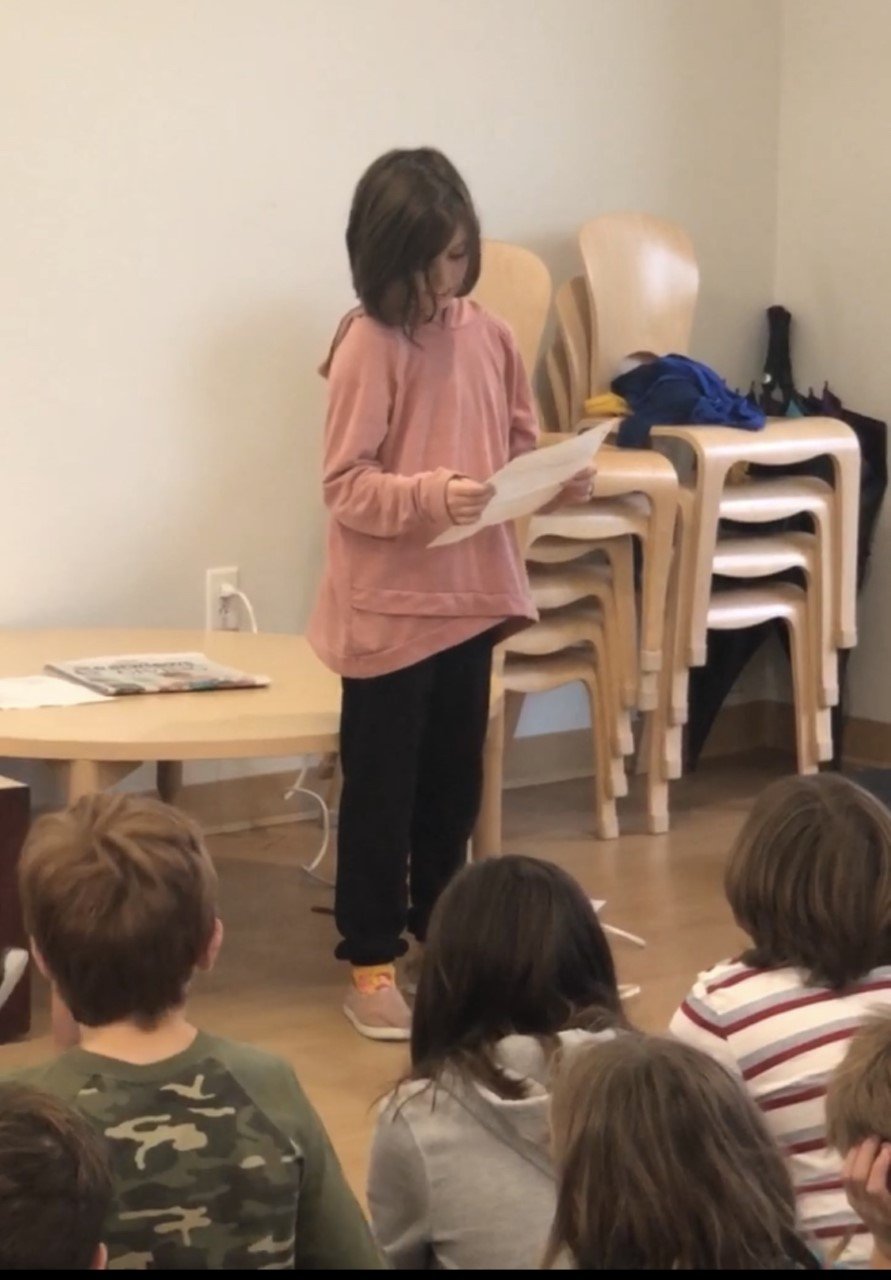
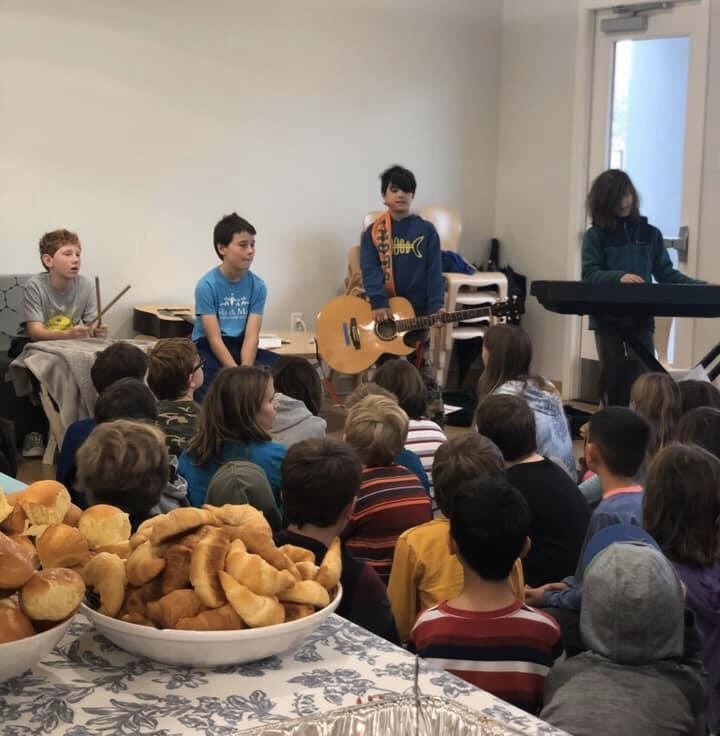 And then... the feast!
And then... the feast!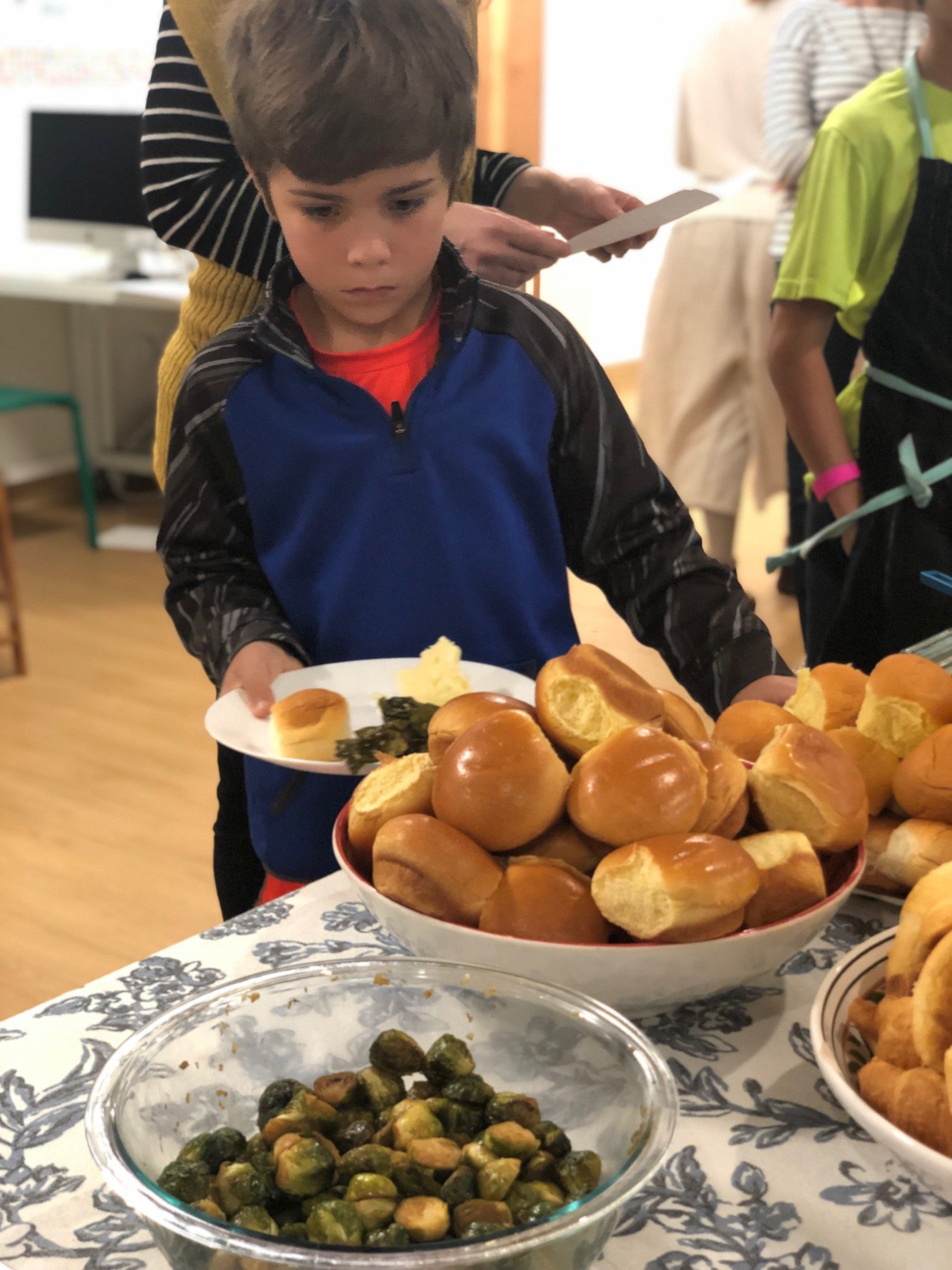
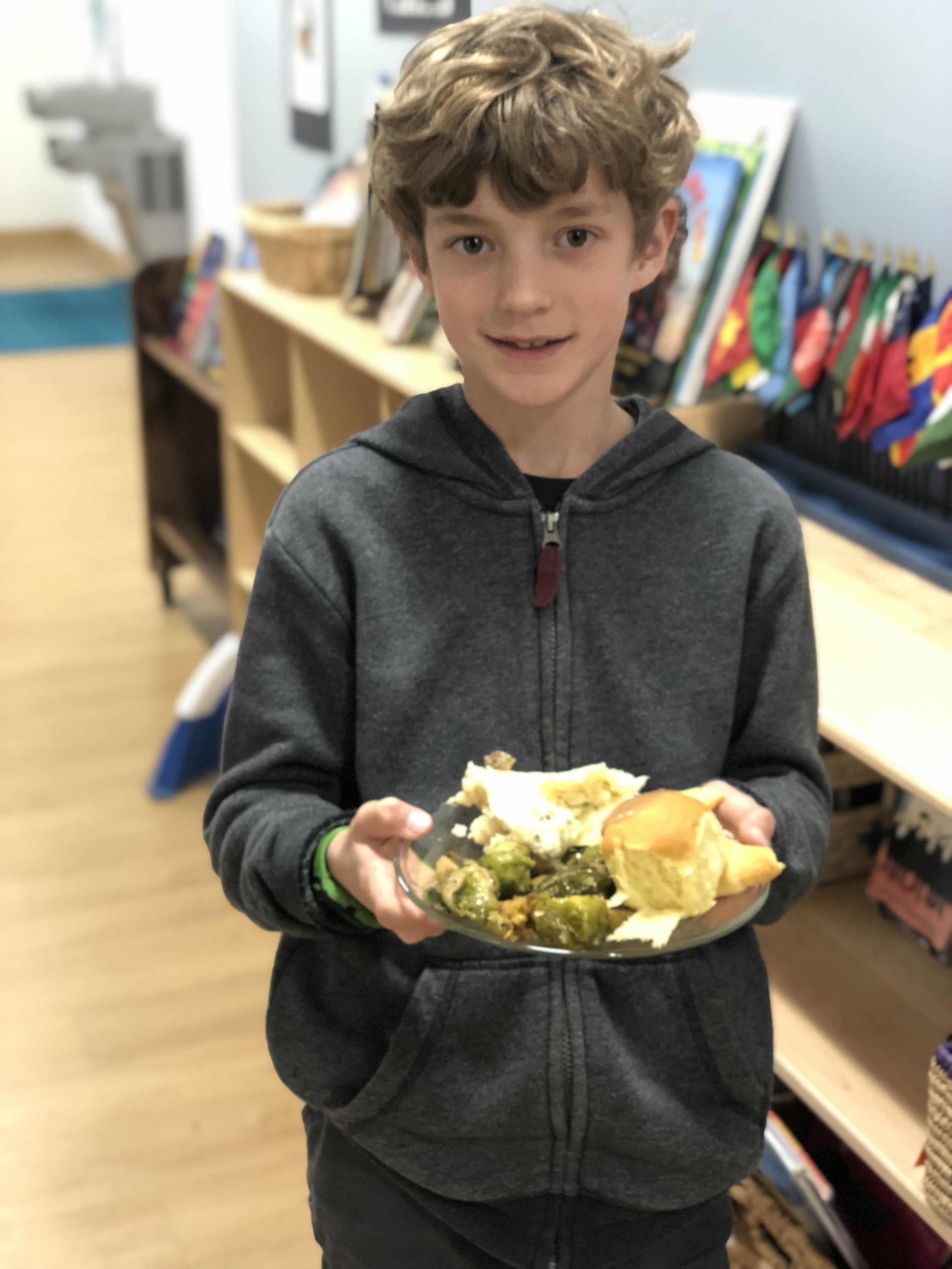
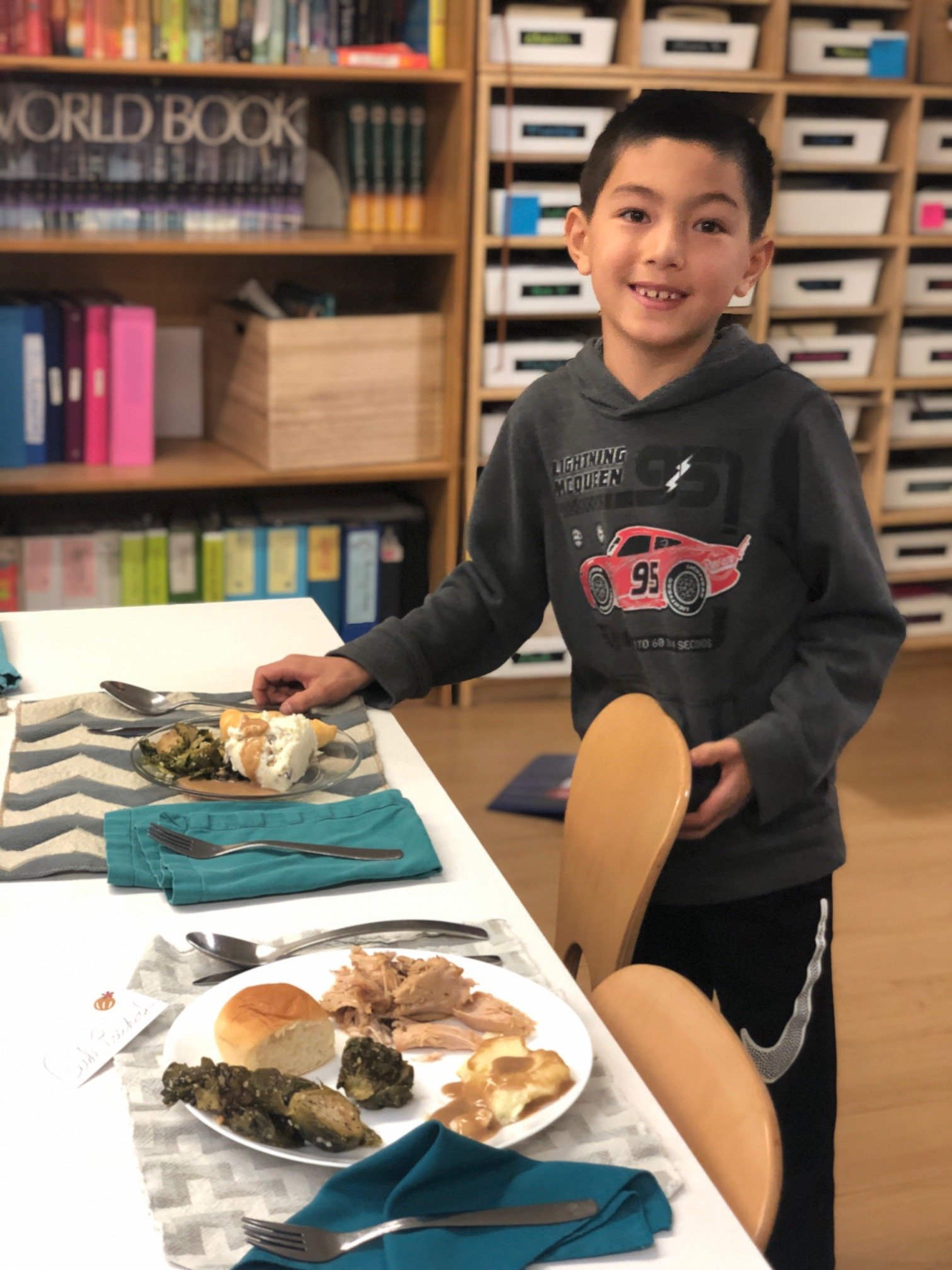 It was a wonderful day of great food and celebration for the VdM Elementary, and a great way to kick off the holiday season. From our family to yours, Happy Thanksgiving!
It was a wonderful day of great food and celebration for the VdM Elementary, and a great way to kick off the holiday season. From our family to yours, Happy Thanksgiving!

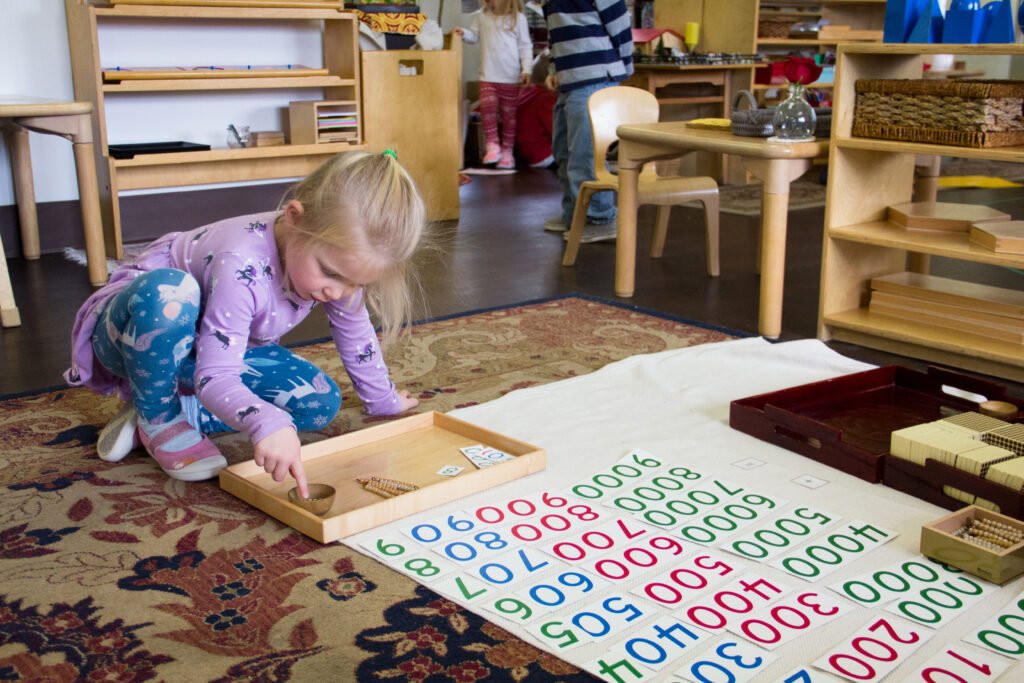
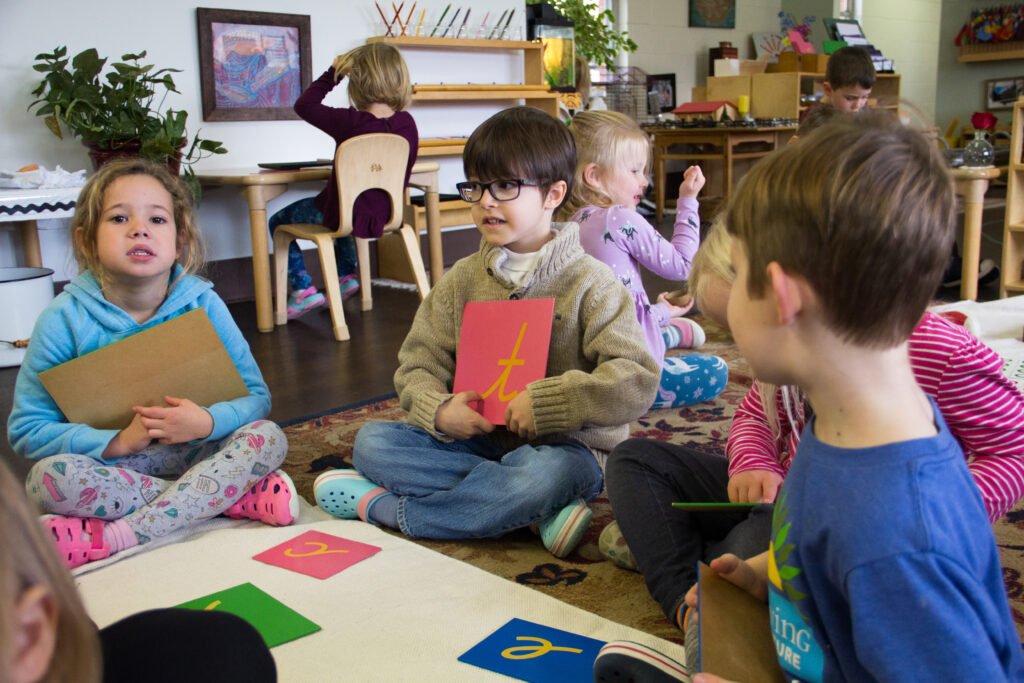
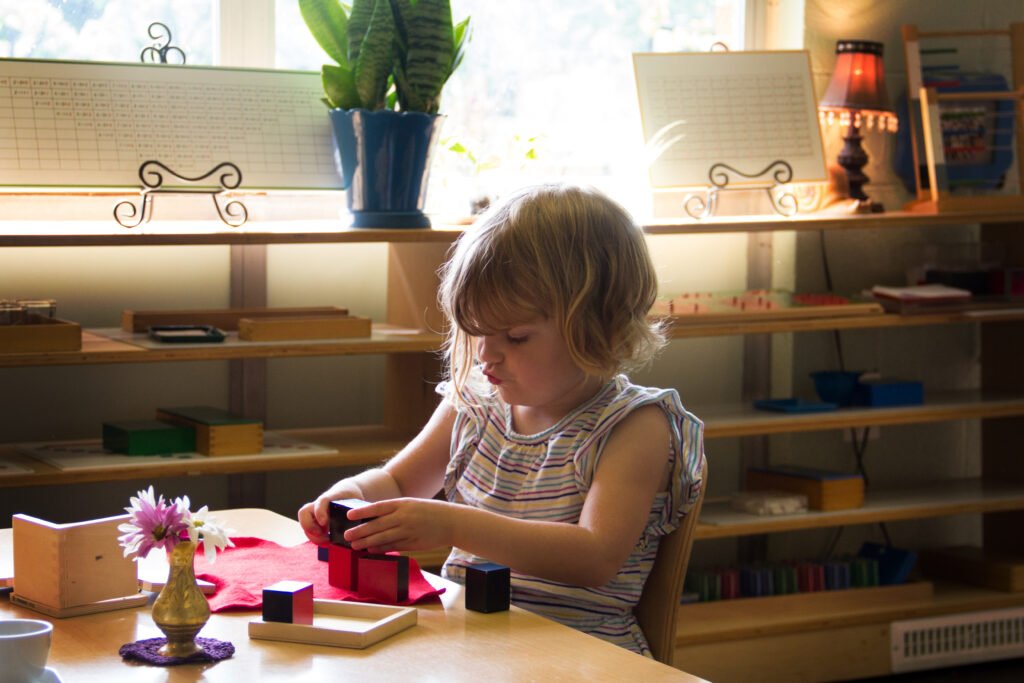
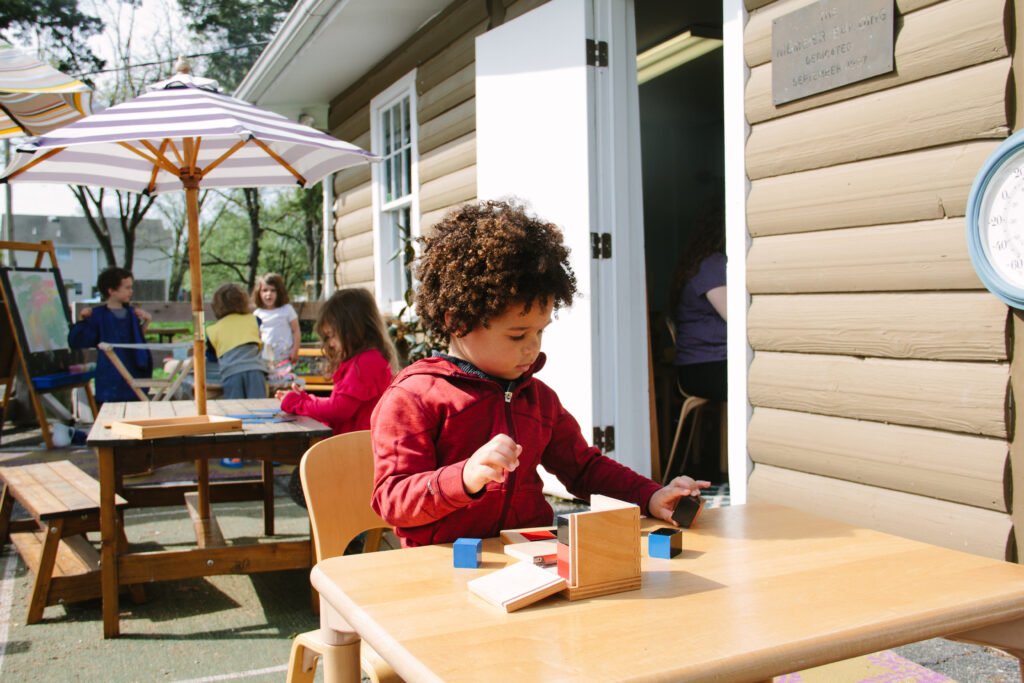
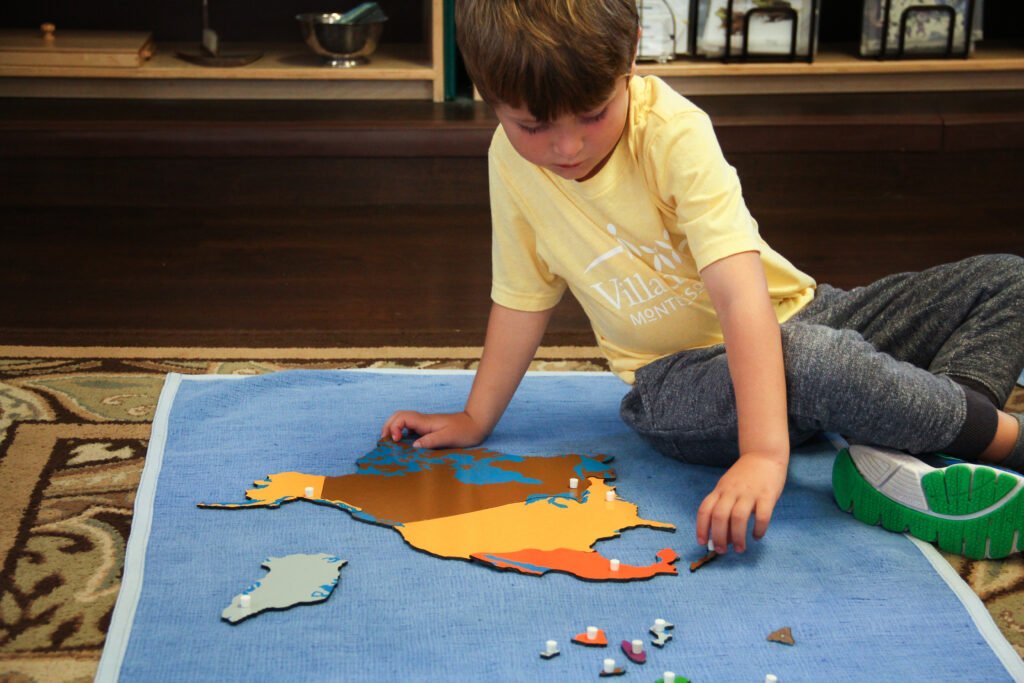
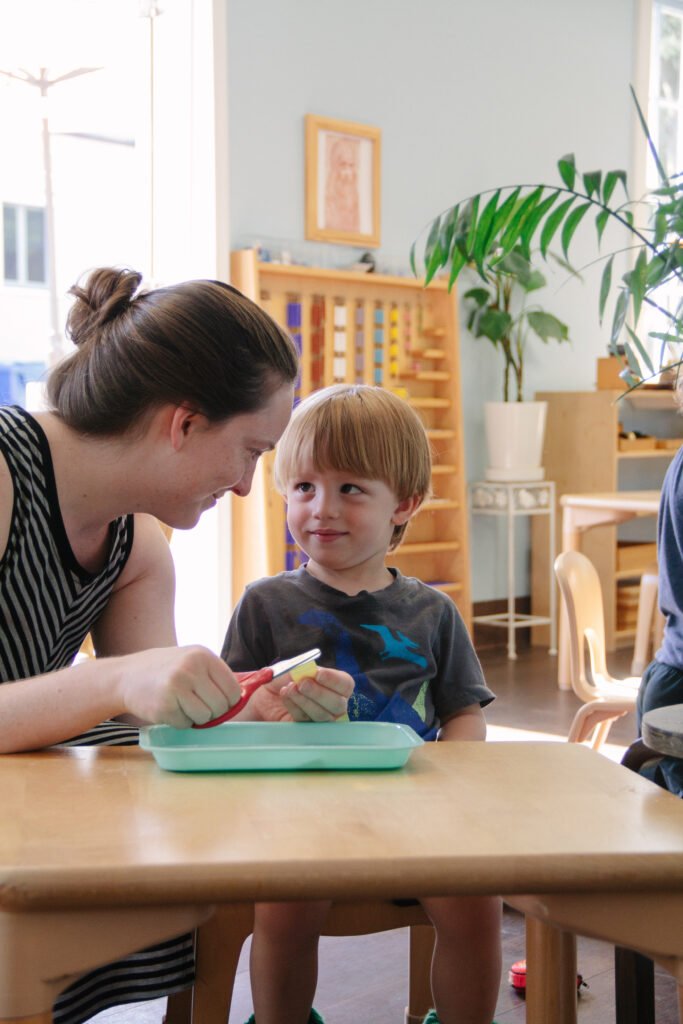
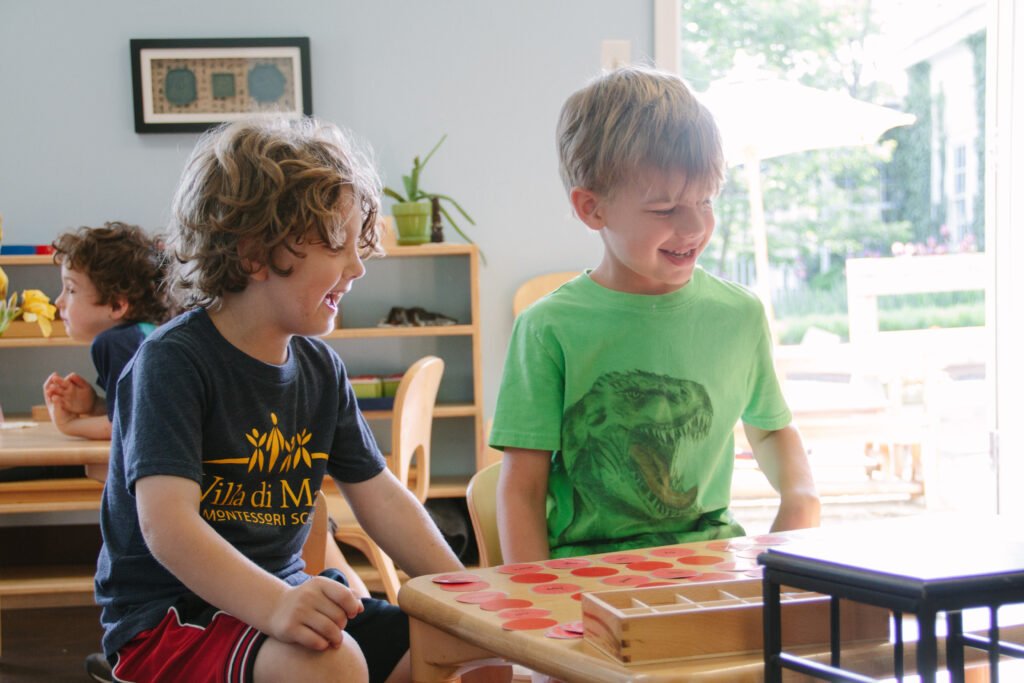
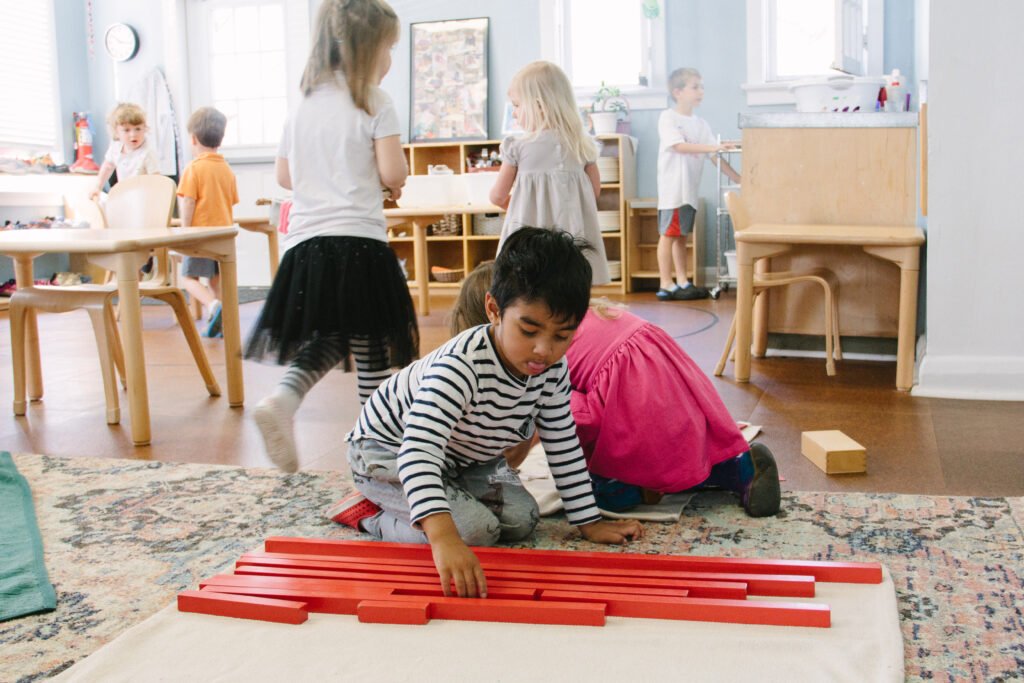
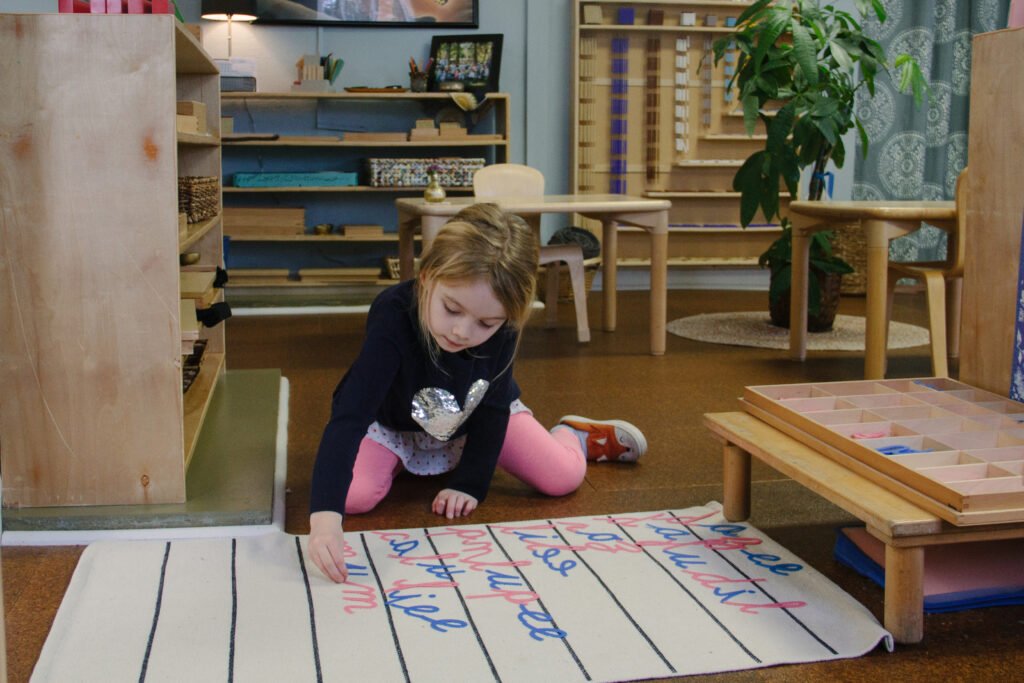

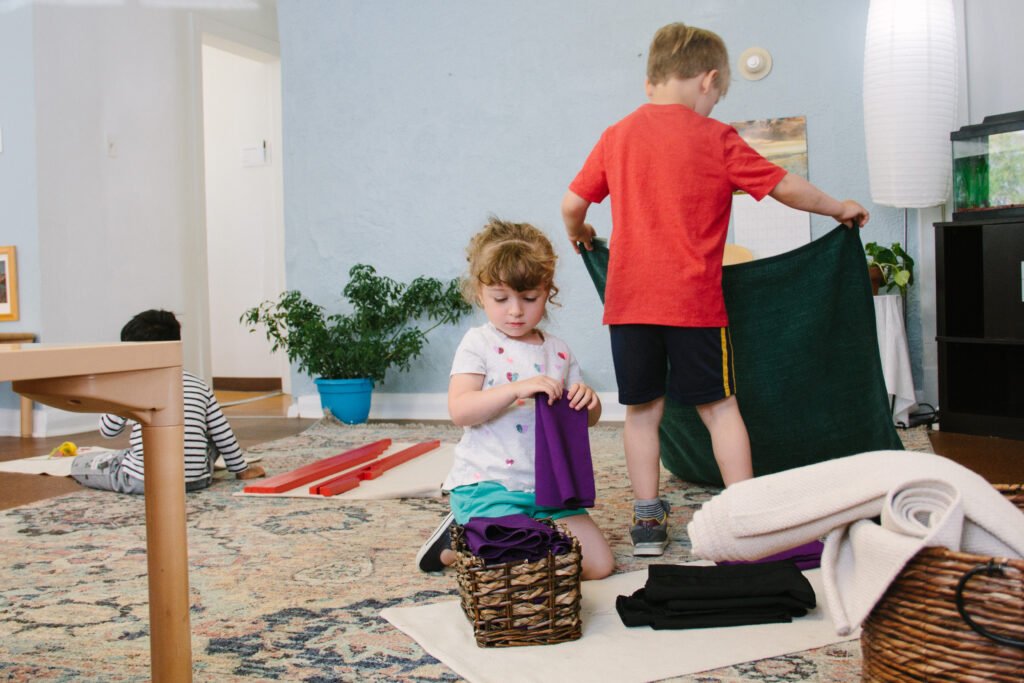
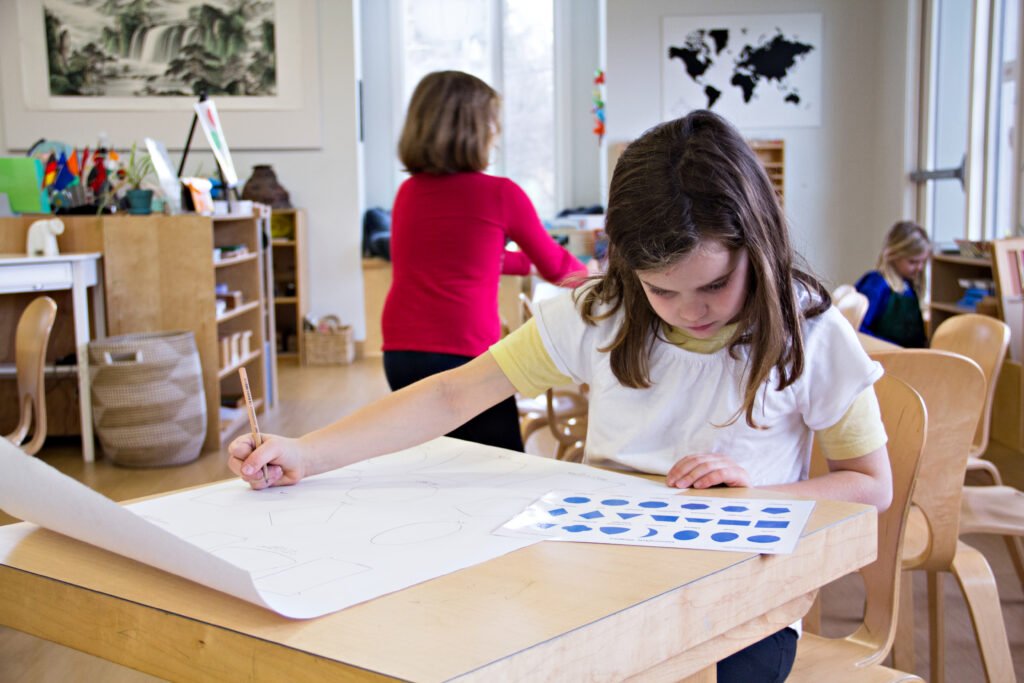
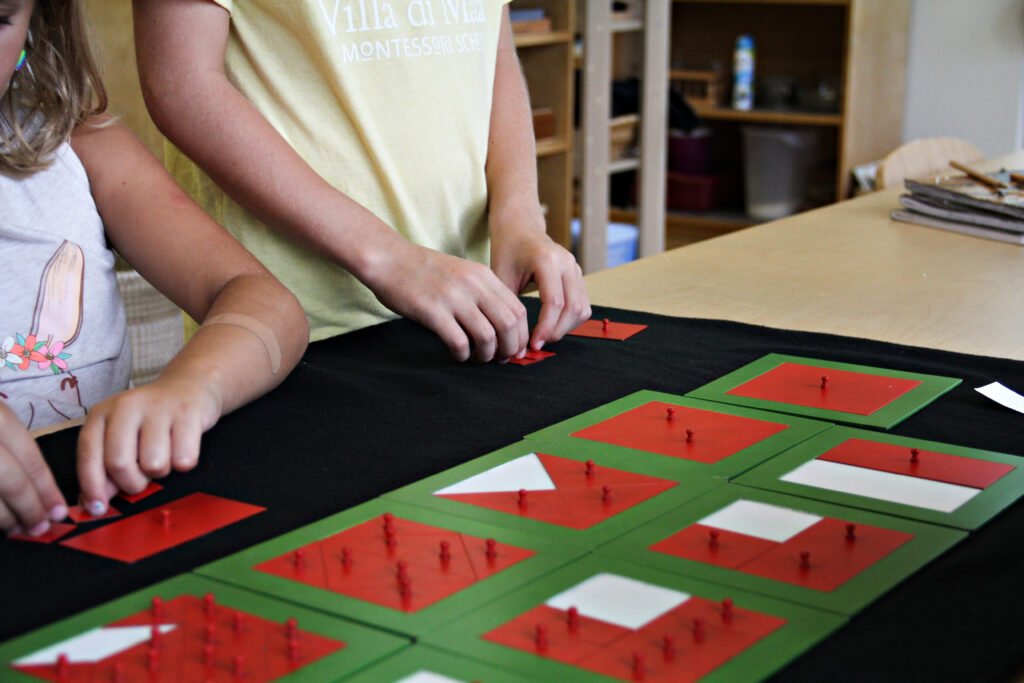
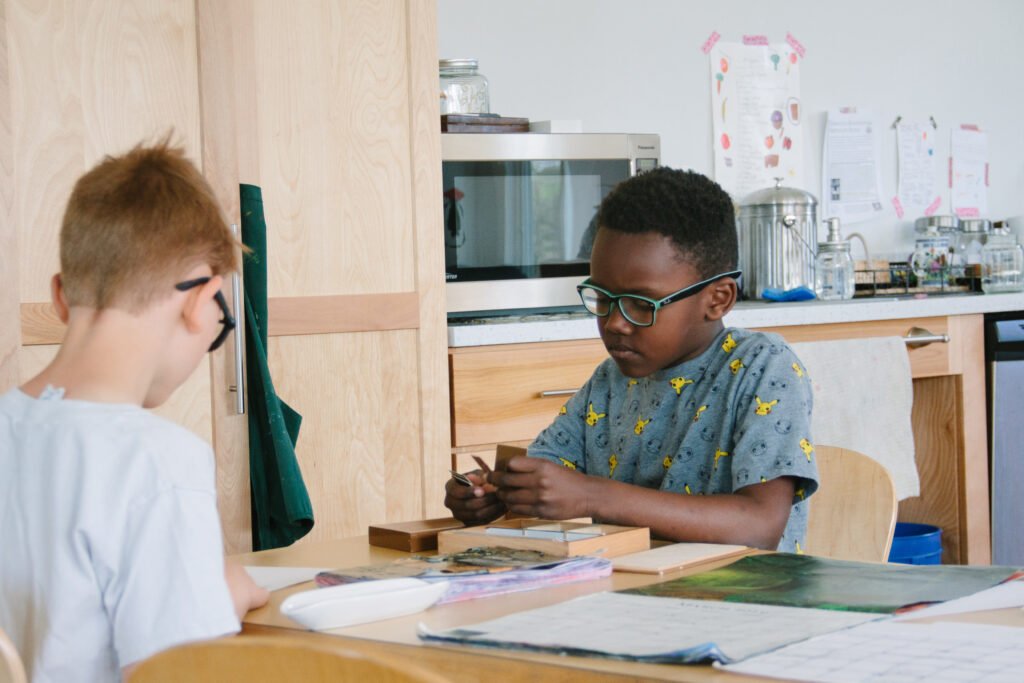
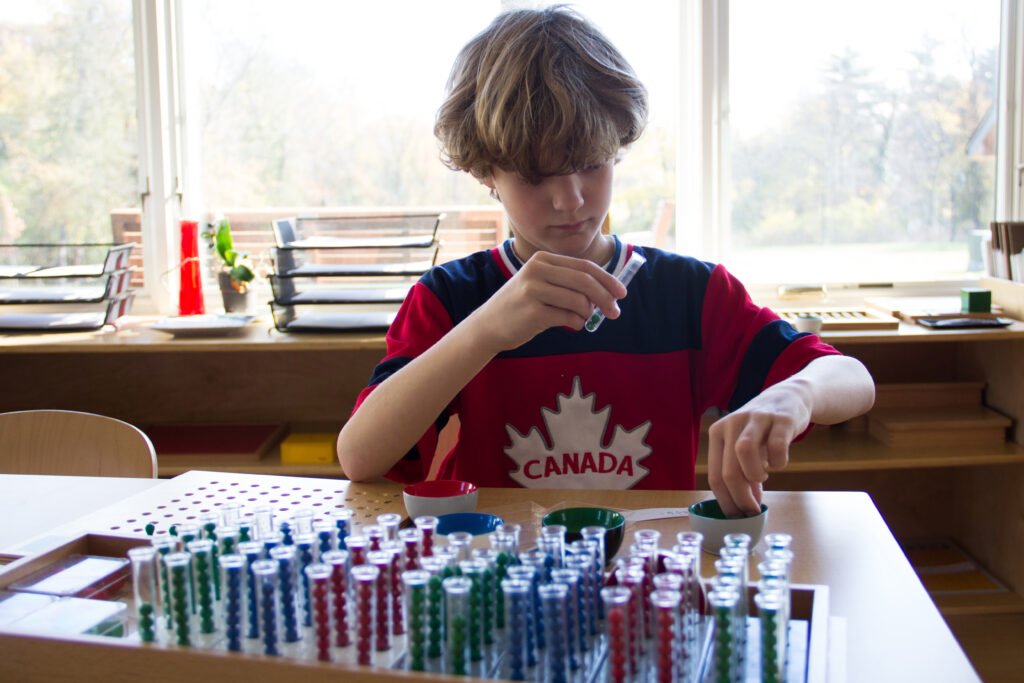
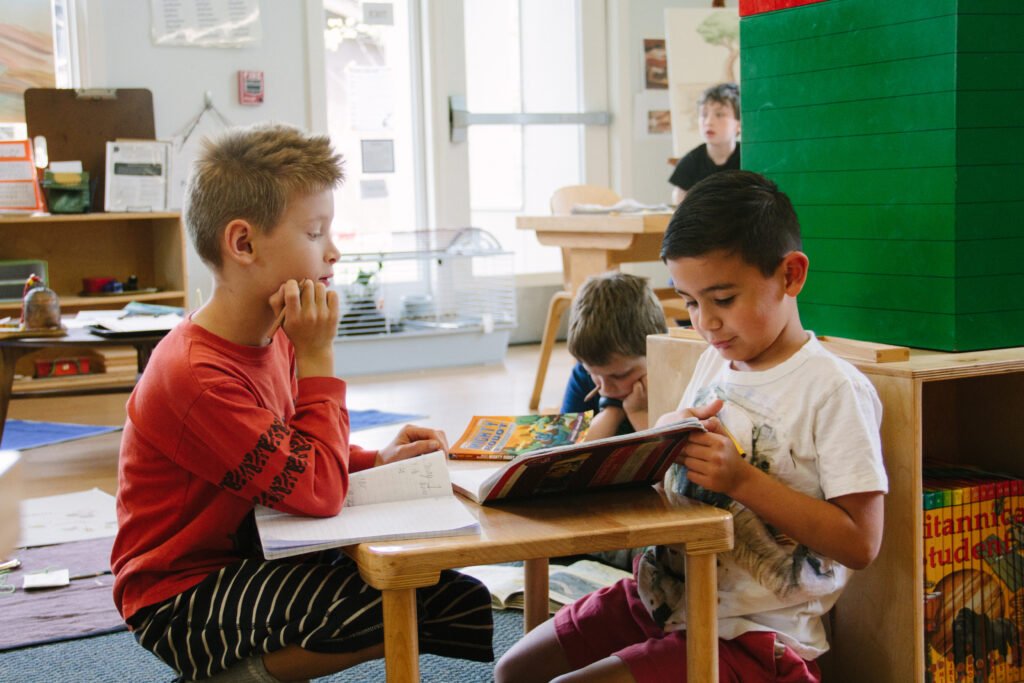
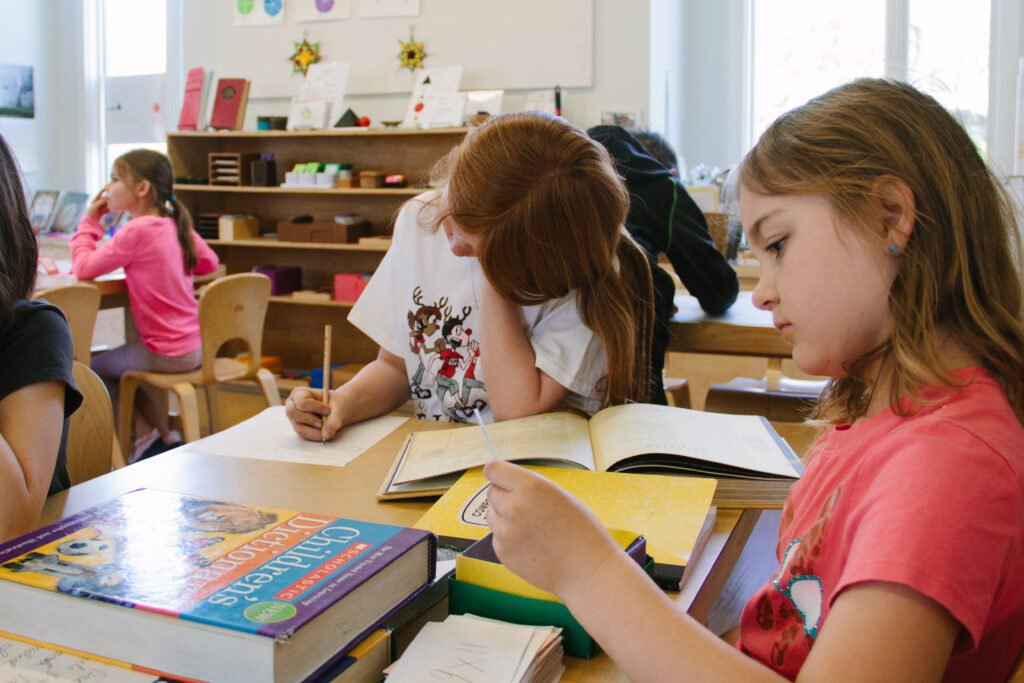
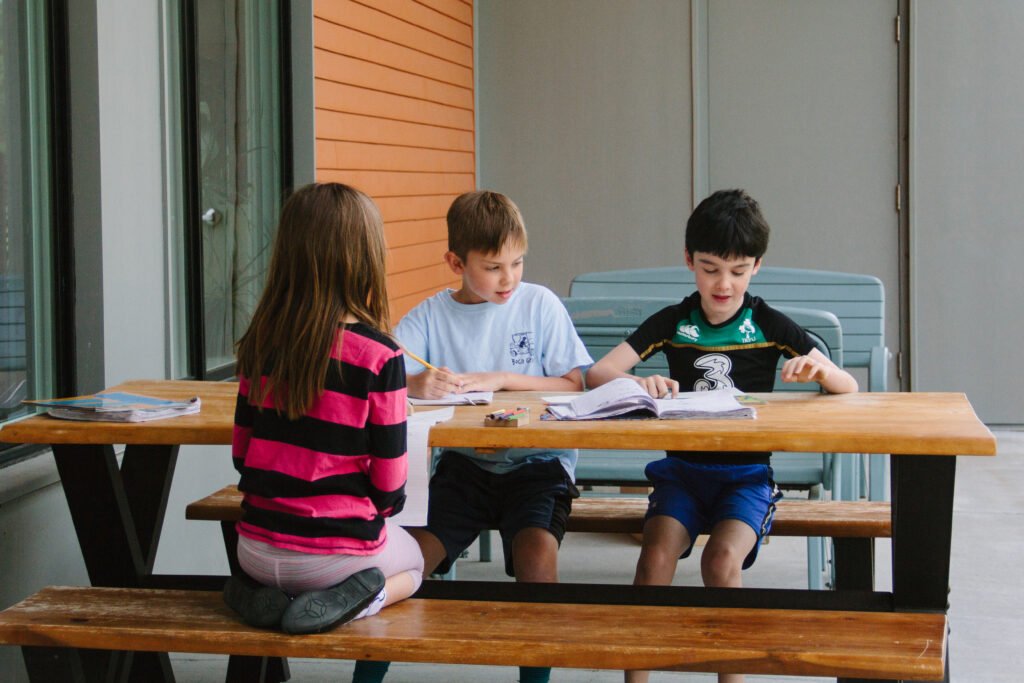
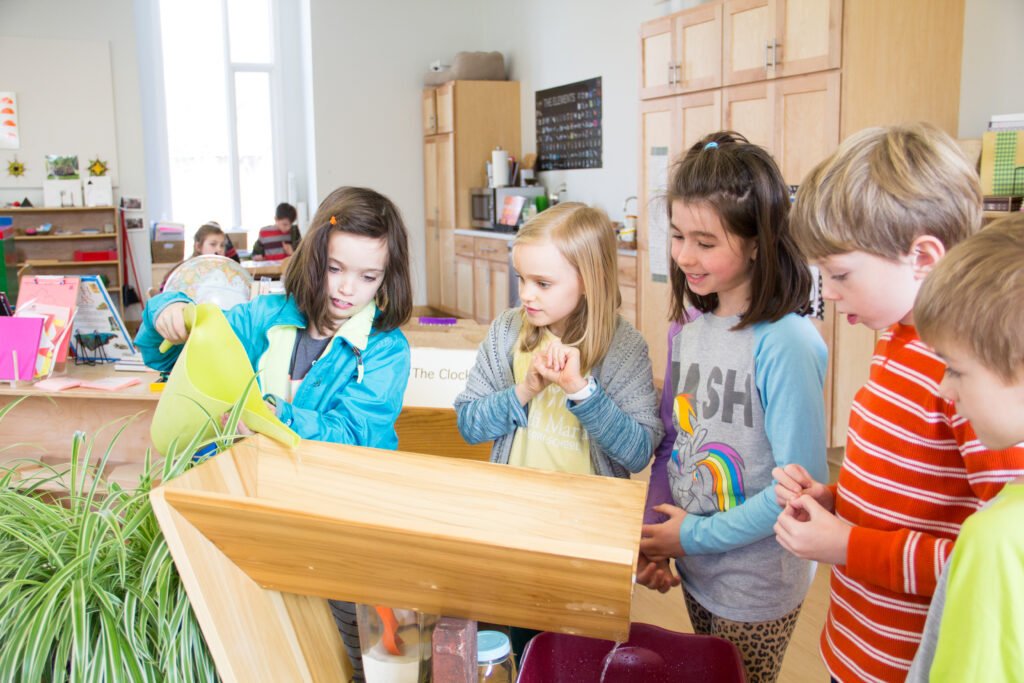
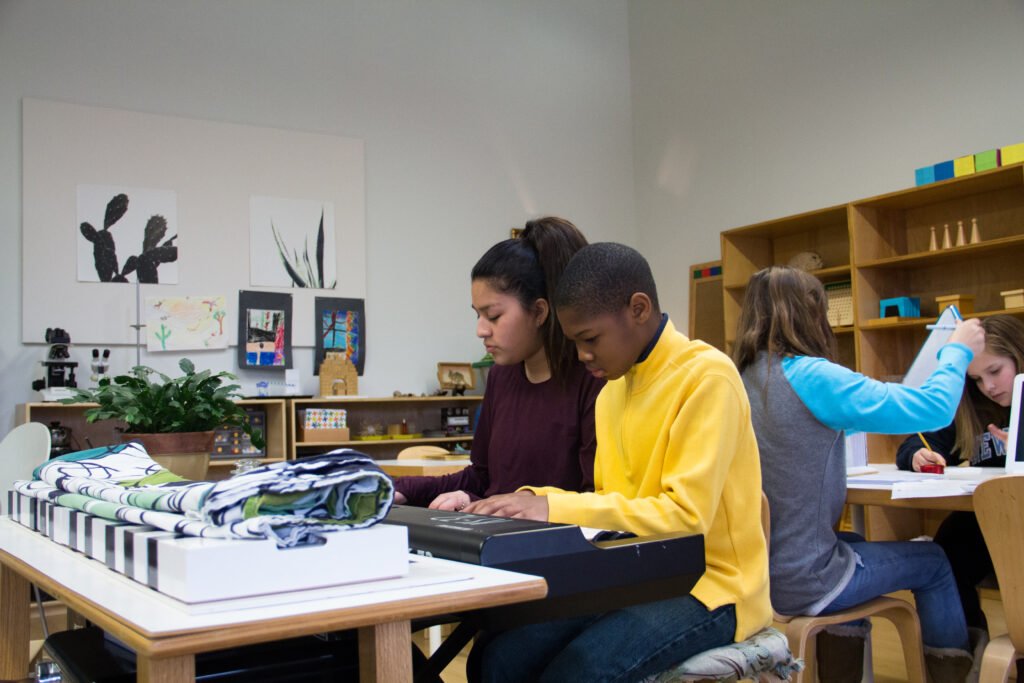

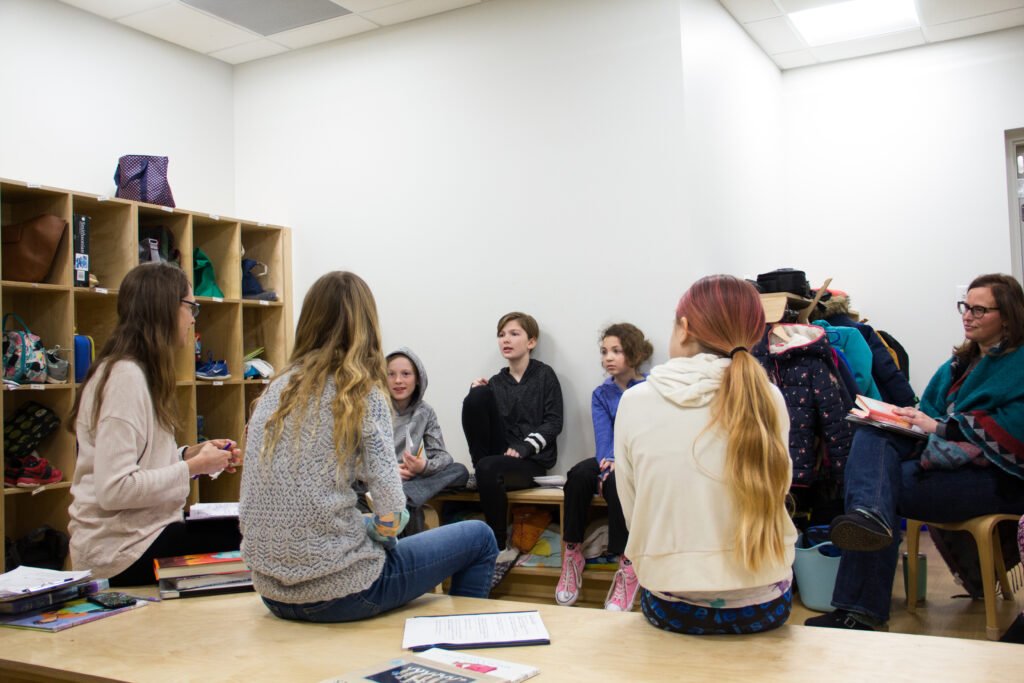
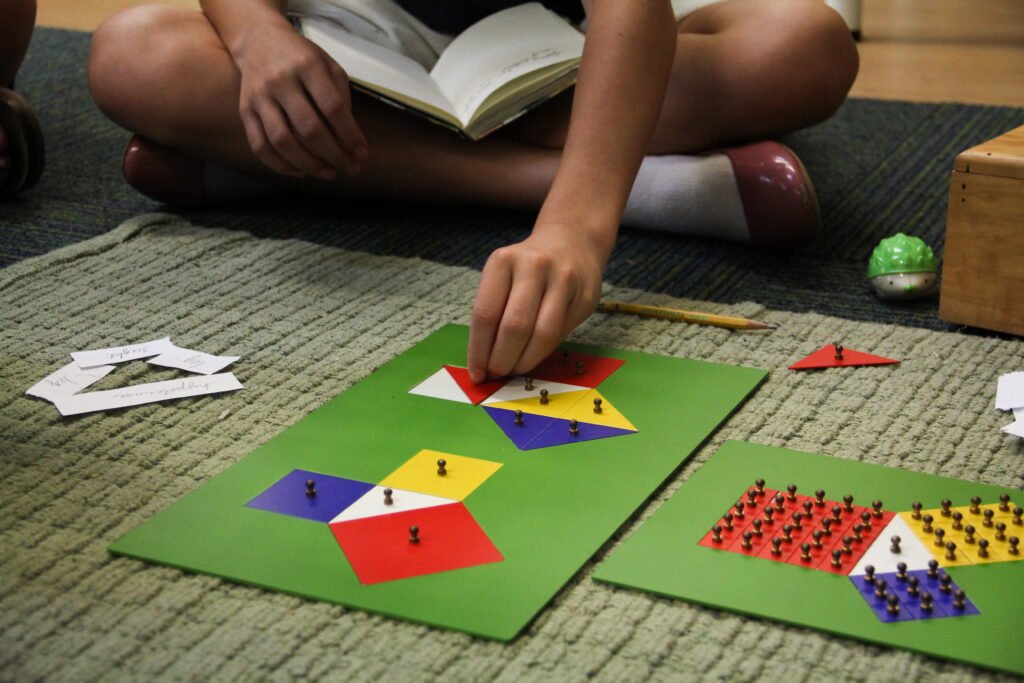 Happy summer and here's to 2019-2020!
Happy summer and here's to 2019-2020!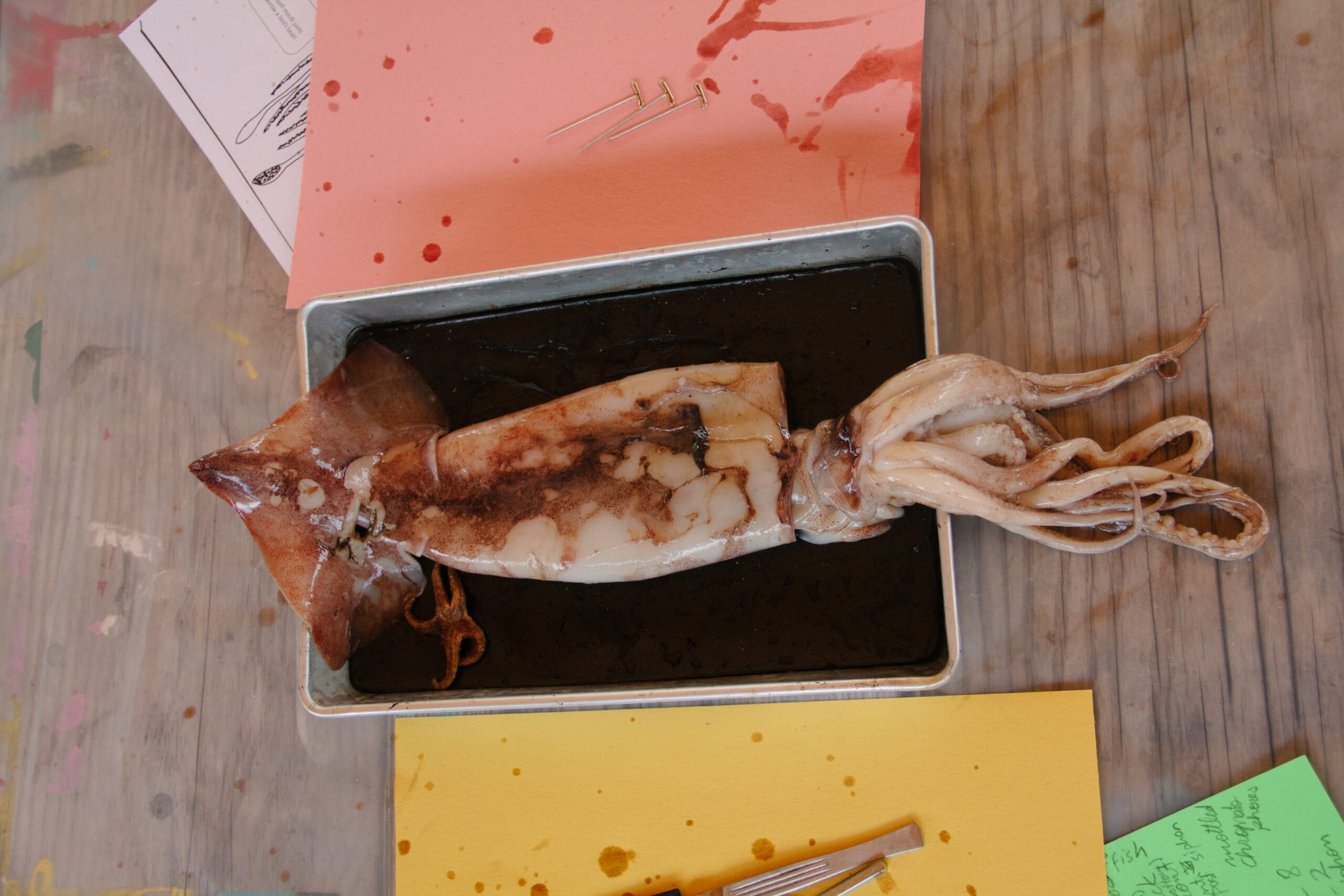
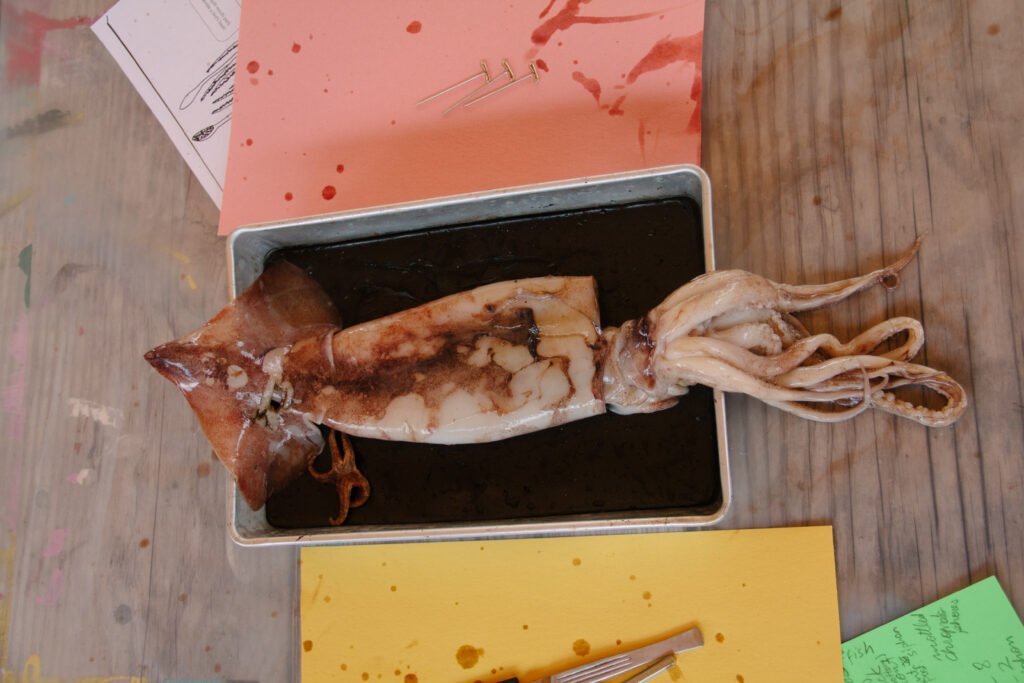
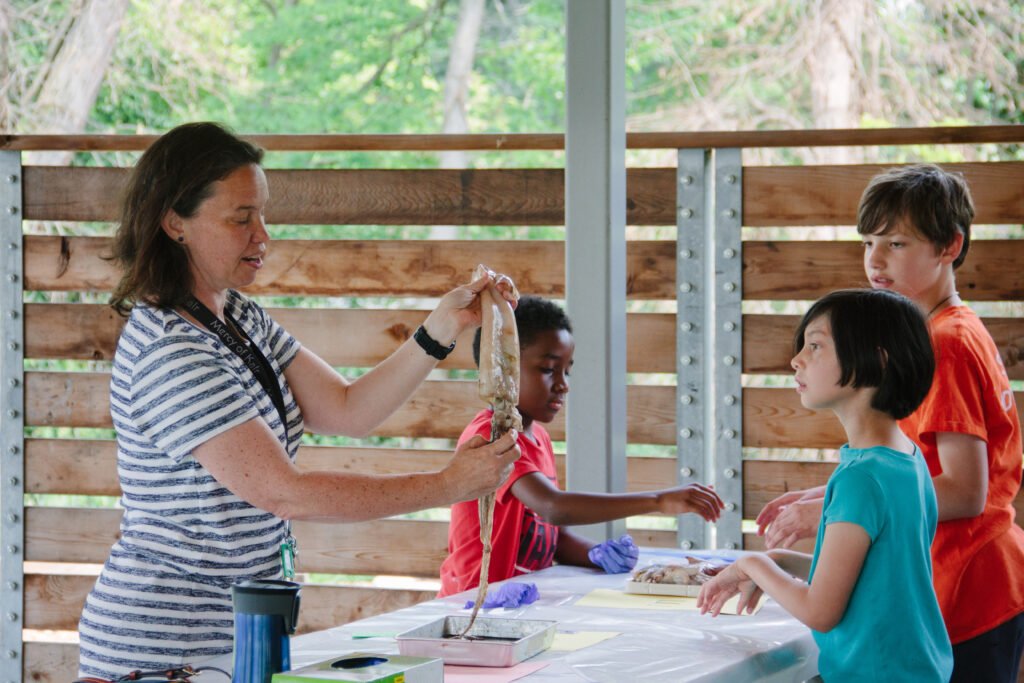
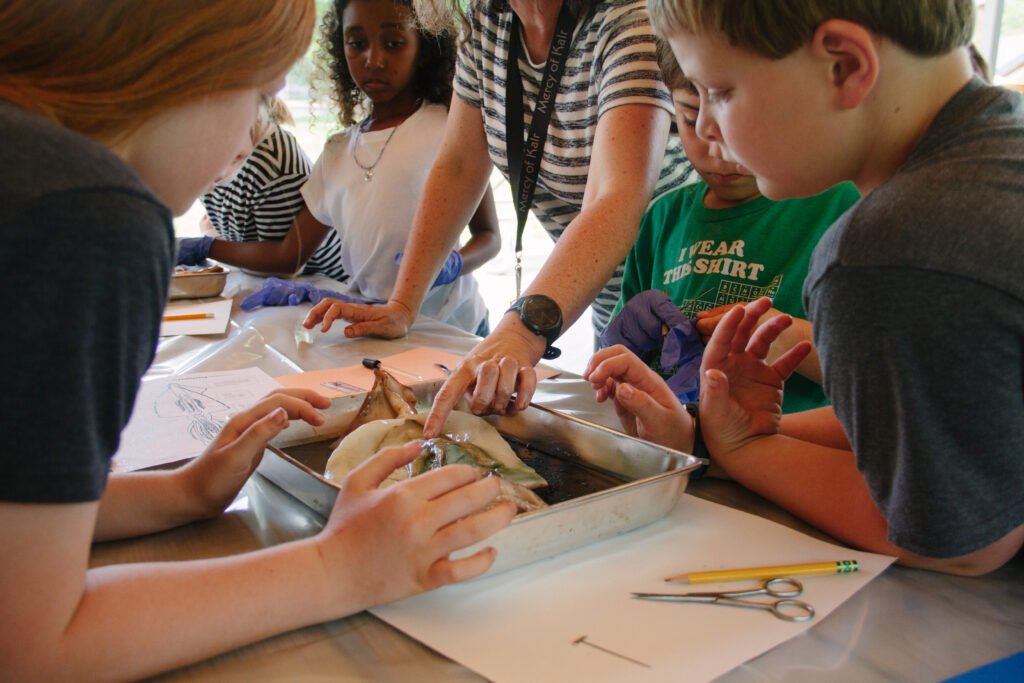
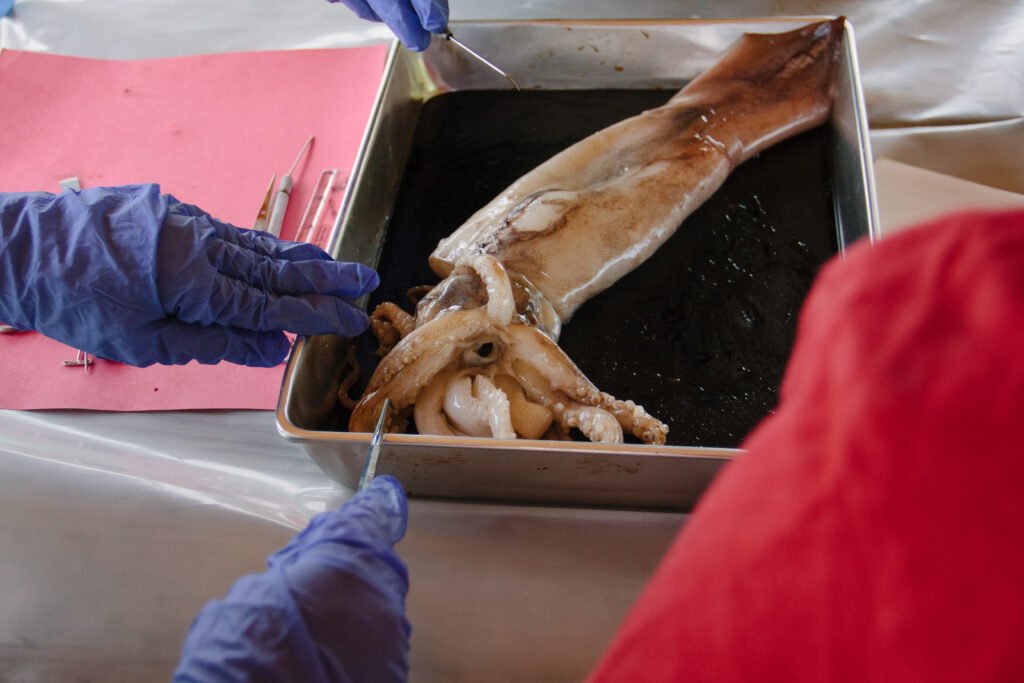
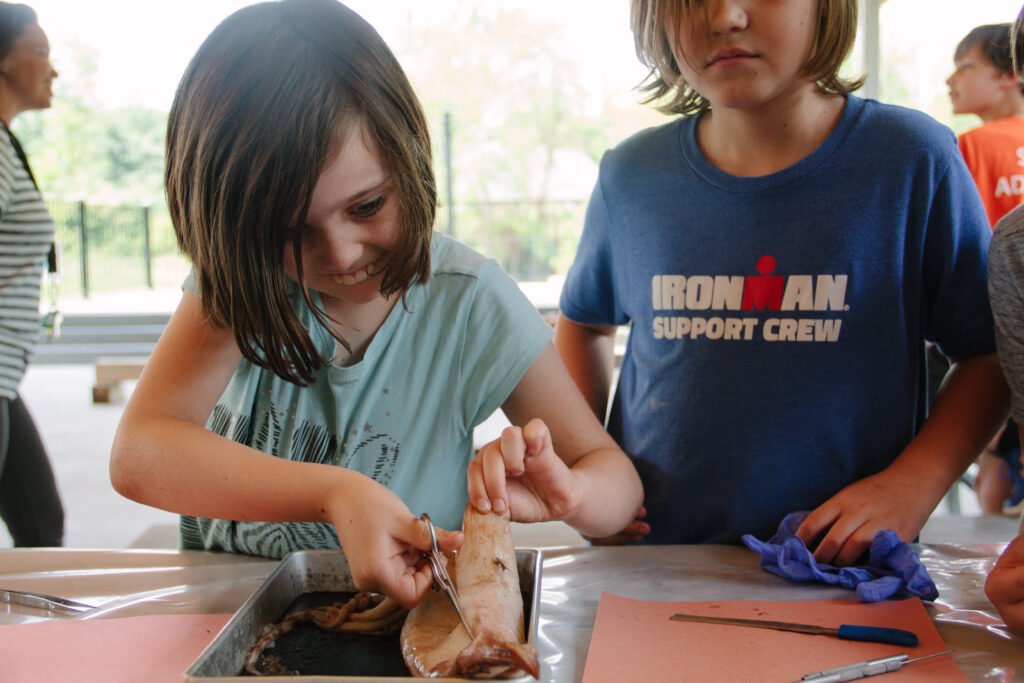
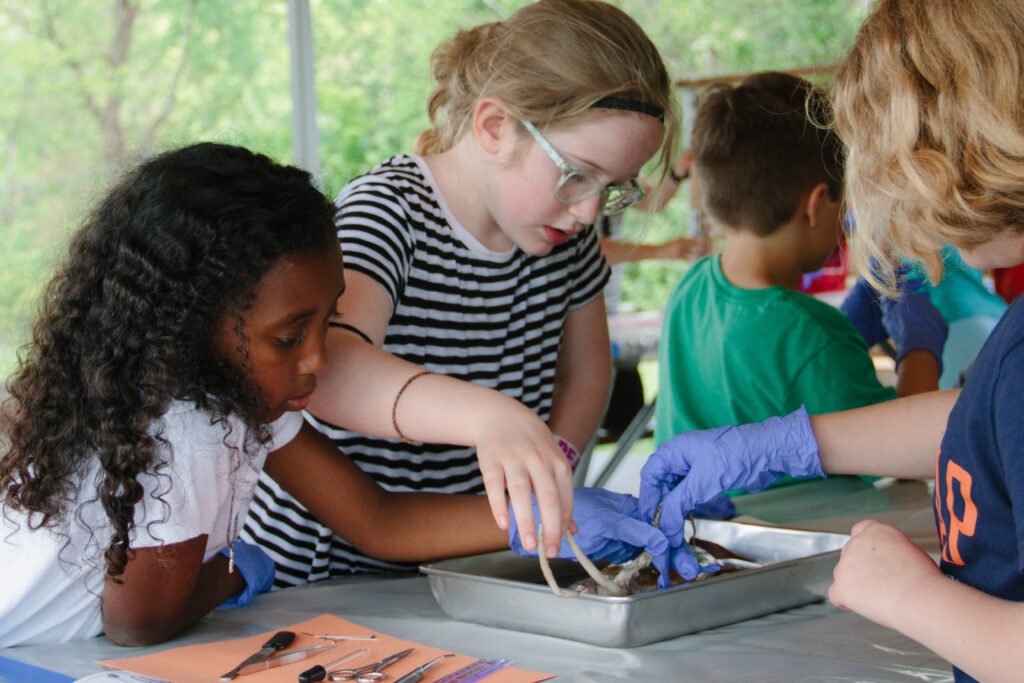
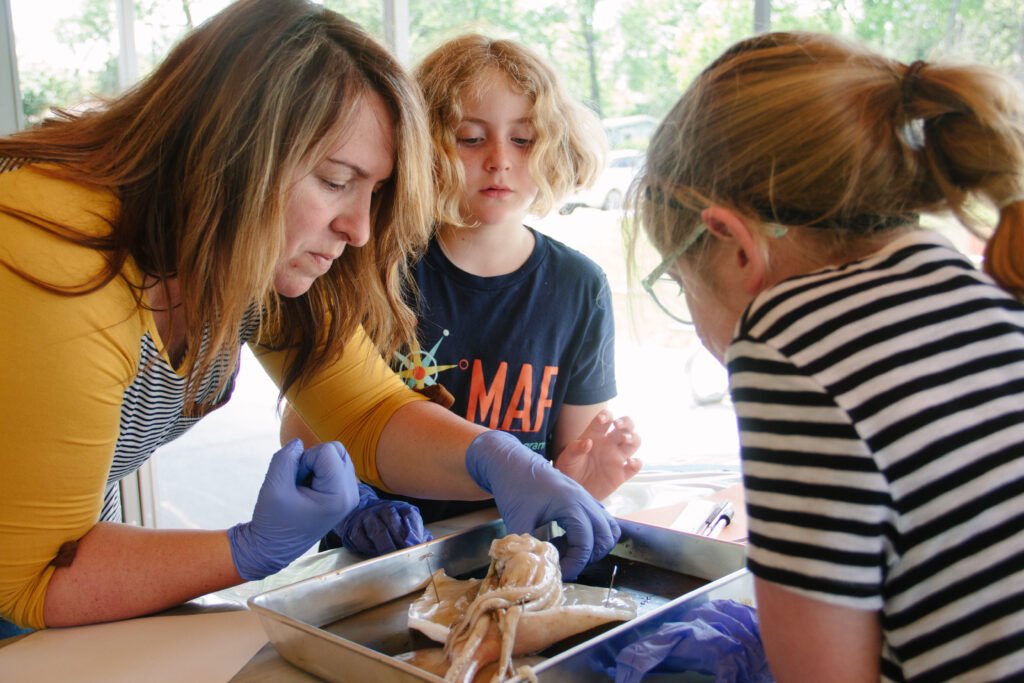
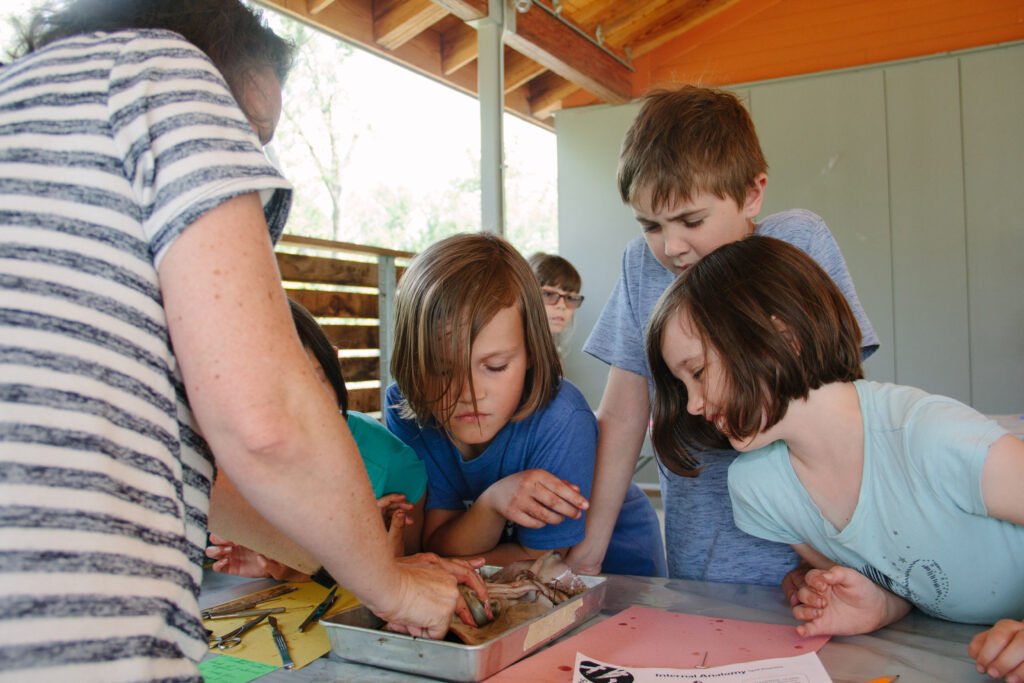
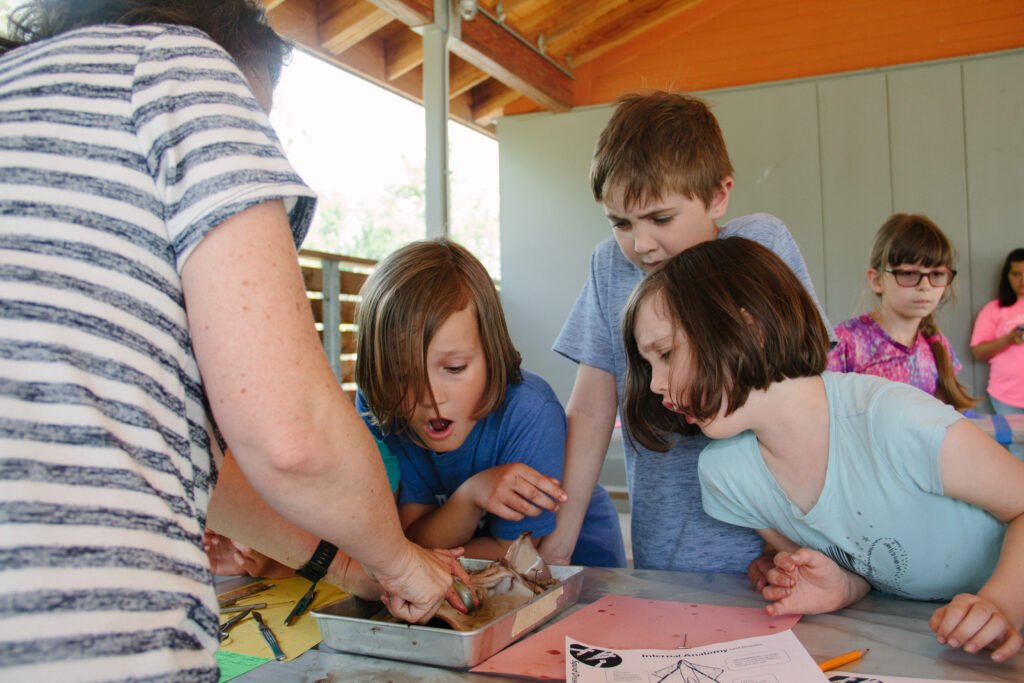 The exploration is guided at first, but then becomes more open ended. Some remove arms and examine the suckers, noting the tiny teeth-like ridges along their rim. Some slice open the livers and peruse the mess the organ makes in their pan. They become attached to their discoveries, and ask if they can take pieces home with them. (We tell them you do not want random squid parts in your home - you’re welcome).
The exploration is guided at first, but then becomes more open ended. Some remove arms and examine the suckers, noting the tiny teeth-like ridges along their rim. Some slice open the livers and peruse the mess the organ makes in their pan. They become attached to their discoveries, and ask if they can take pieces home with them. (We tell them you do not want random squid parts in your home - you’re welcome).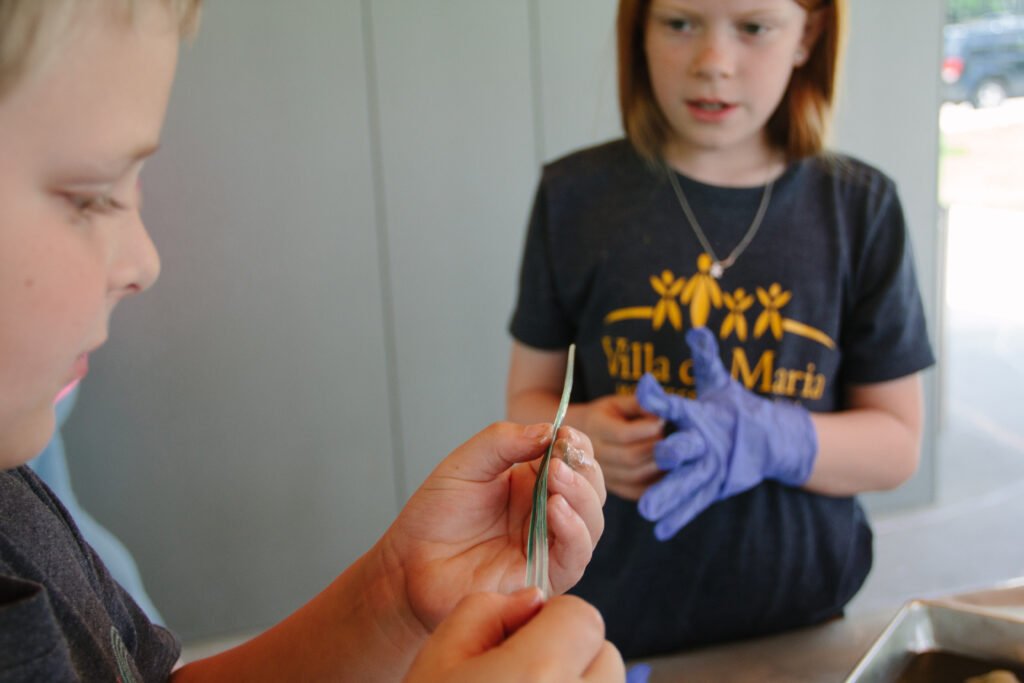
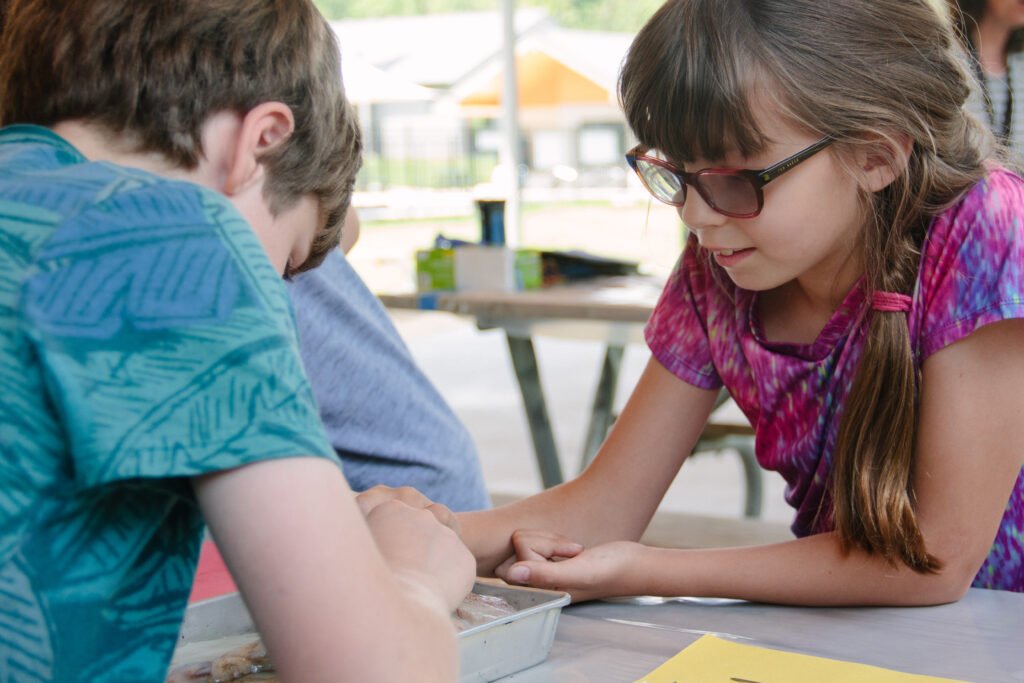
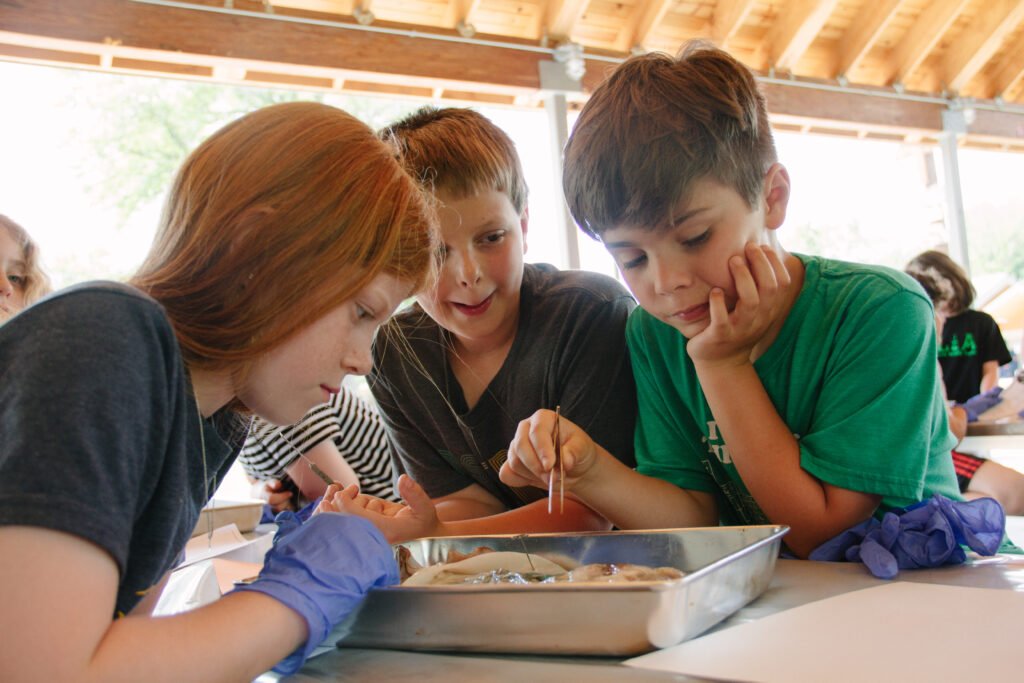
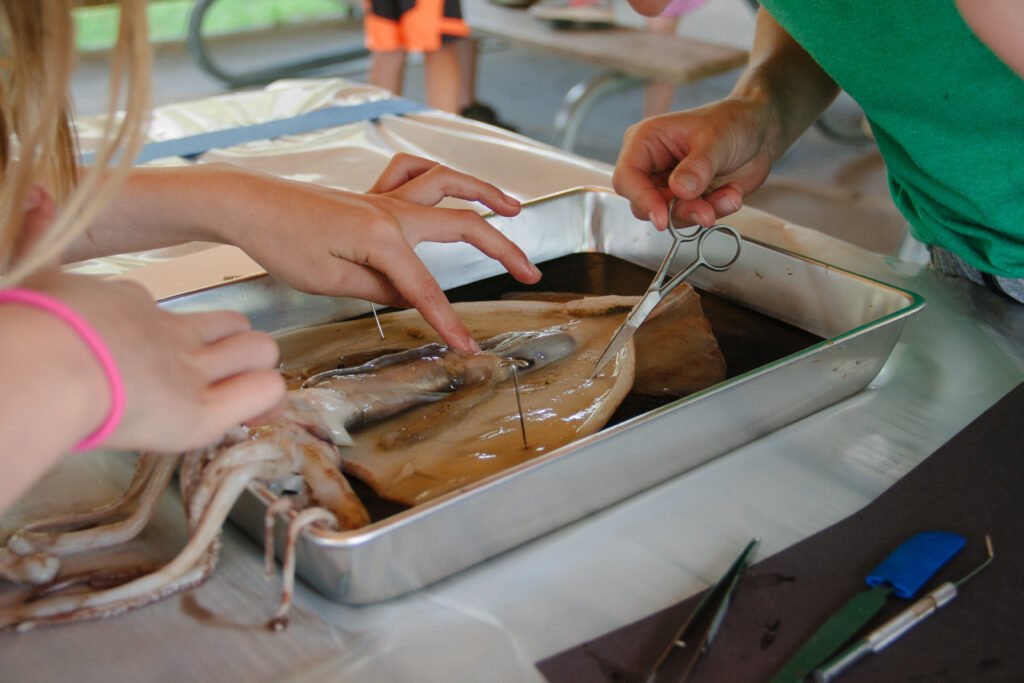
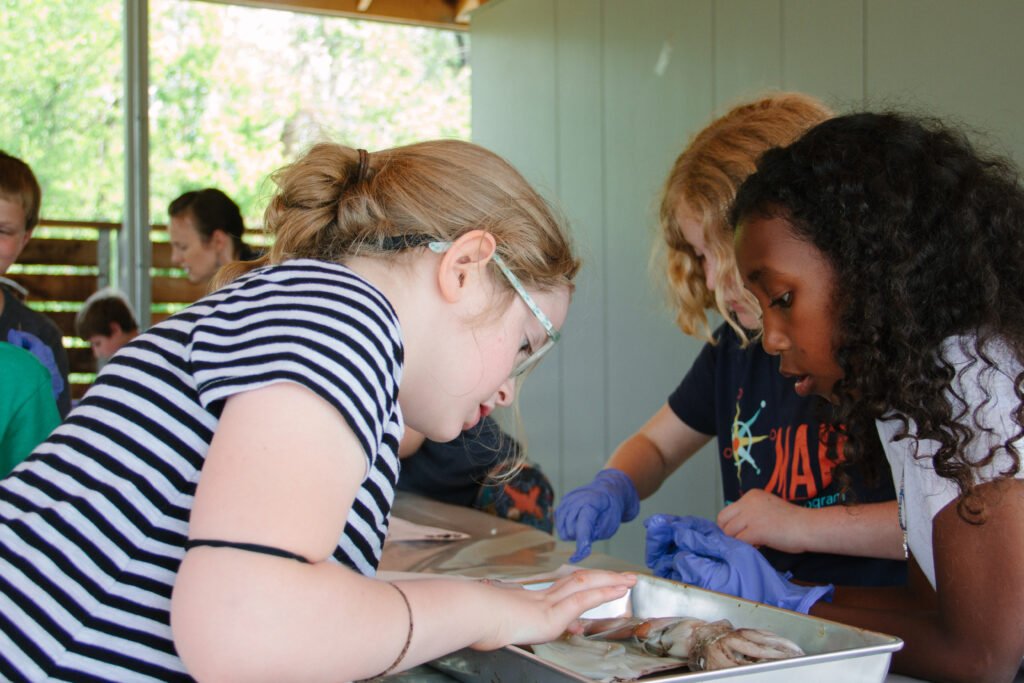 Then it comes time to close the cycle of activity. To clean up our work. The children are ebullient as they wash their tools, chattering, sharing their discoveries. They will have something to tell you about when they get home. And summer is one day closer.
Then it comes time to close the cycle of activity. To clean up our work. The children are ebullient as they wash their tools, chattering, sharing their discoveries. They will have something to tell you about when they get home. And summer is one day closer.